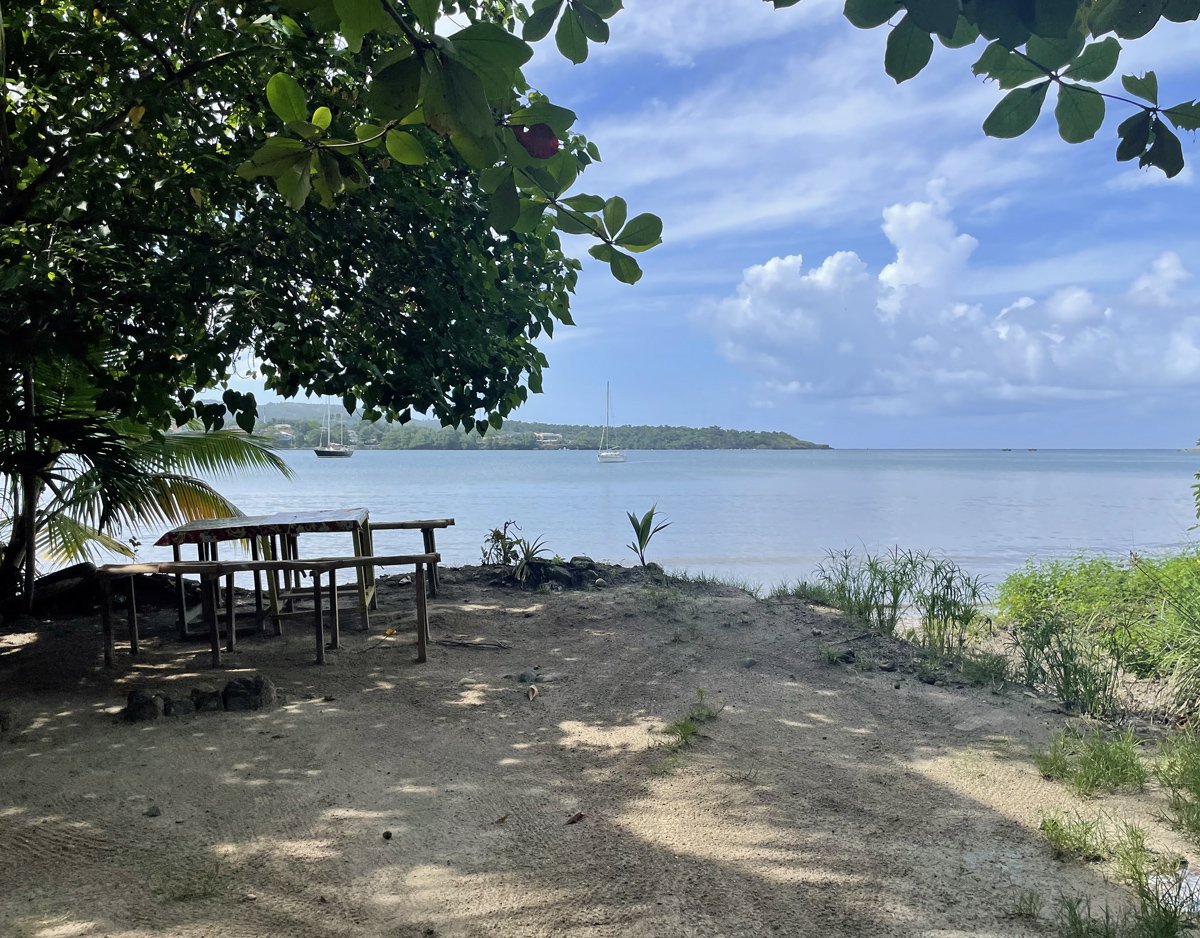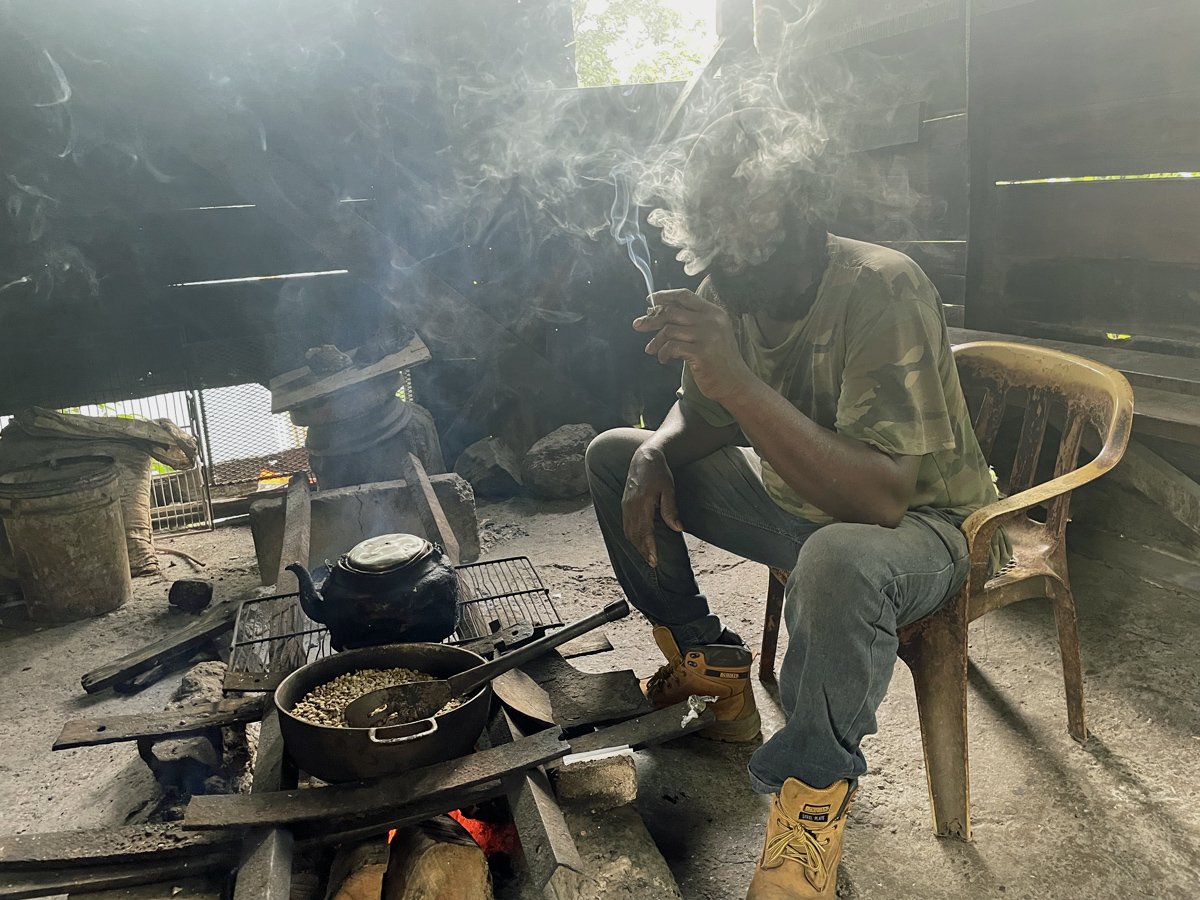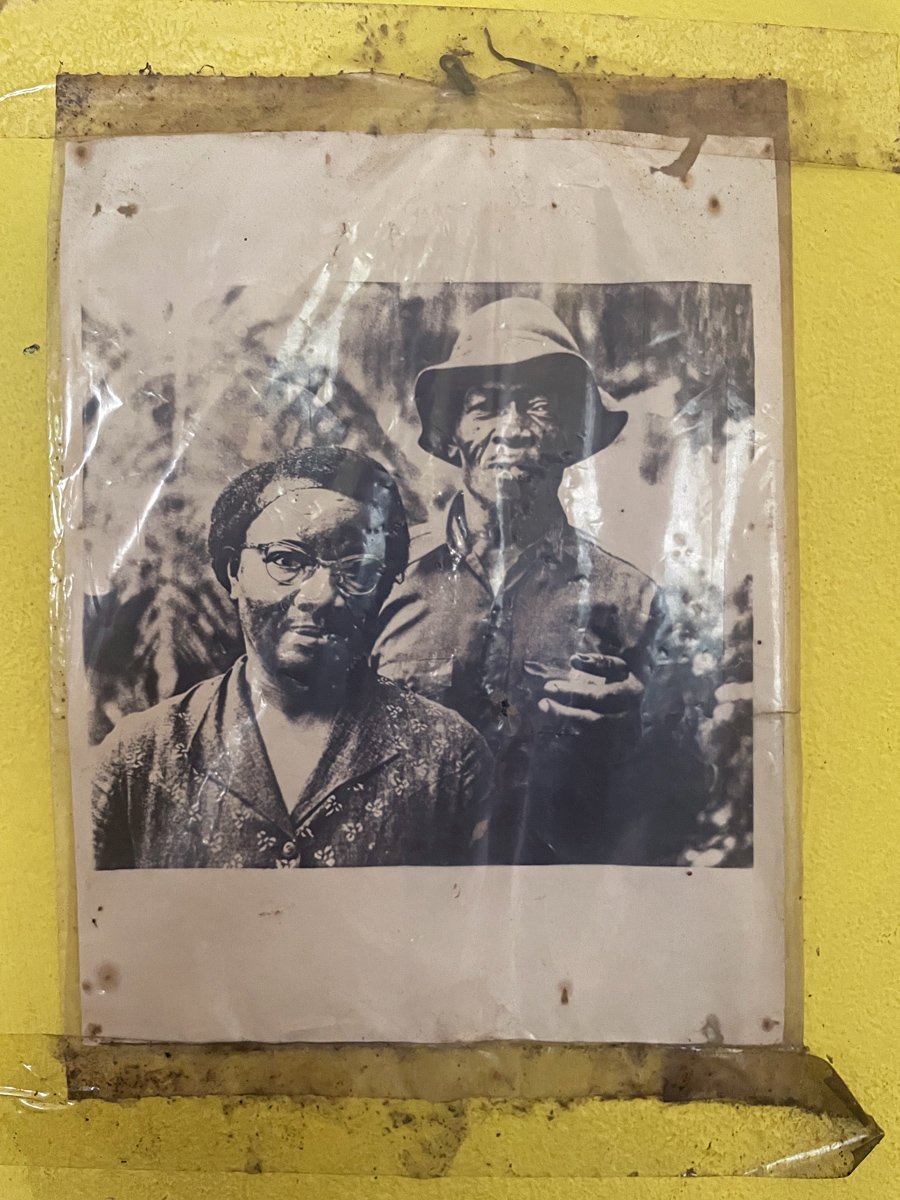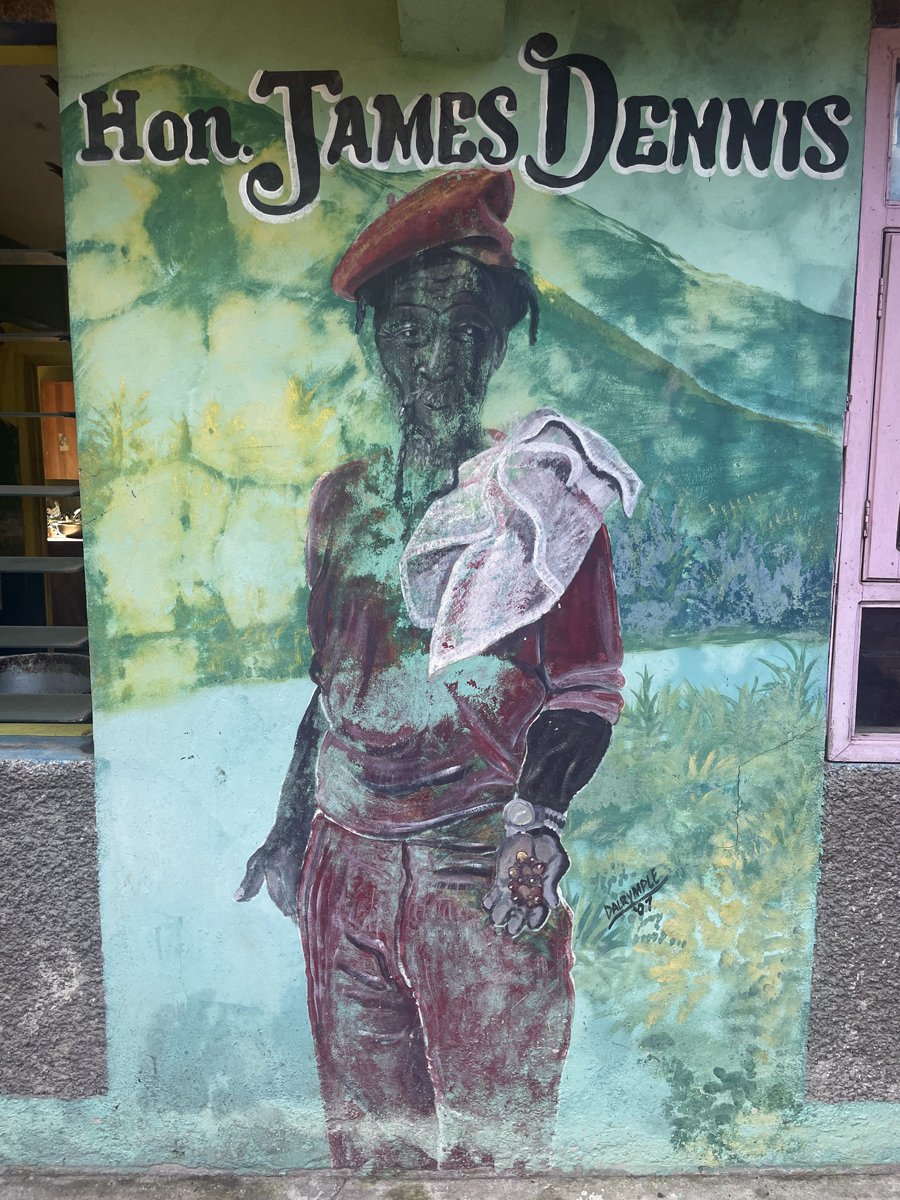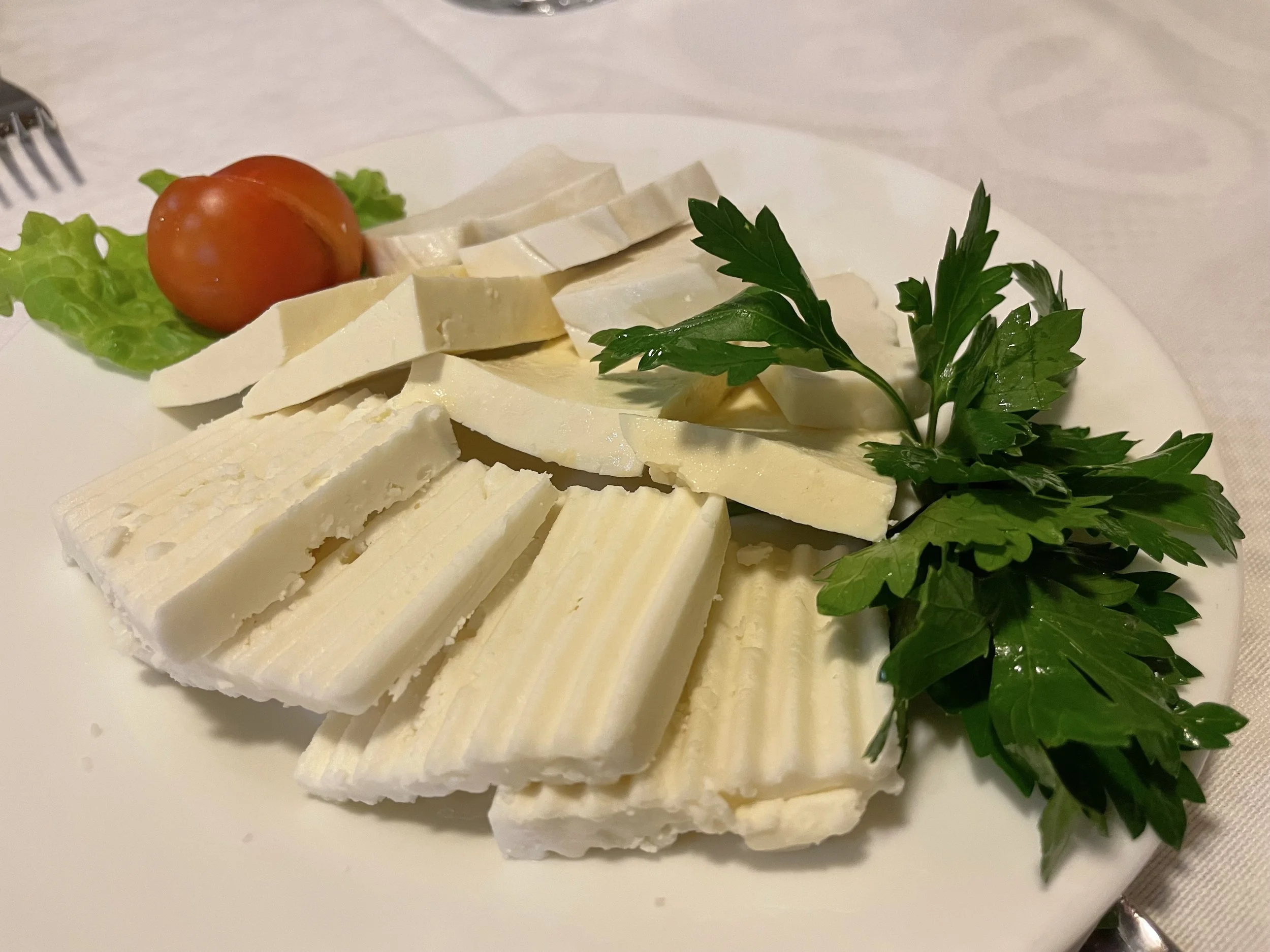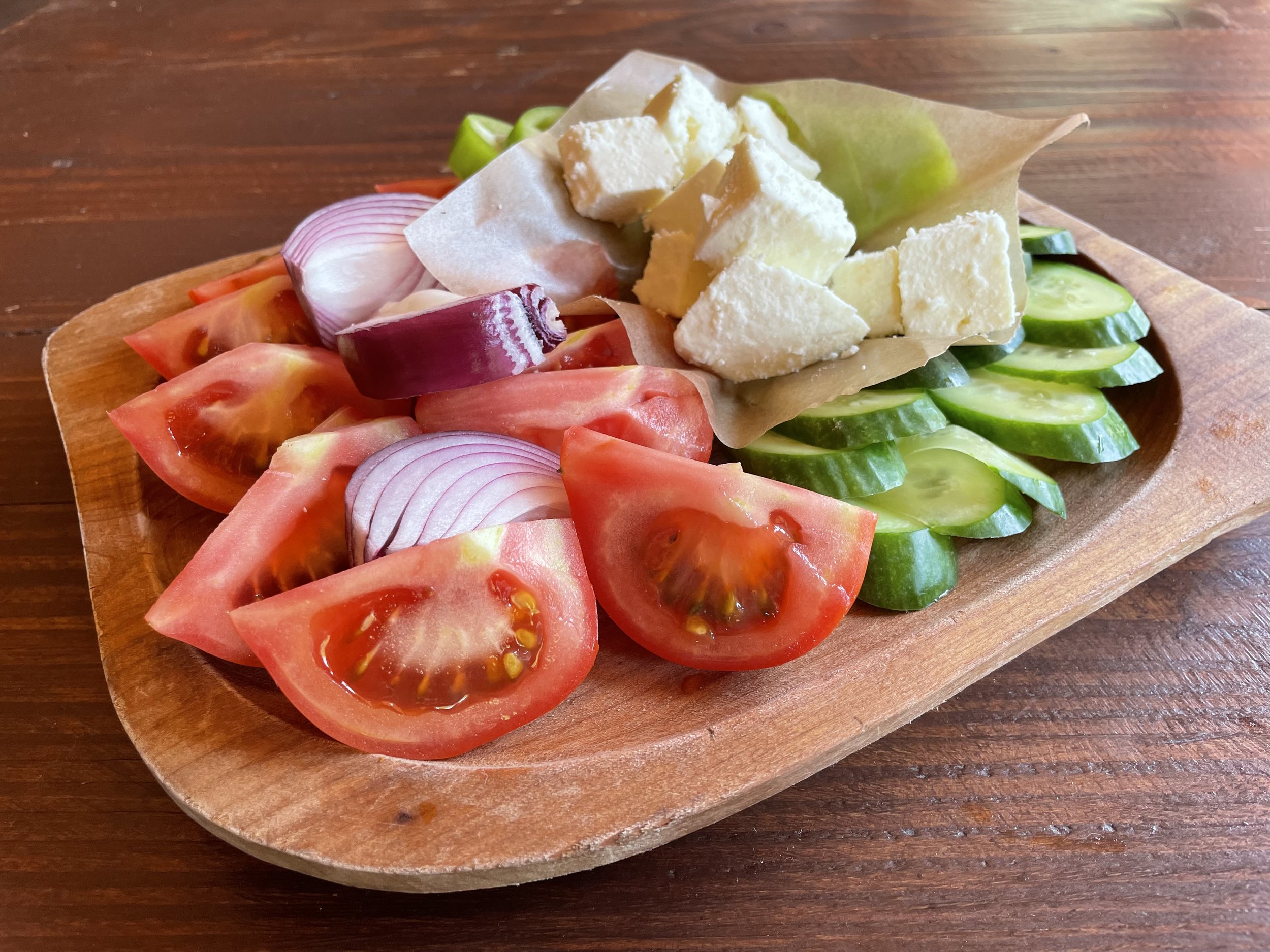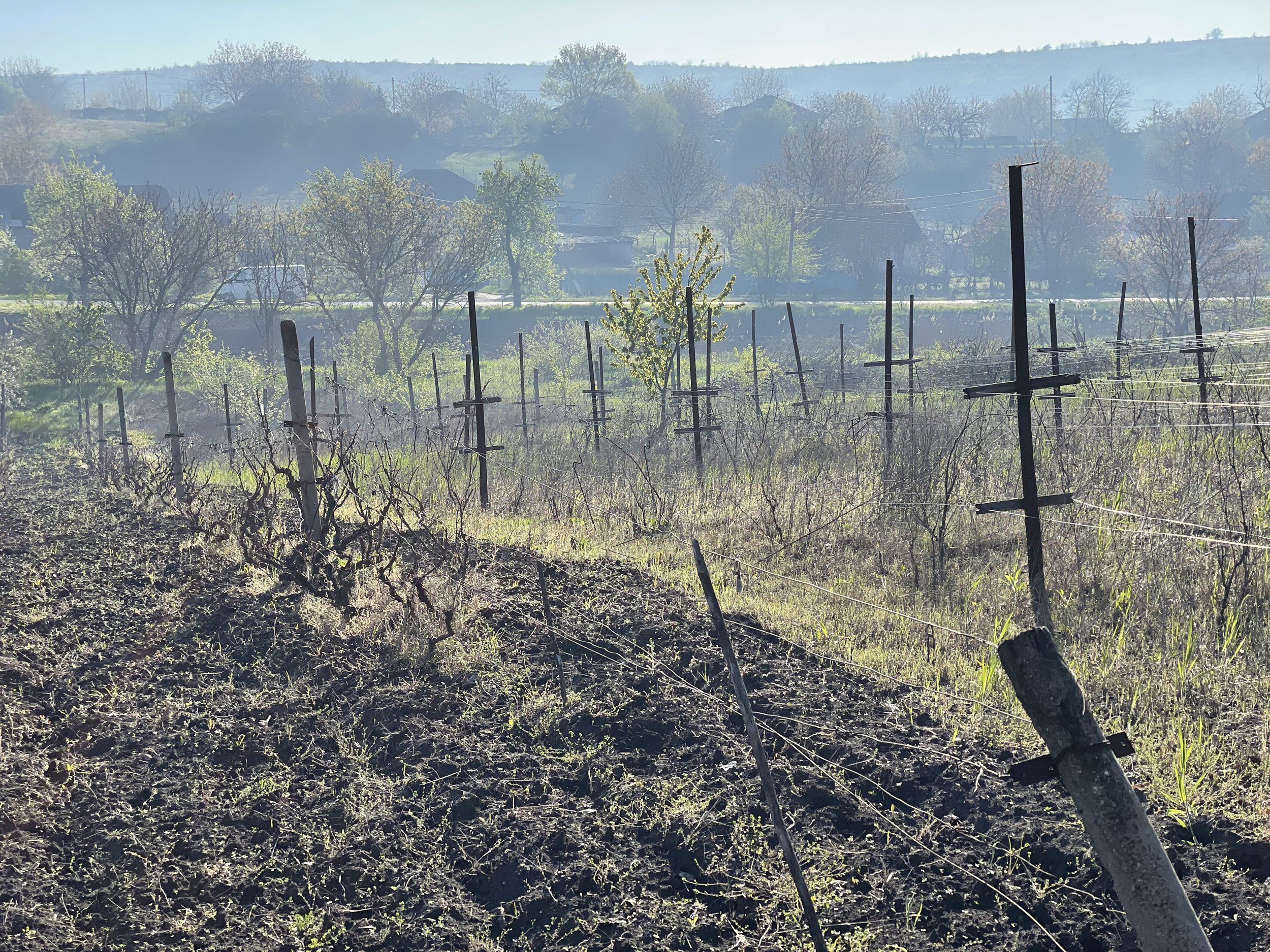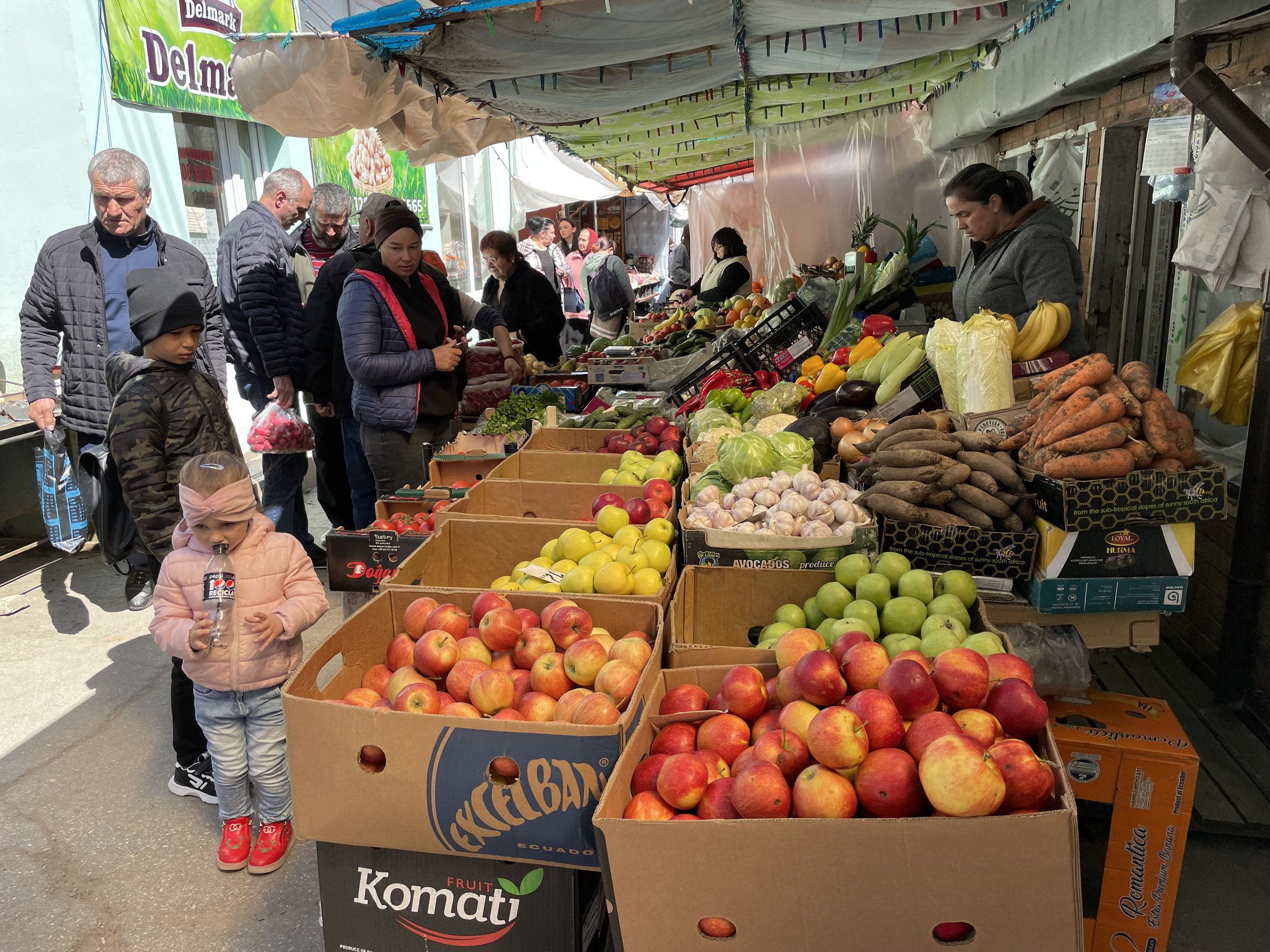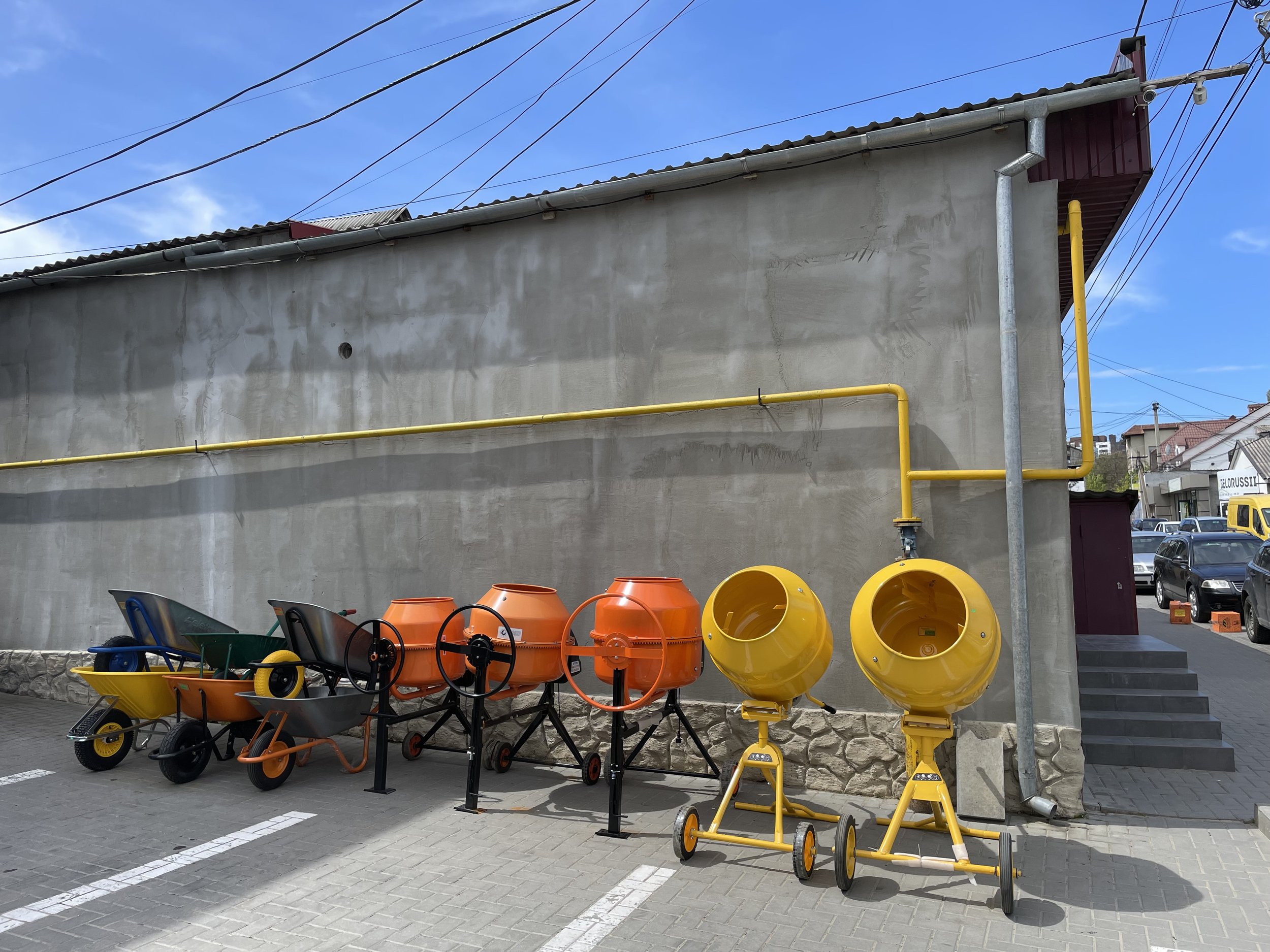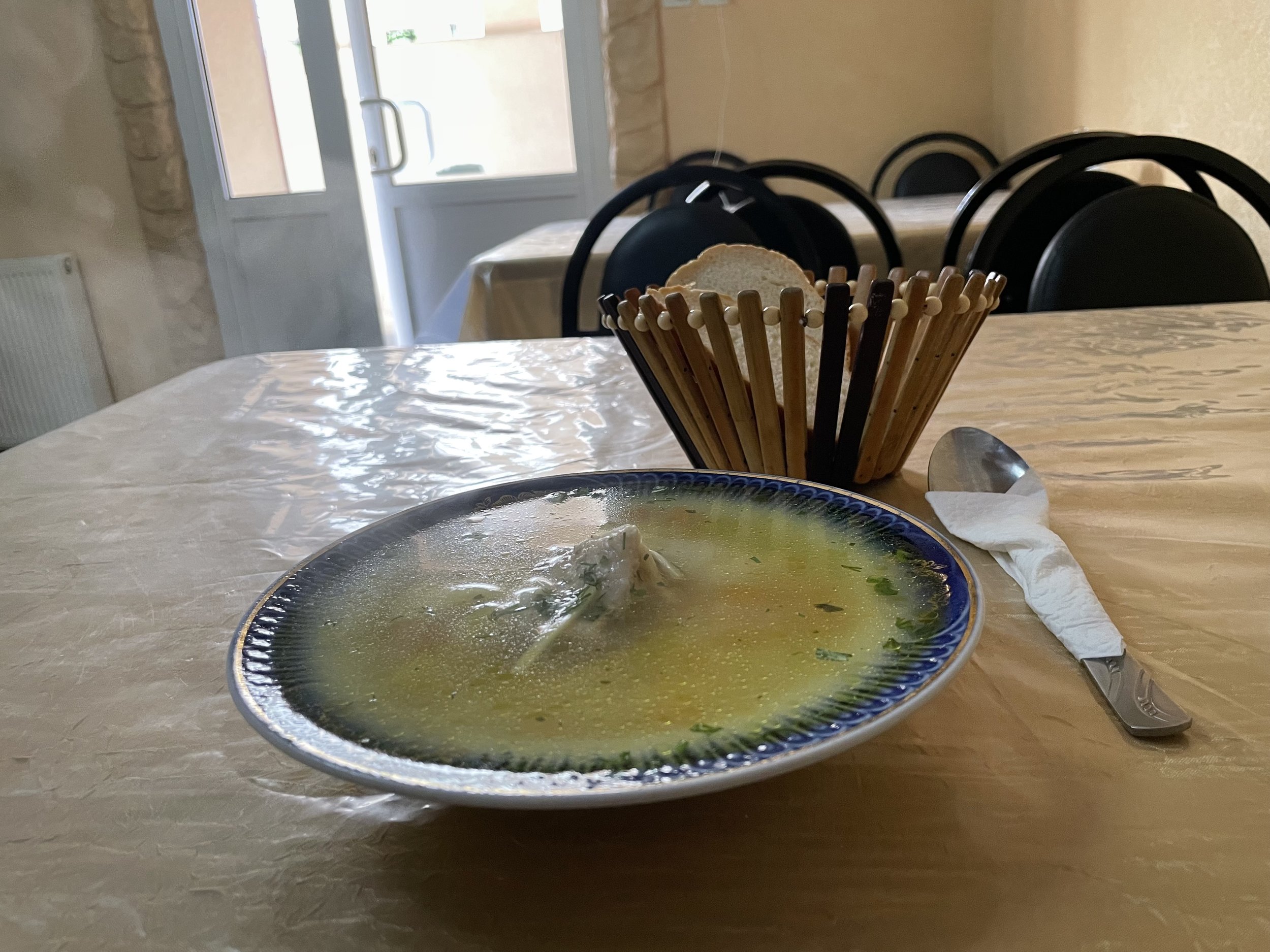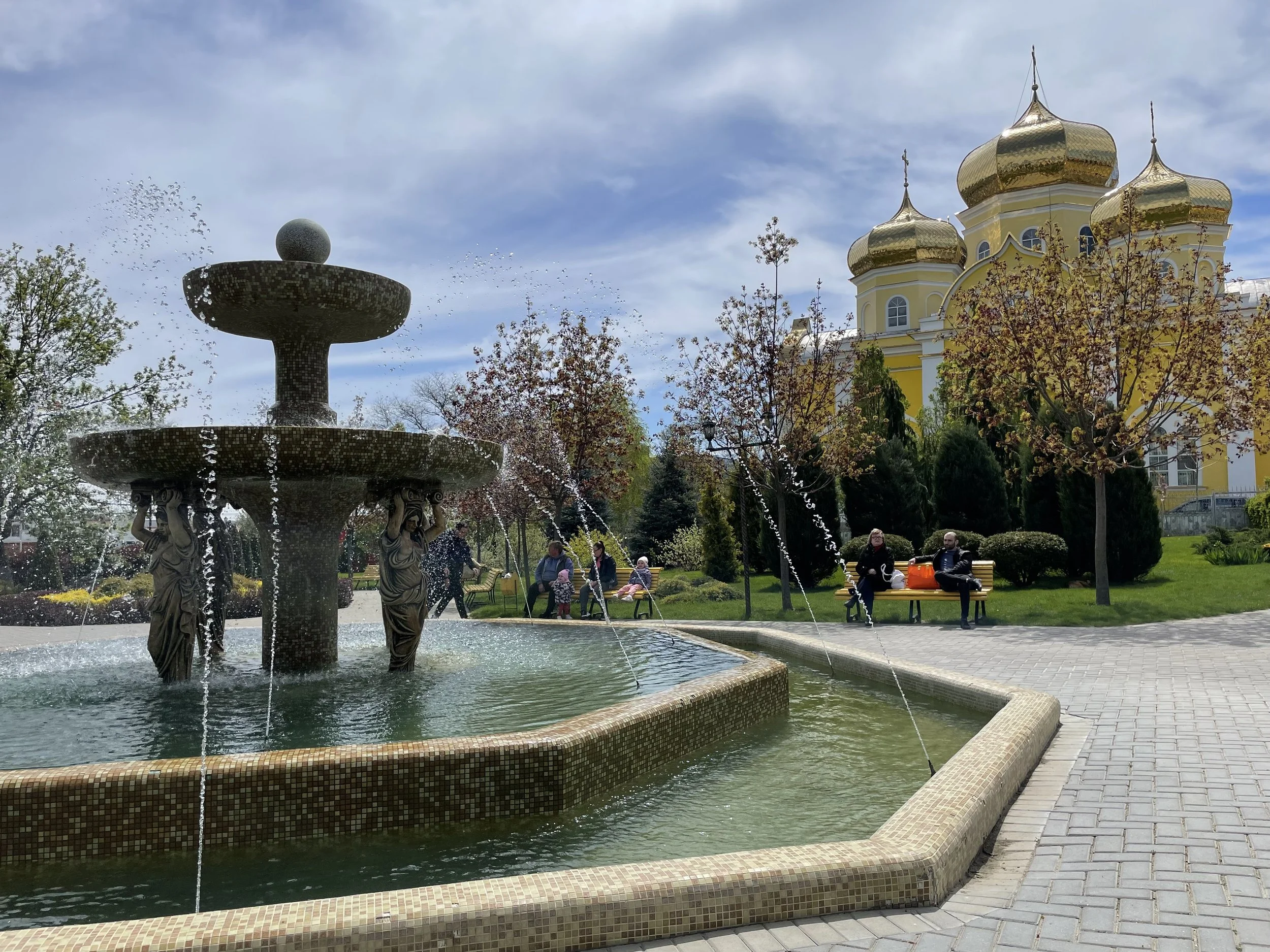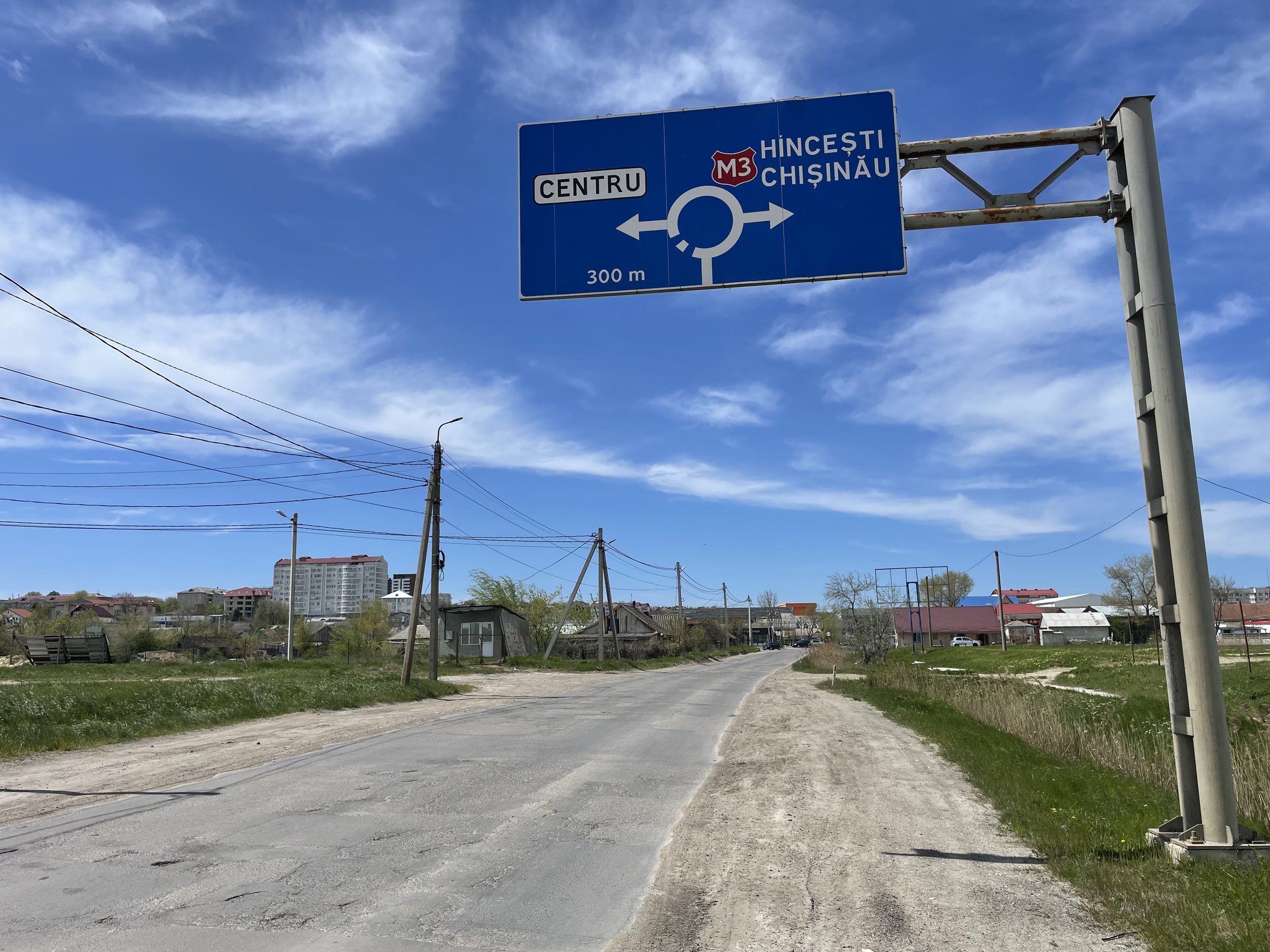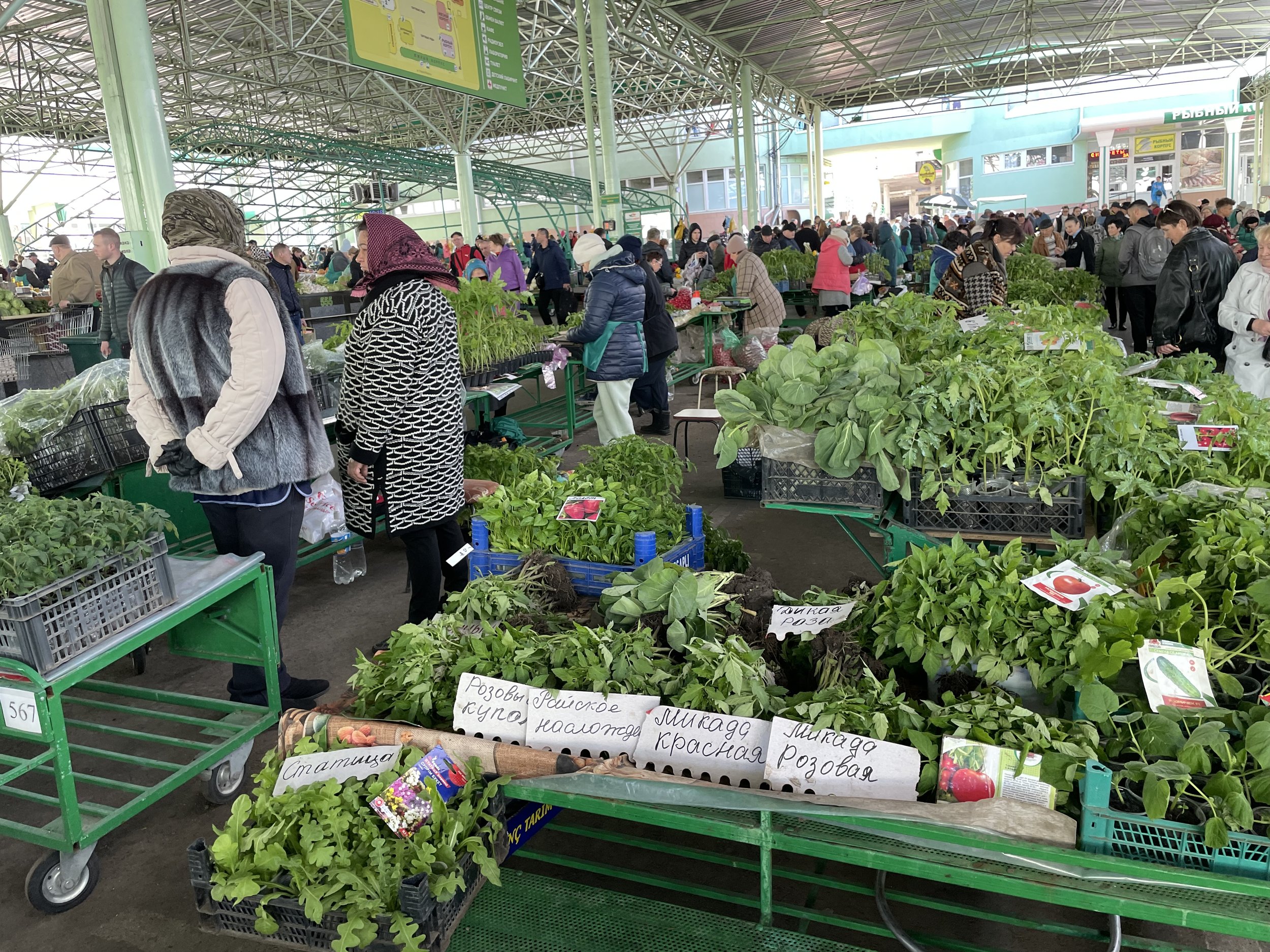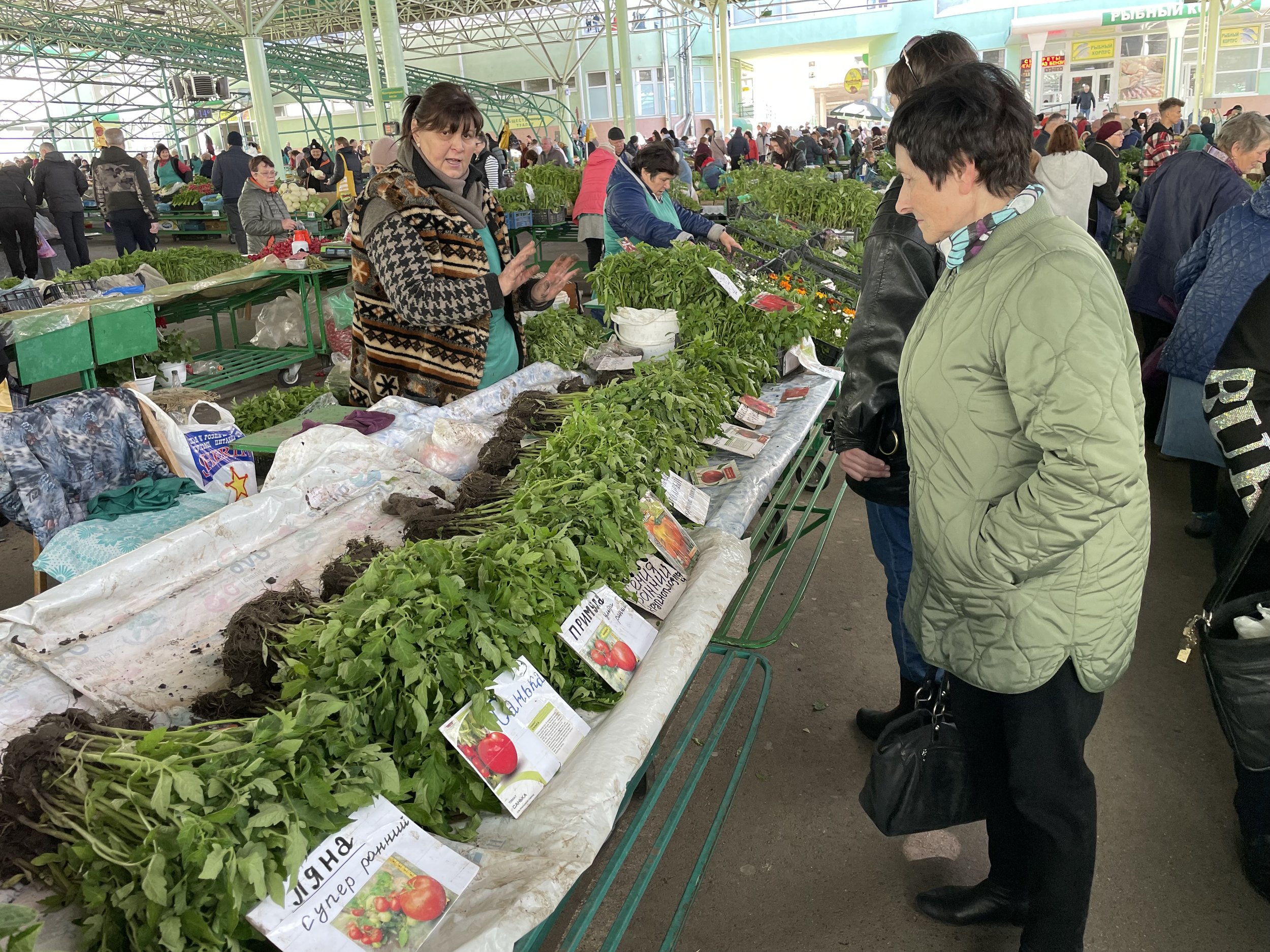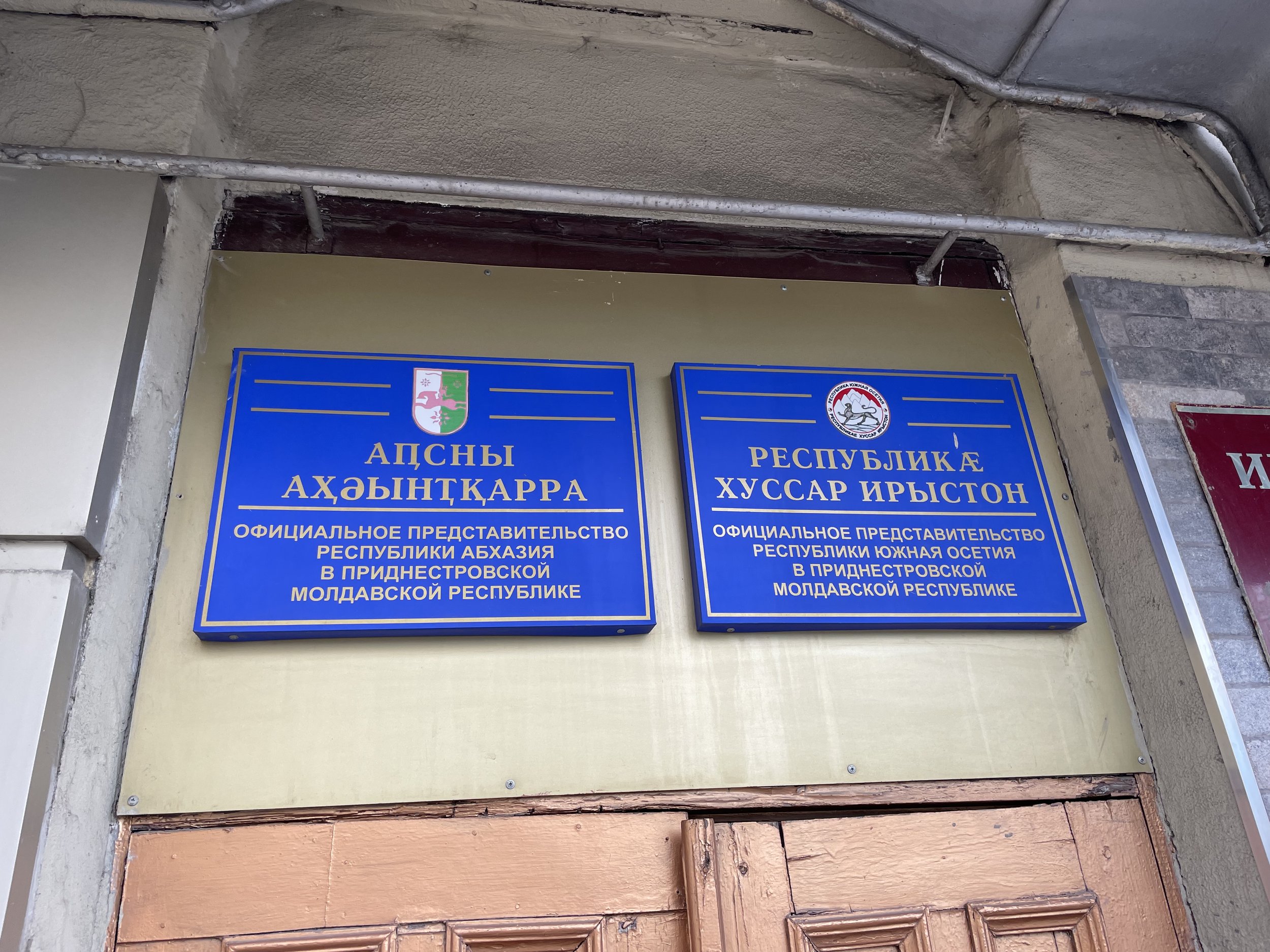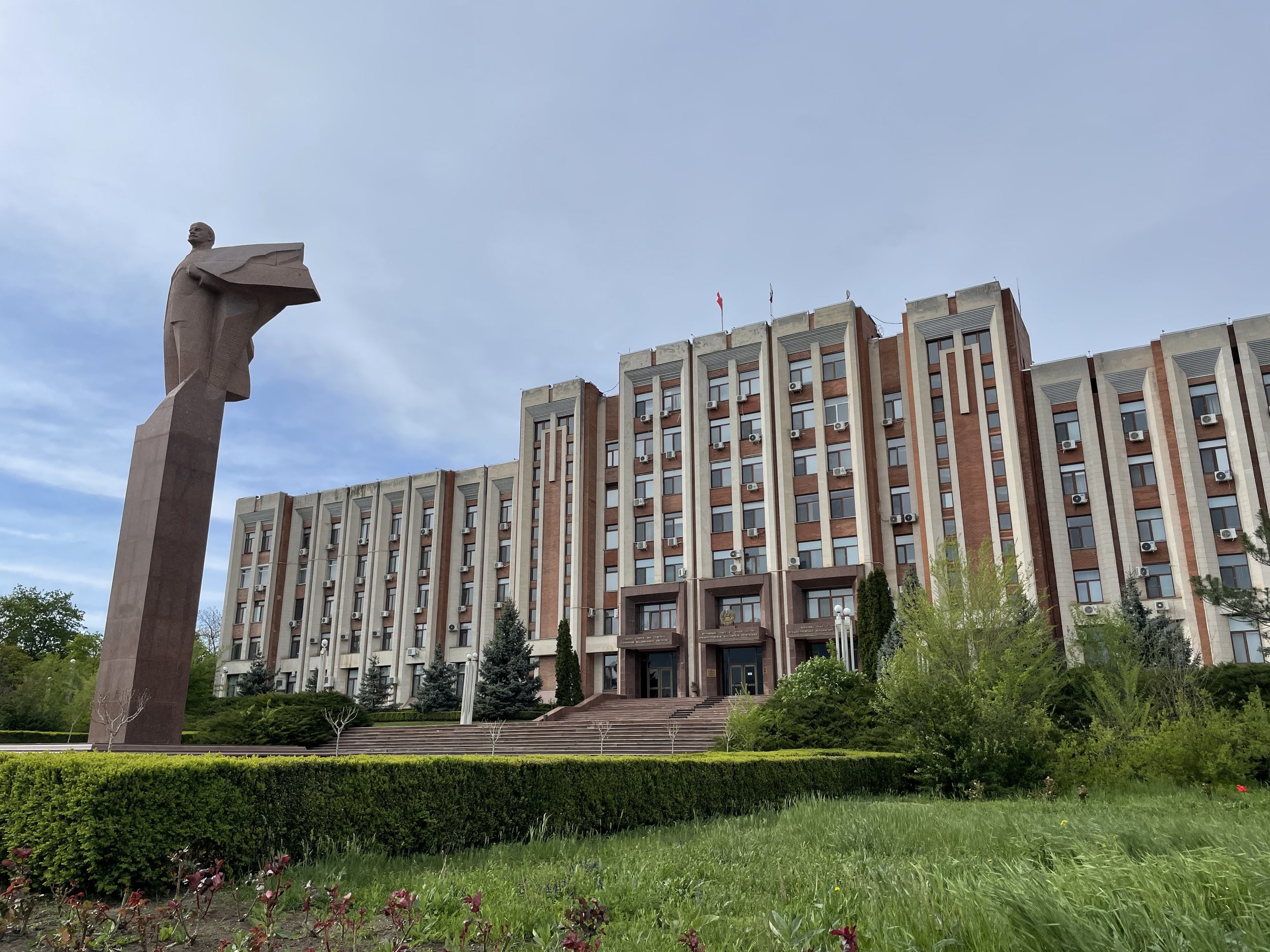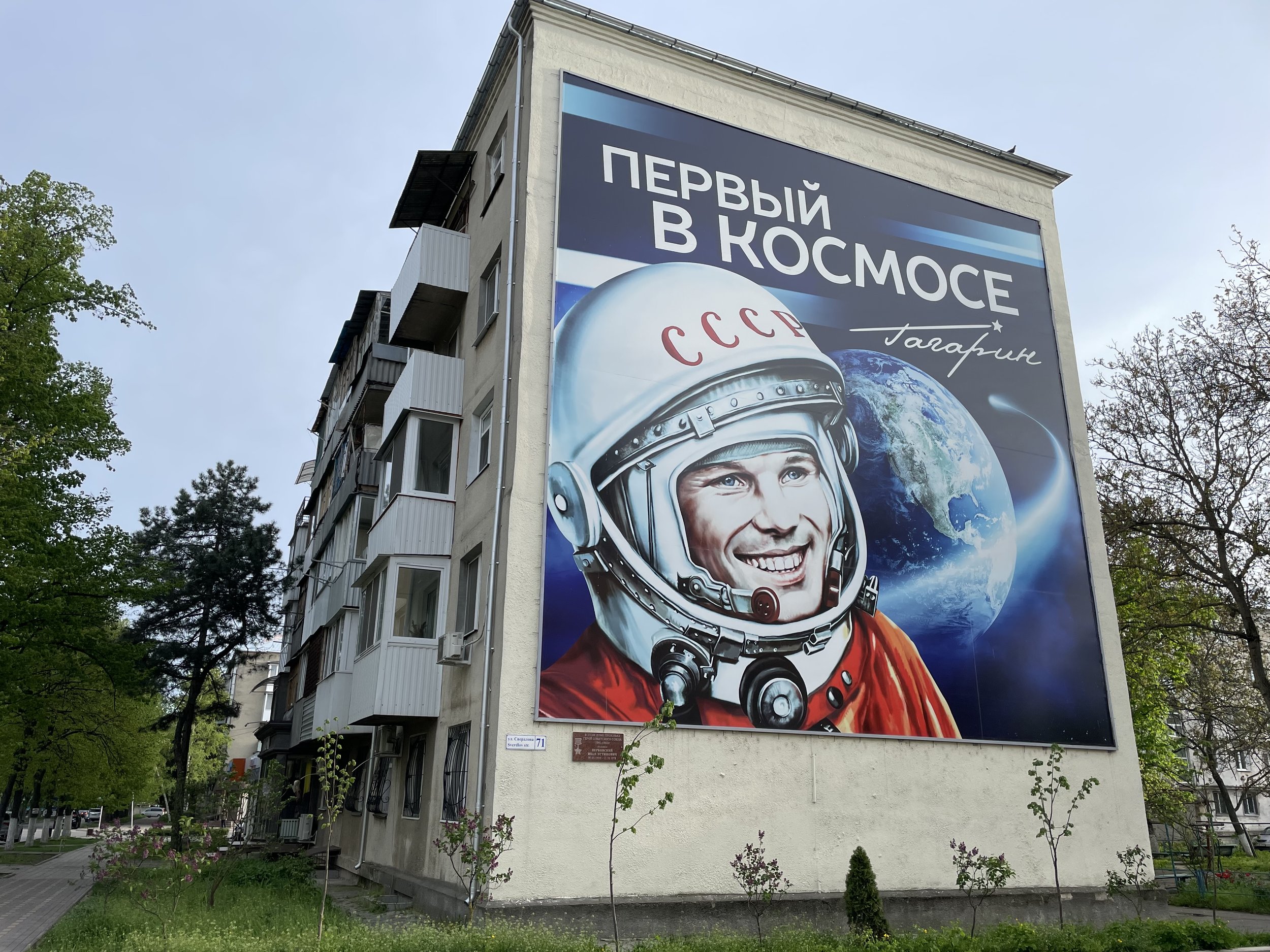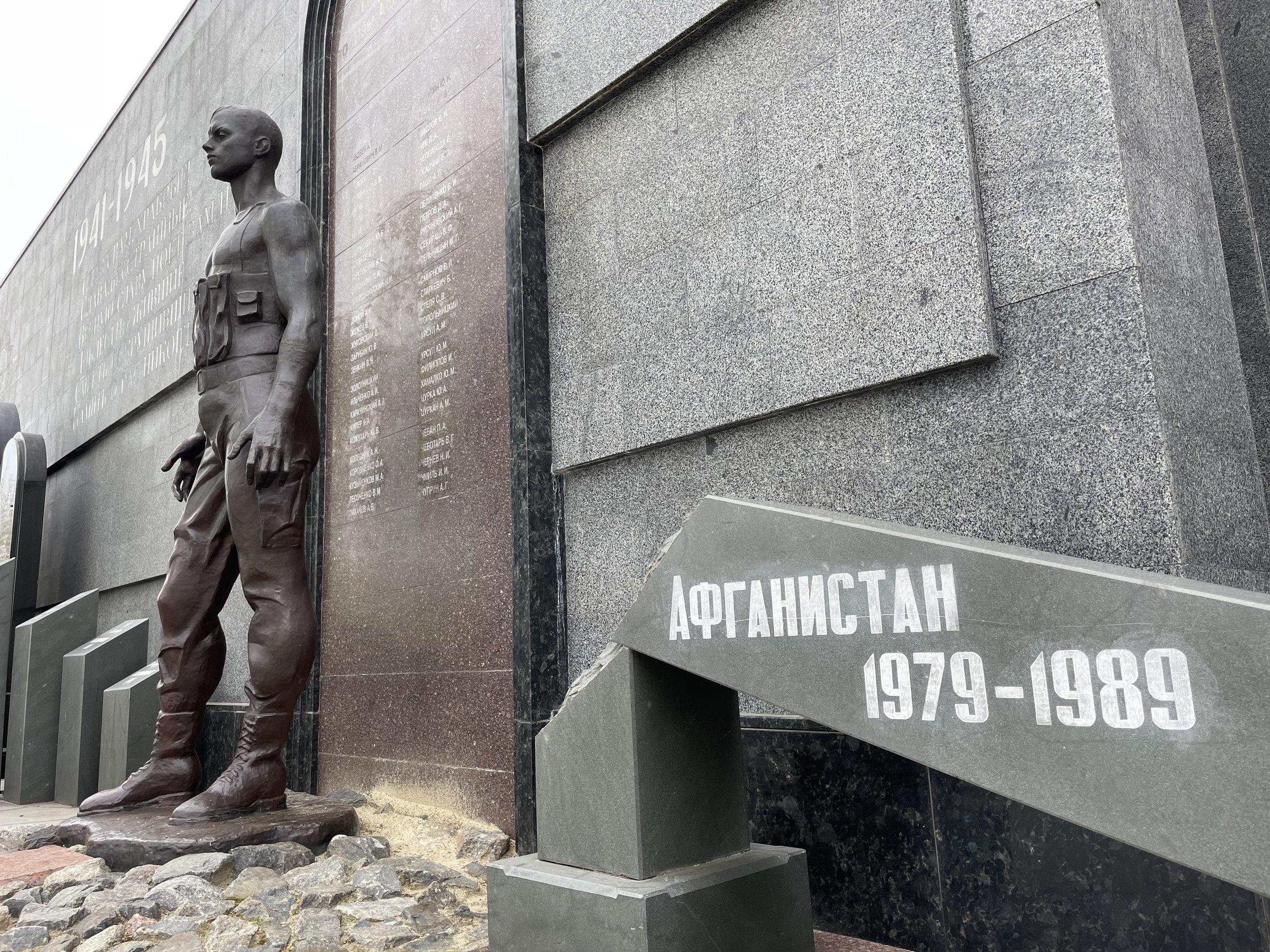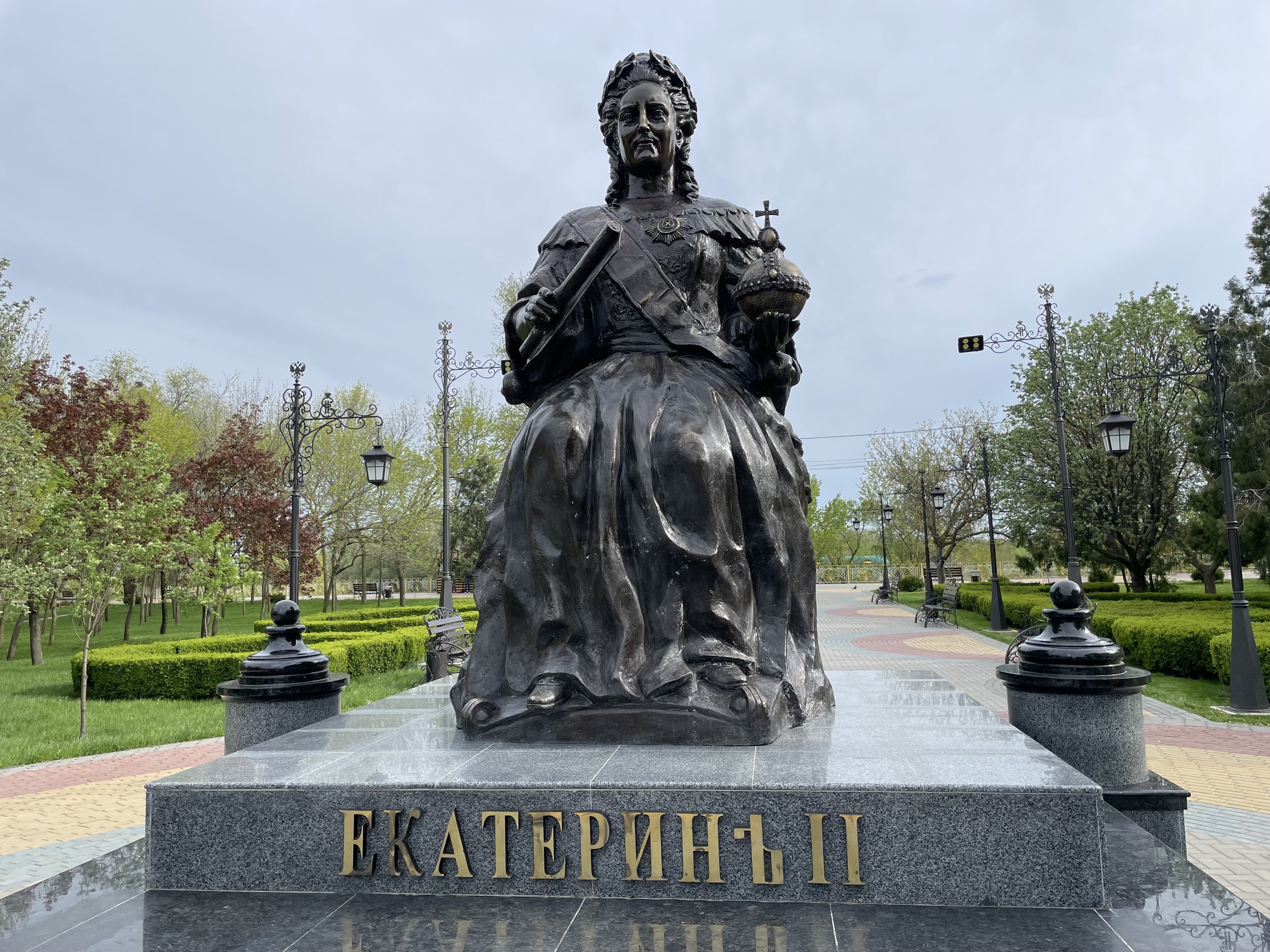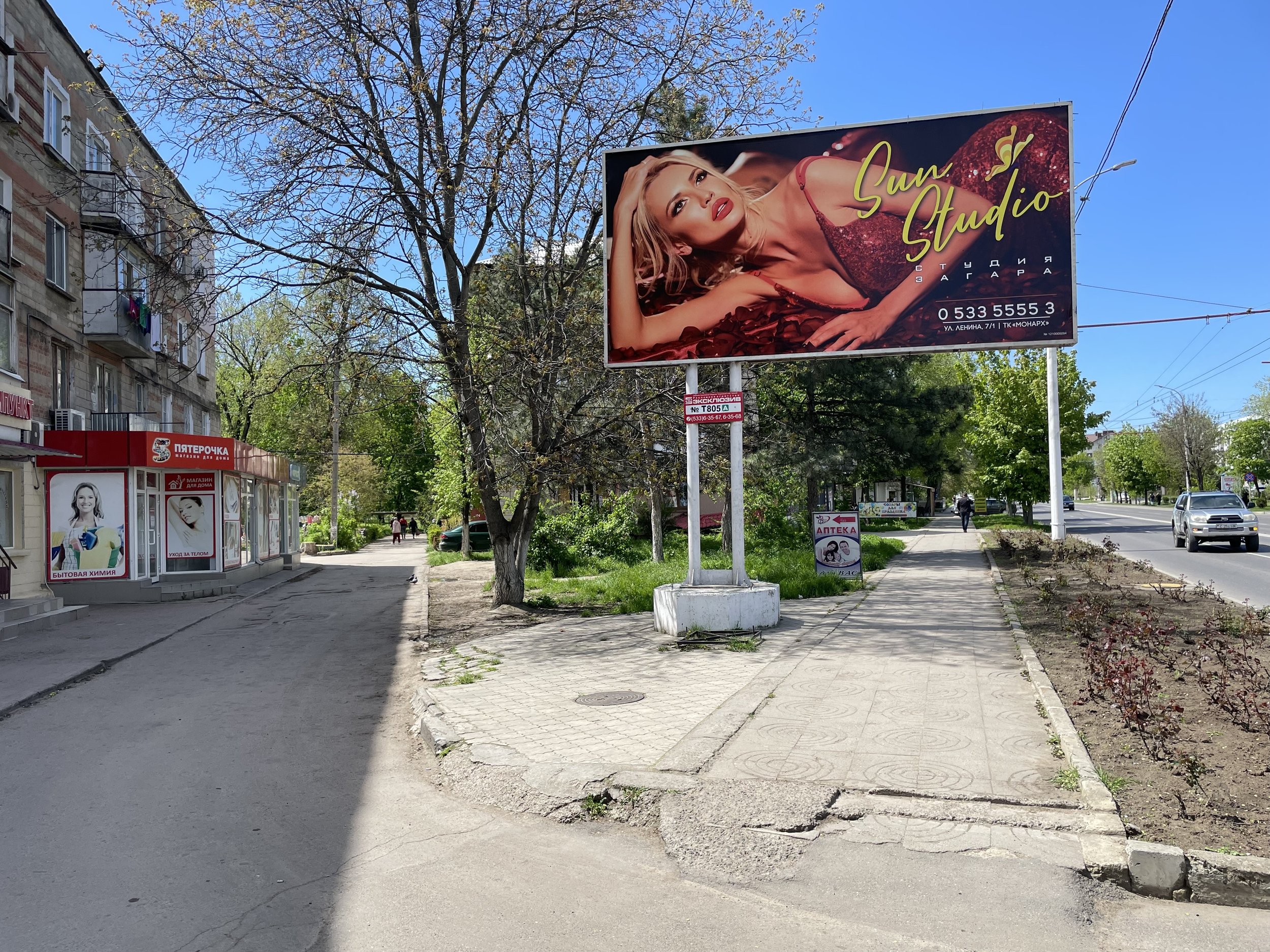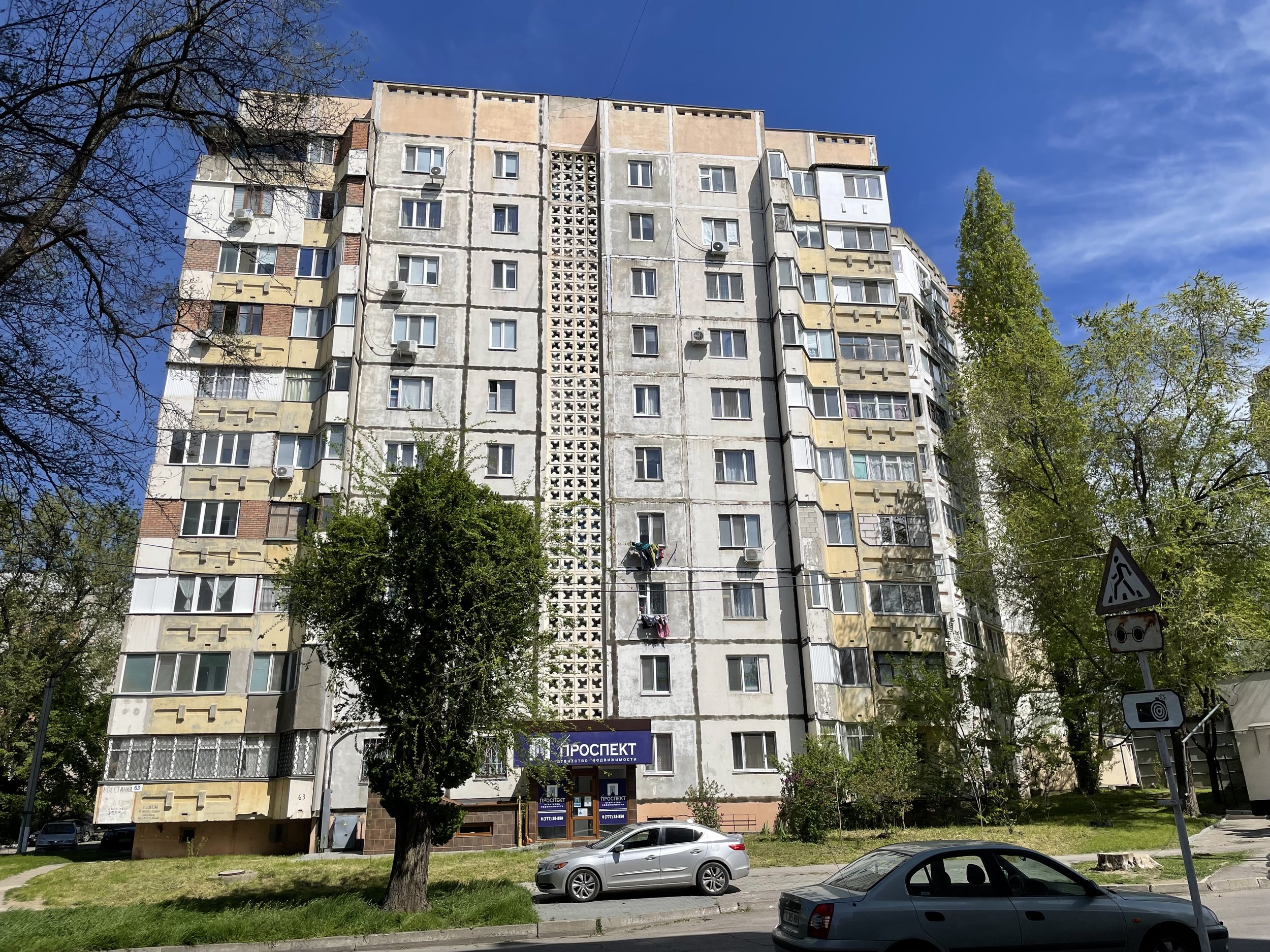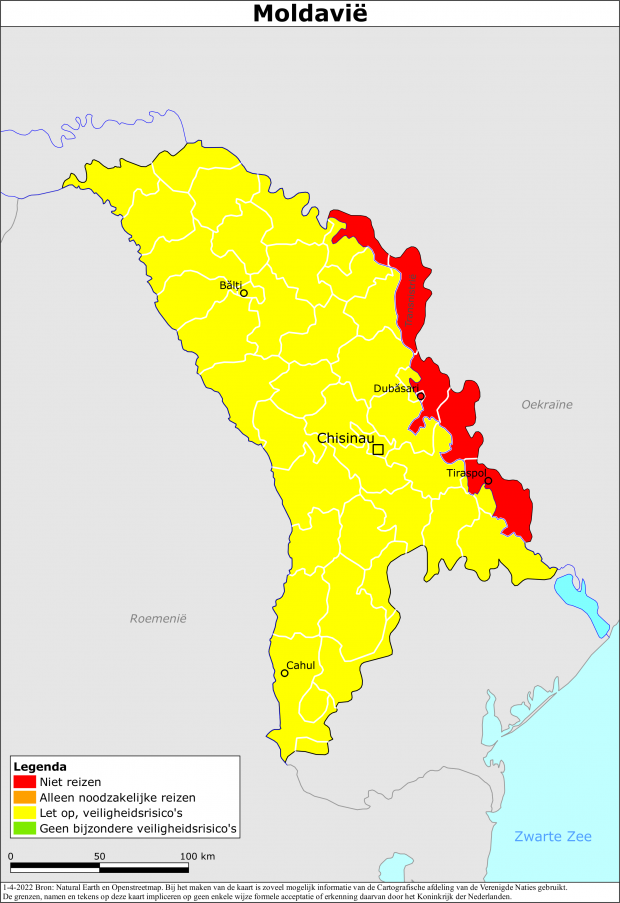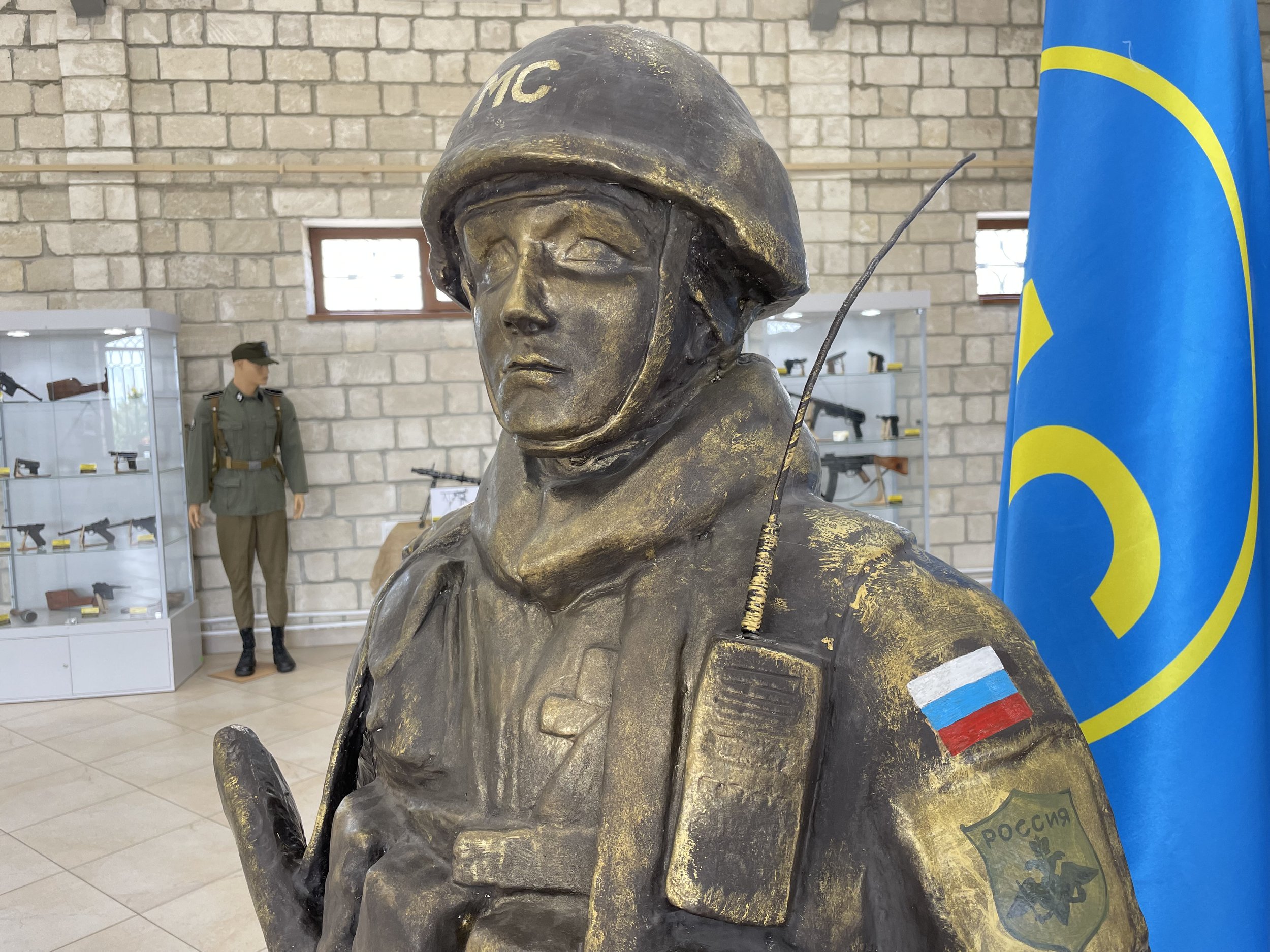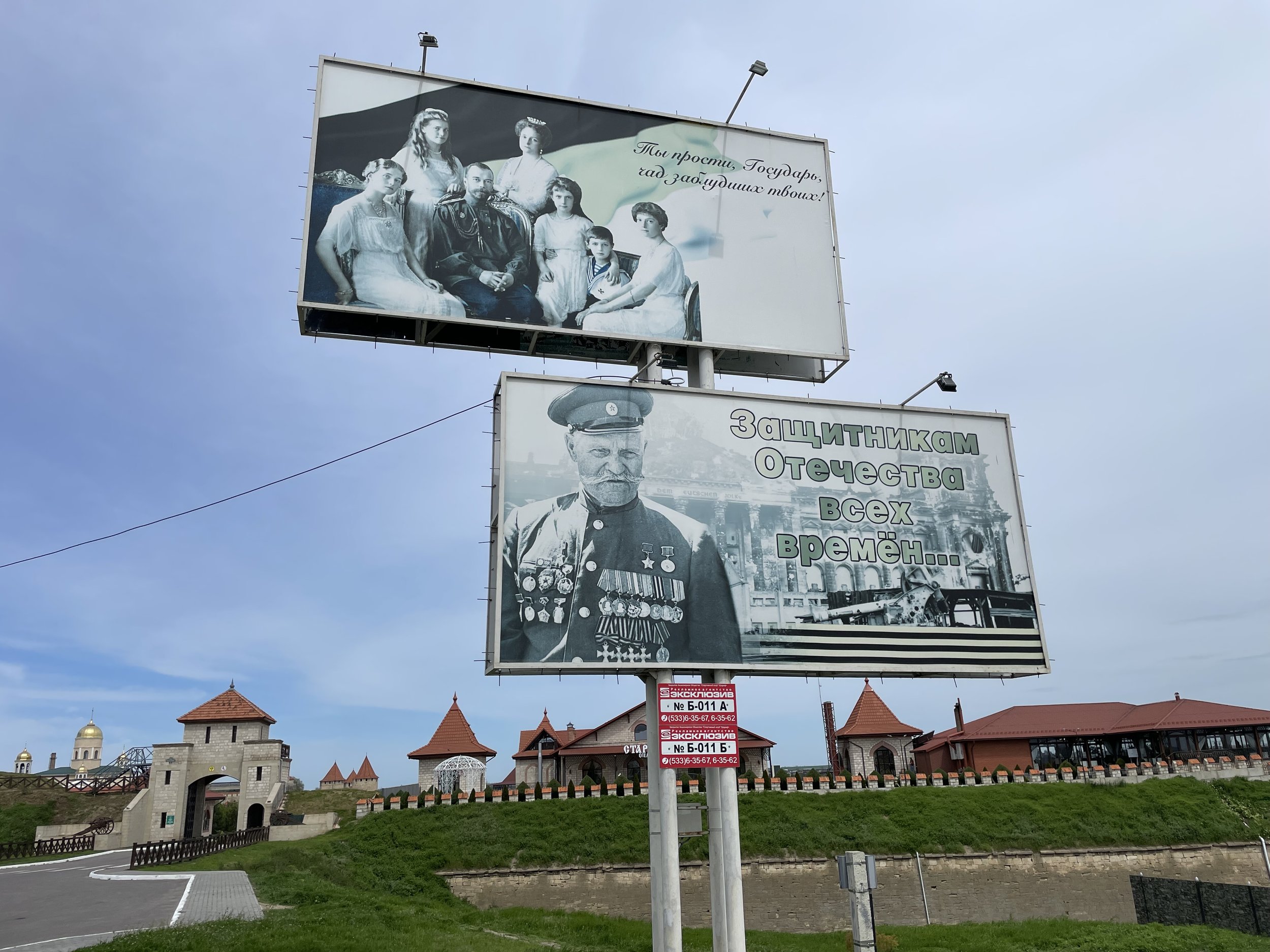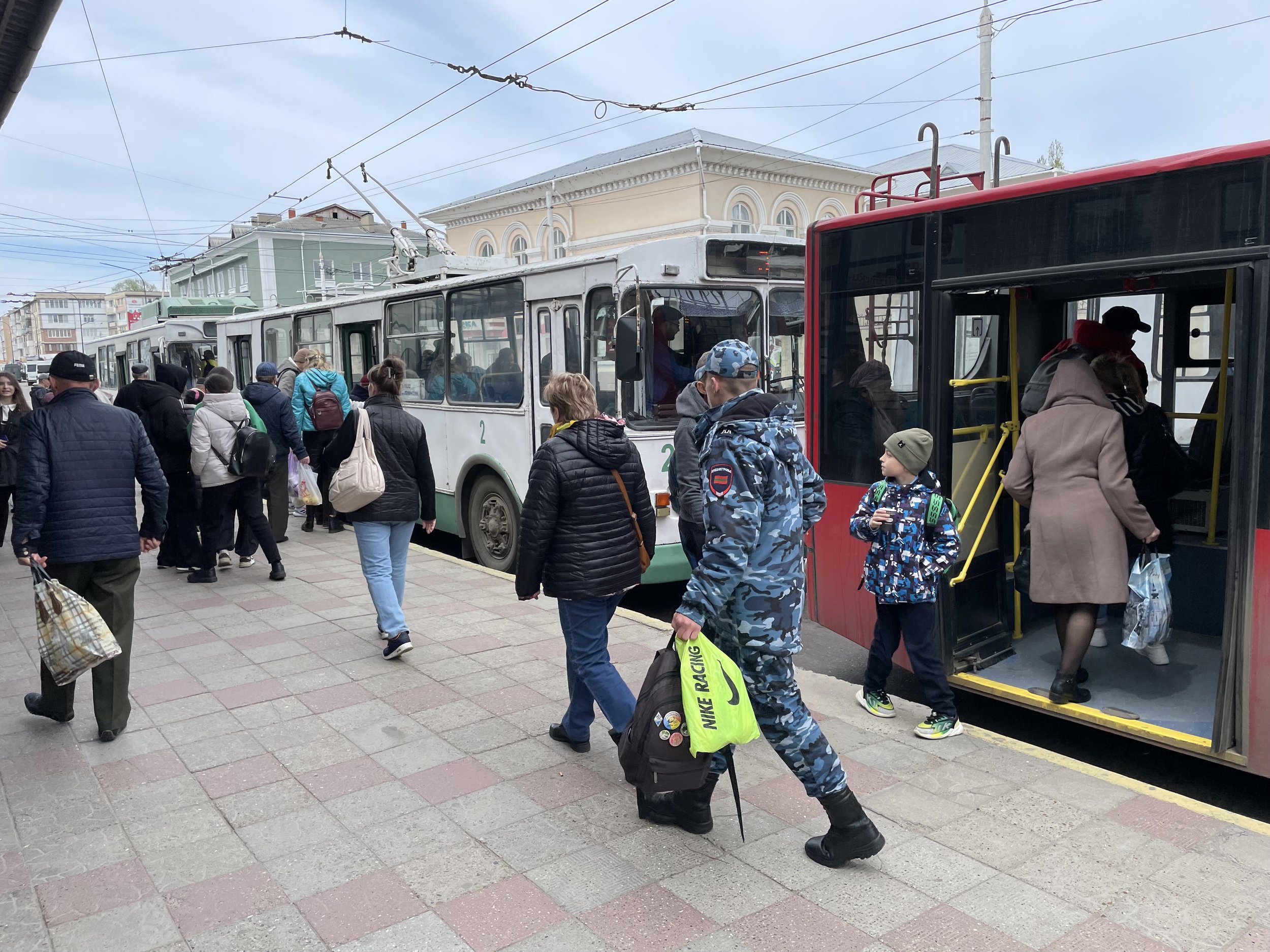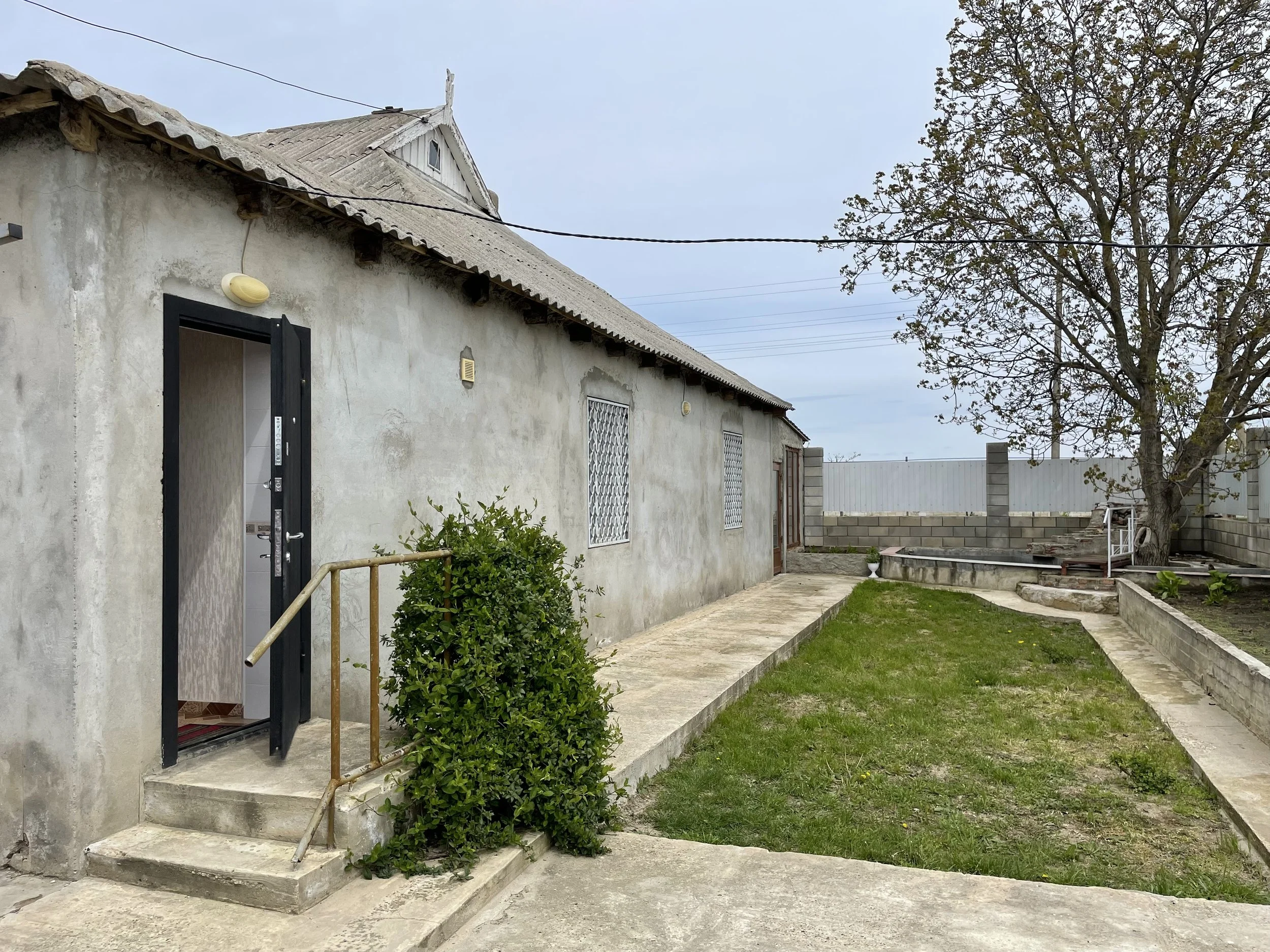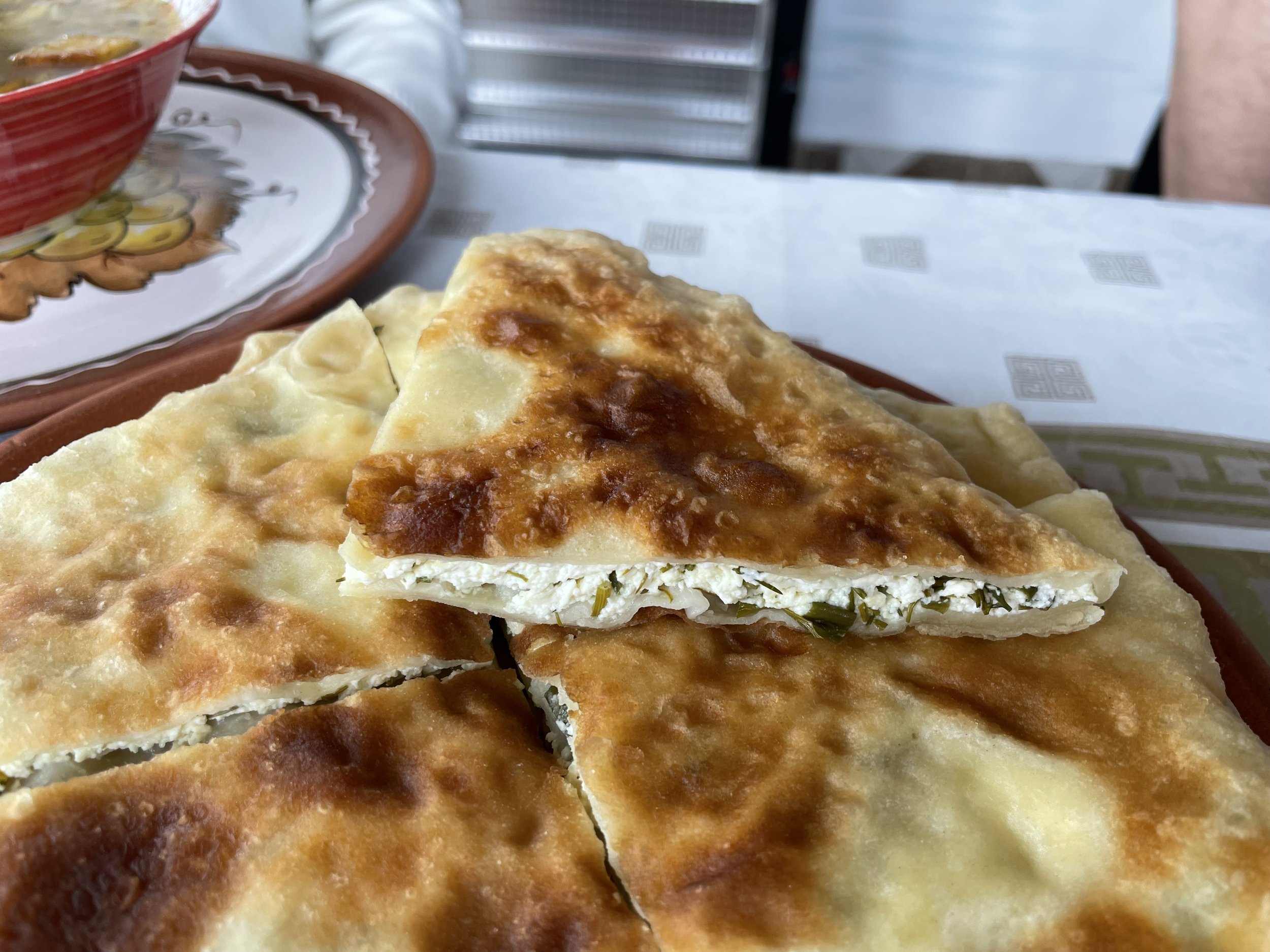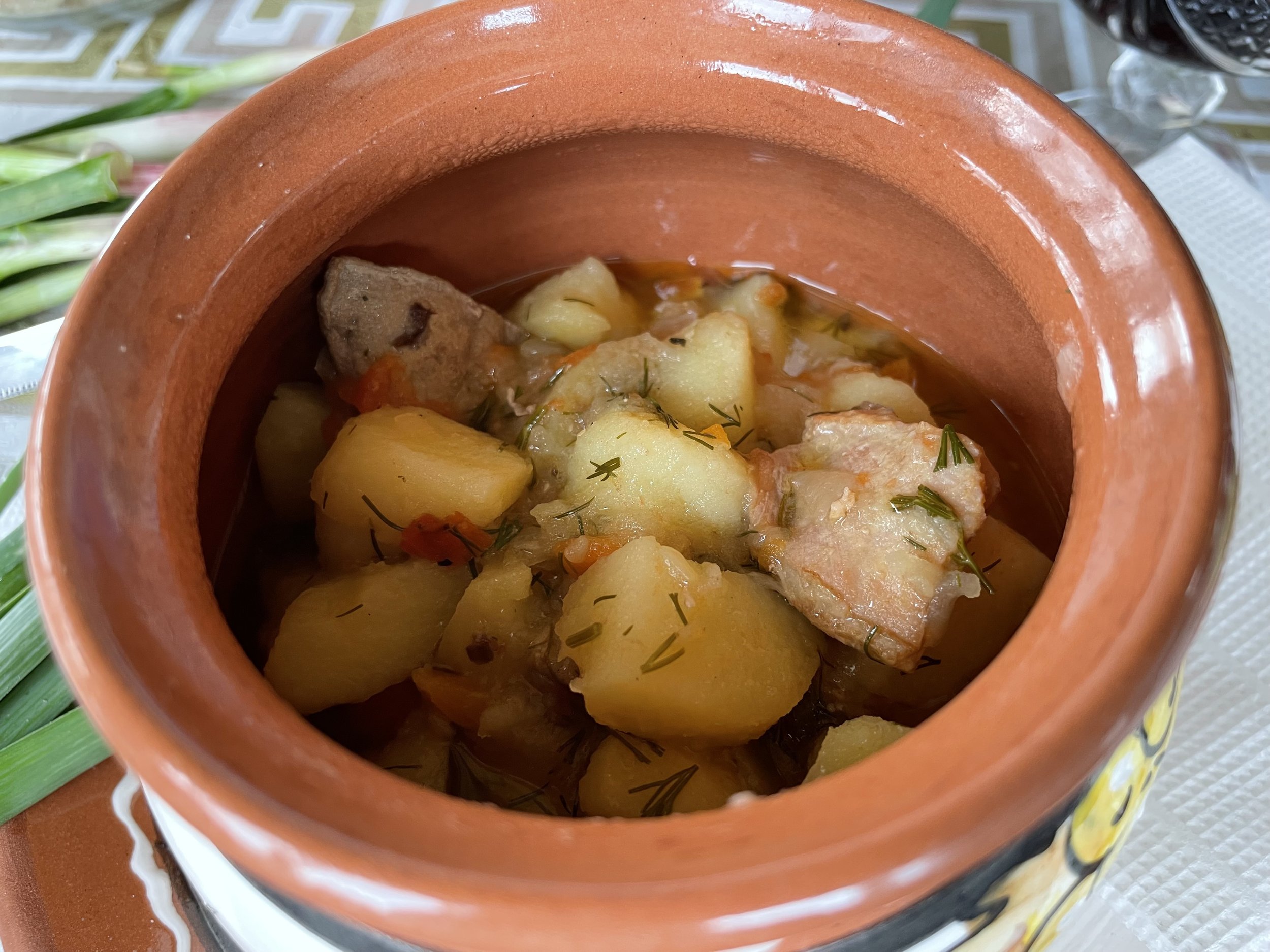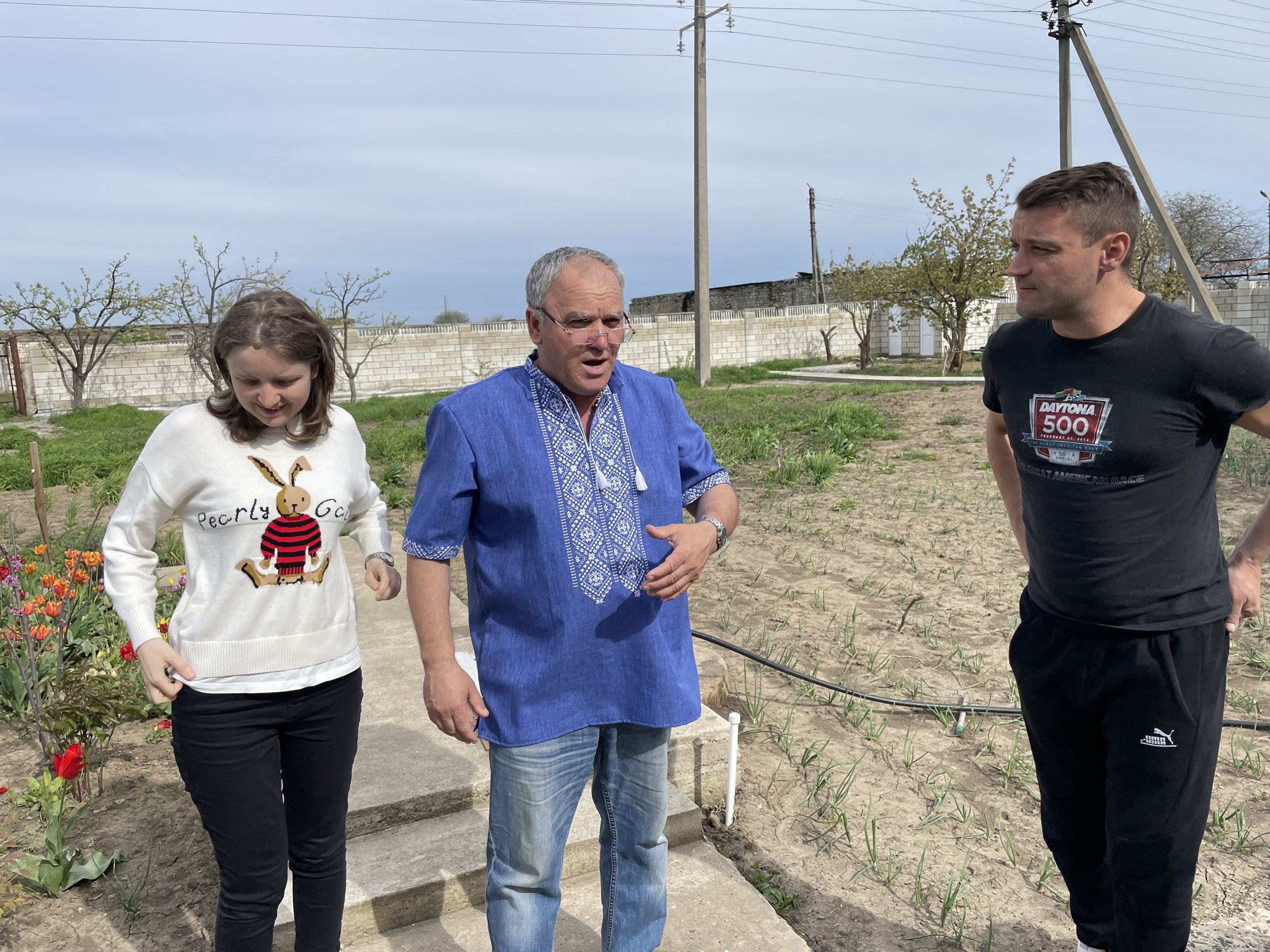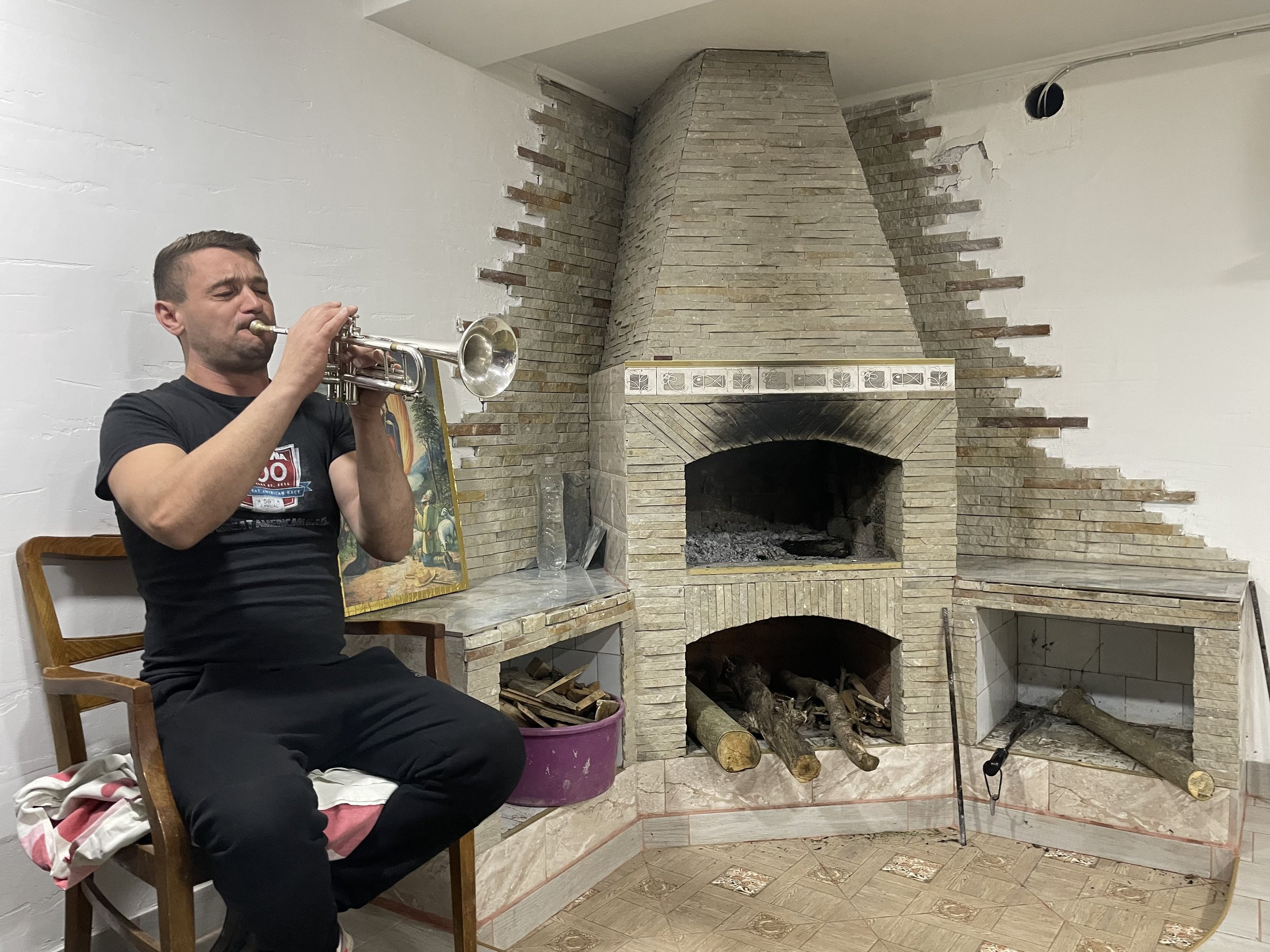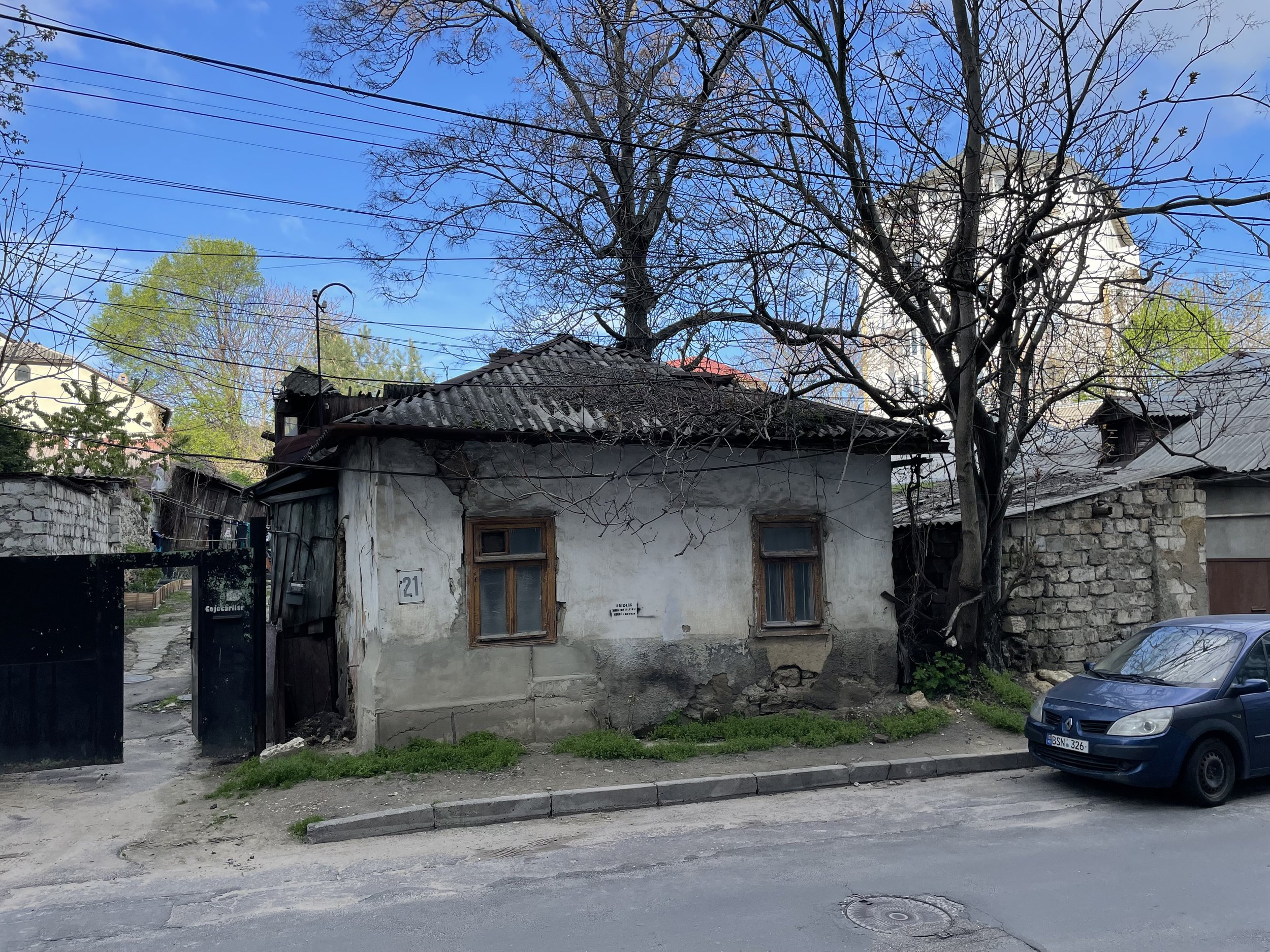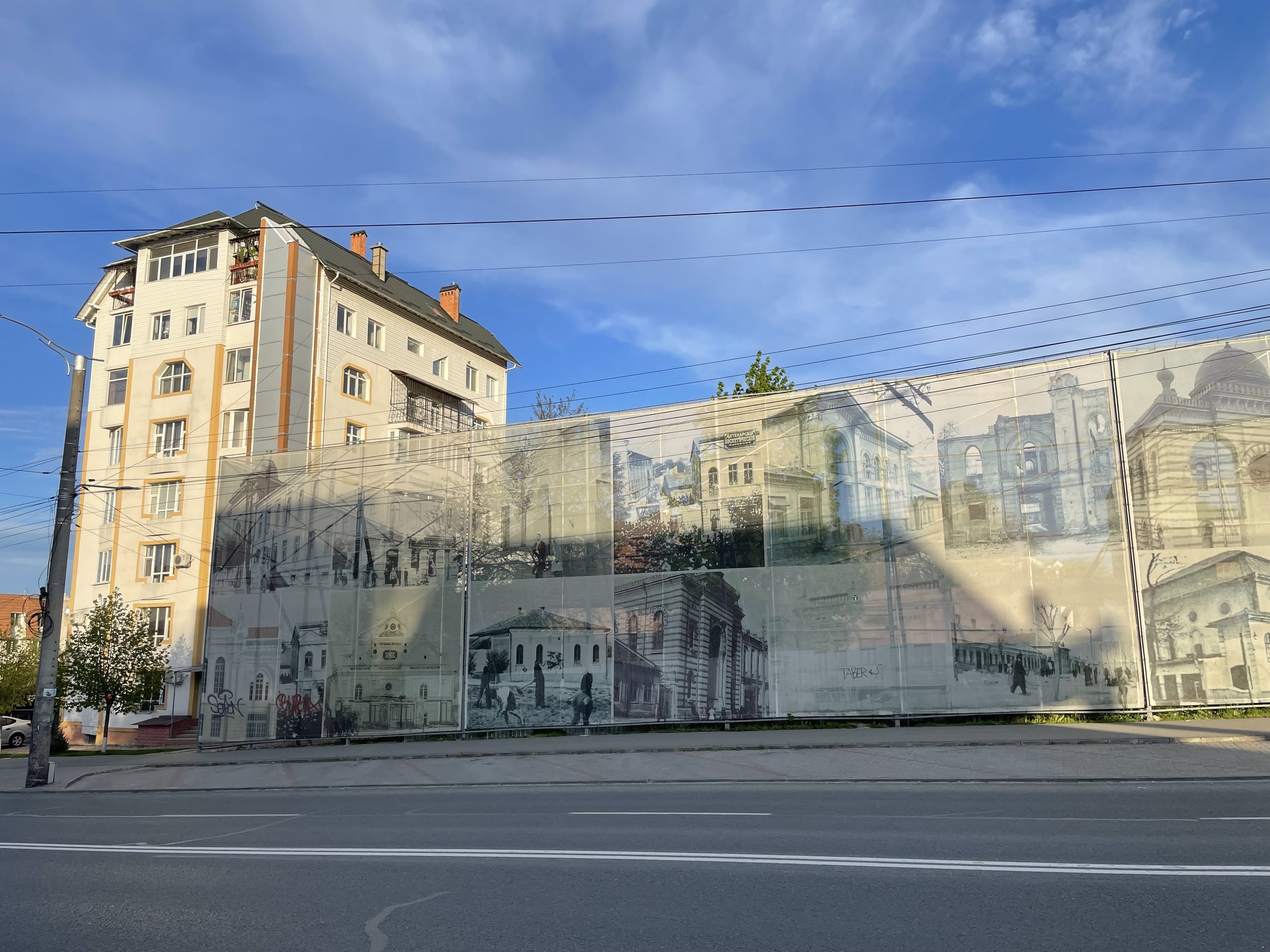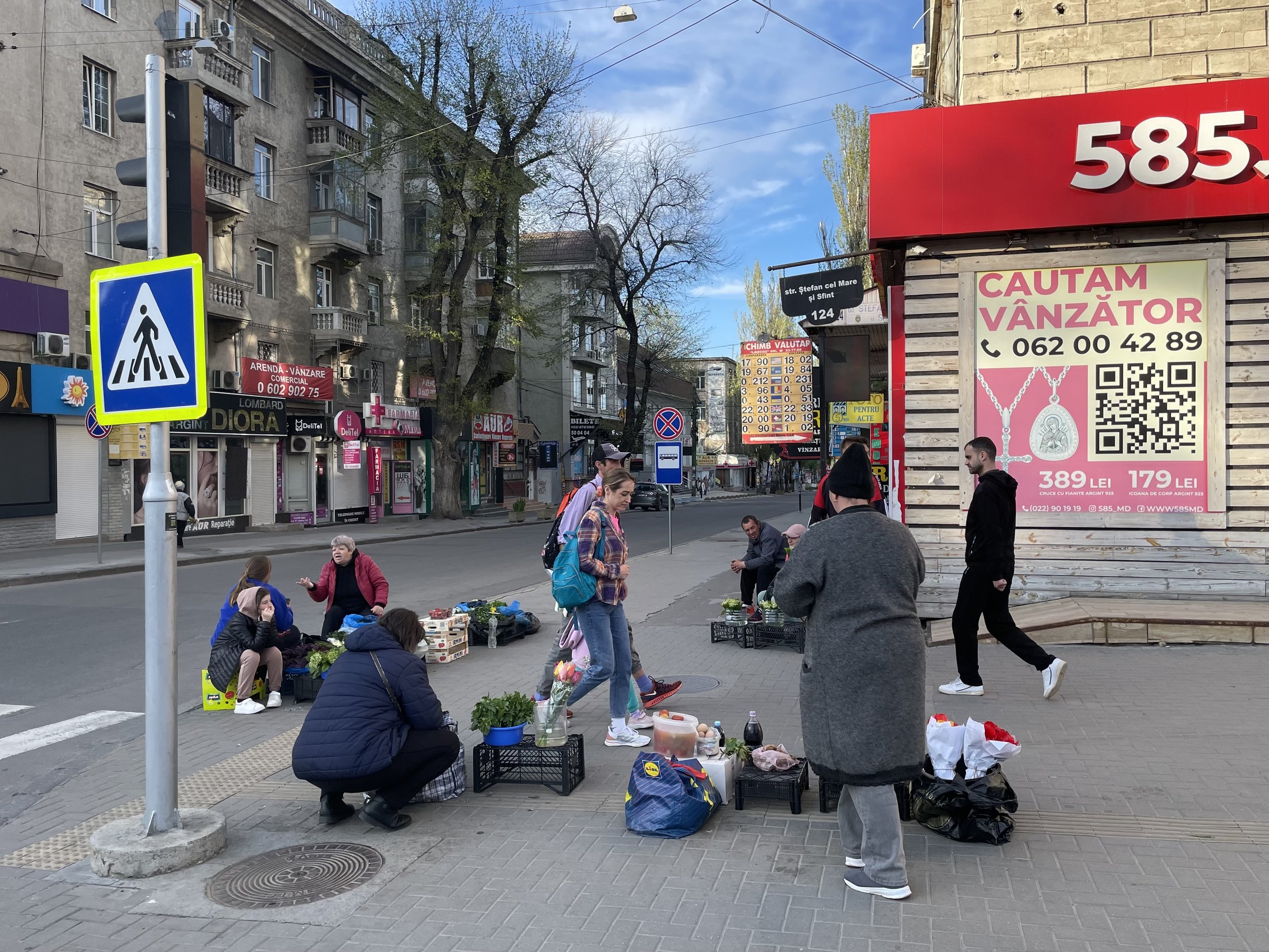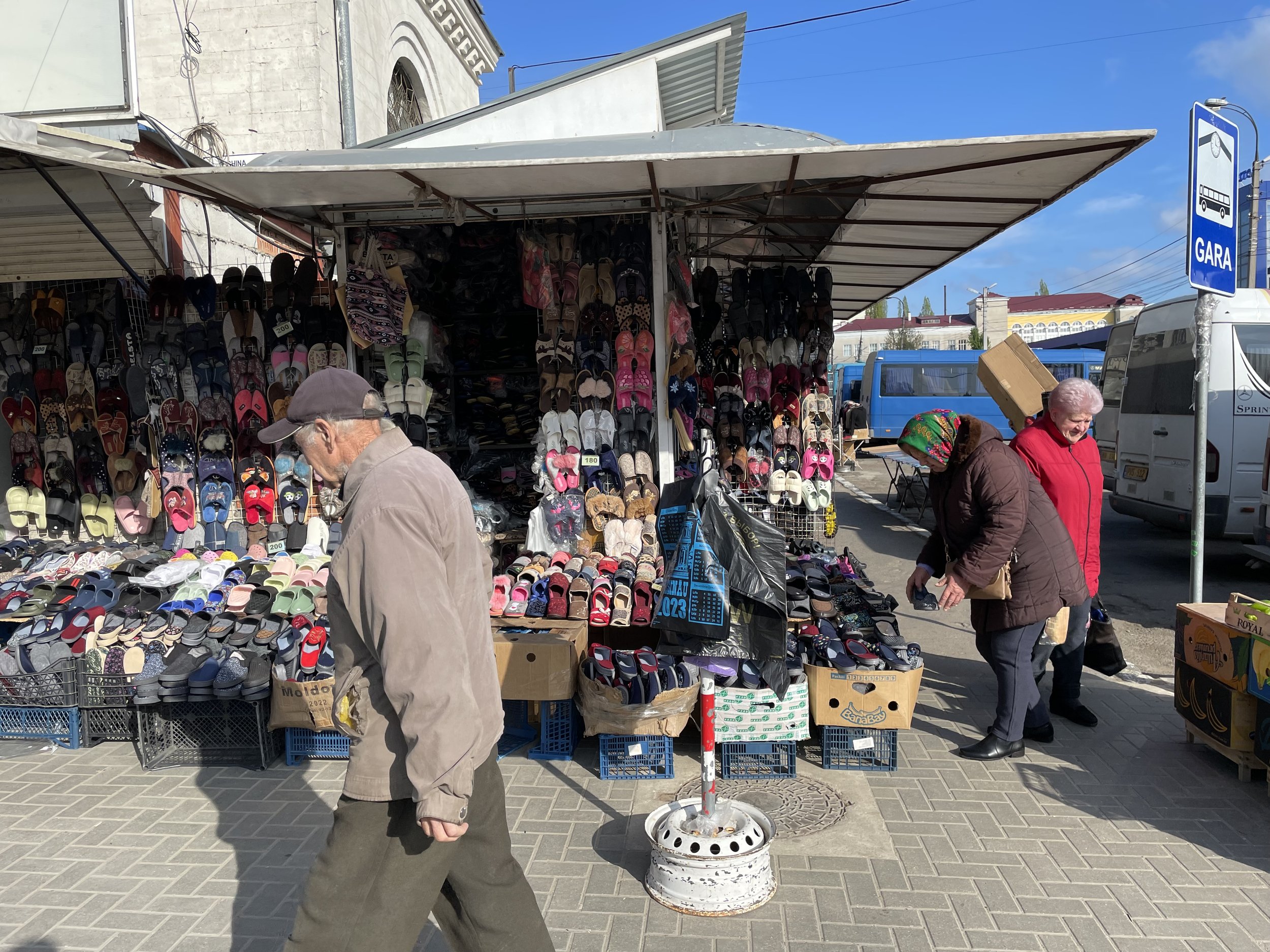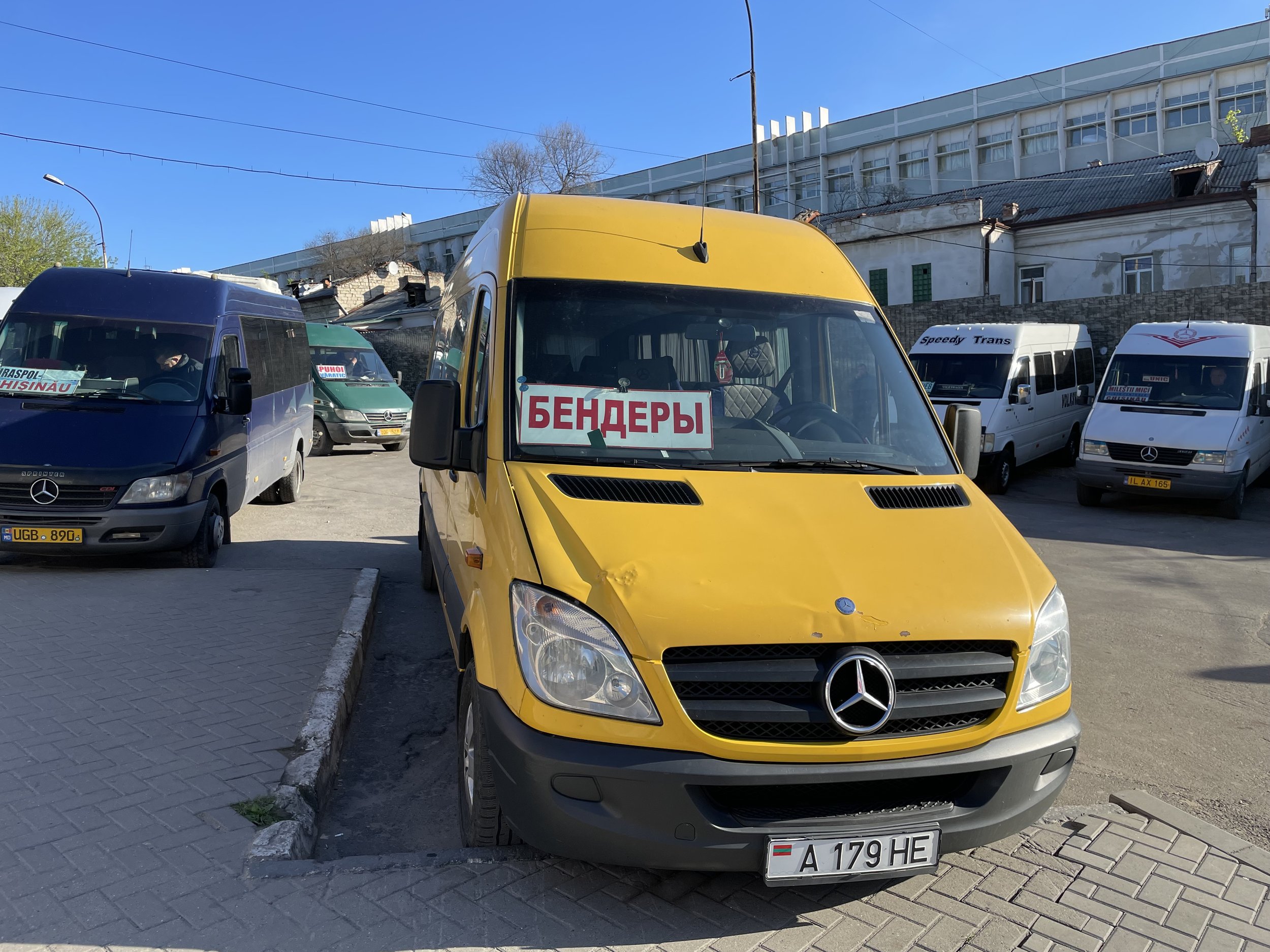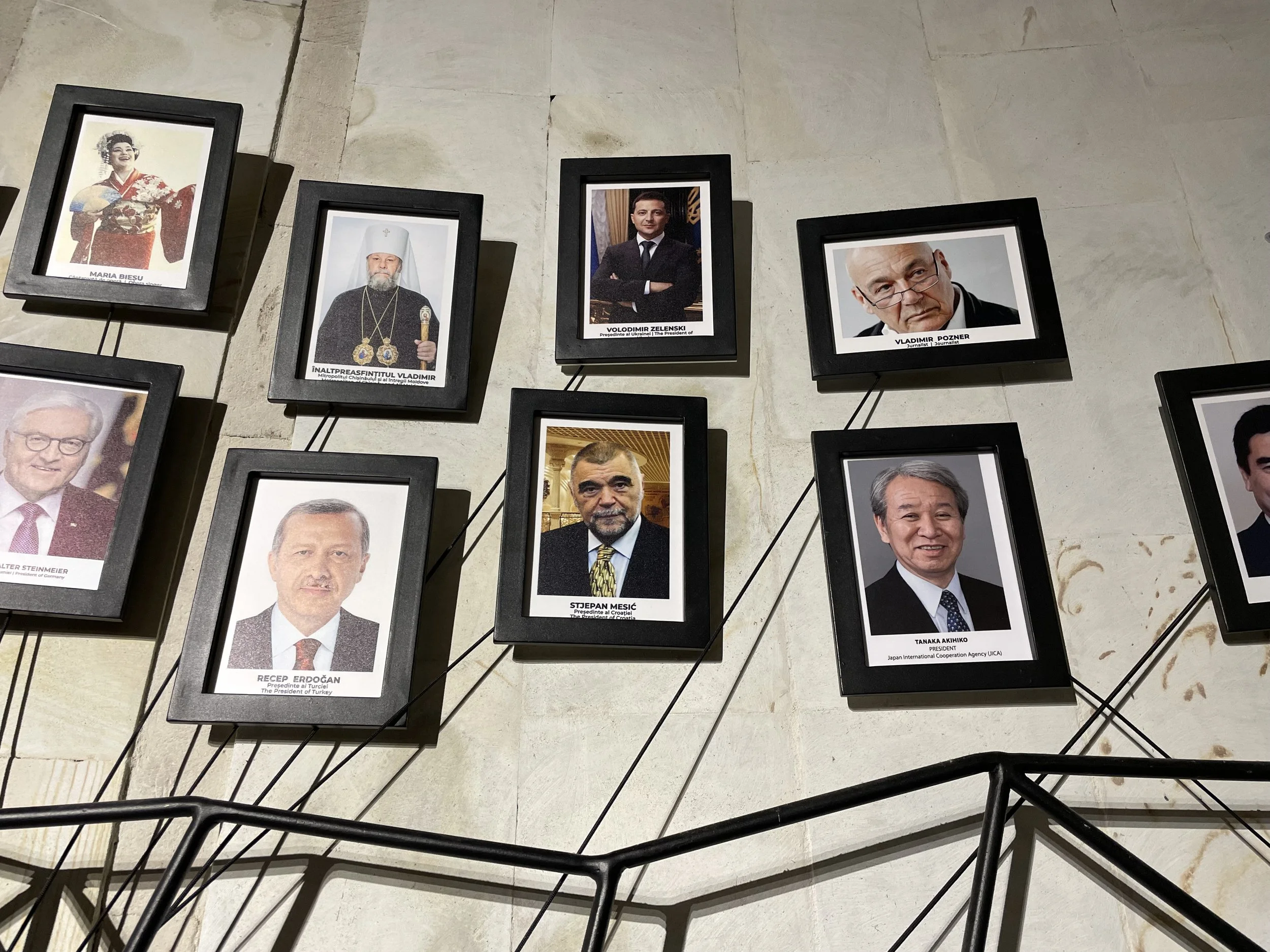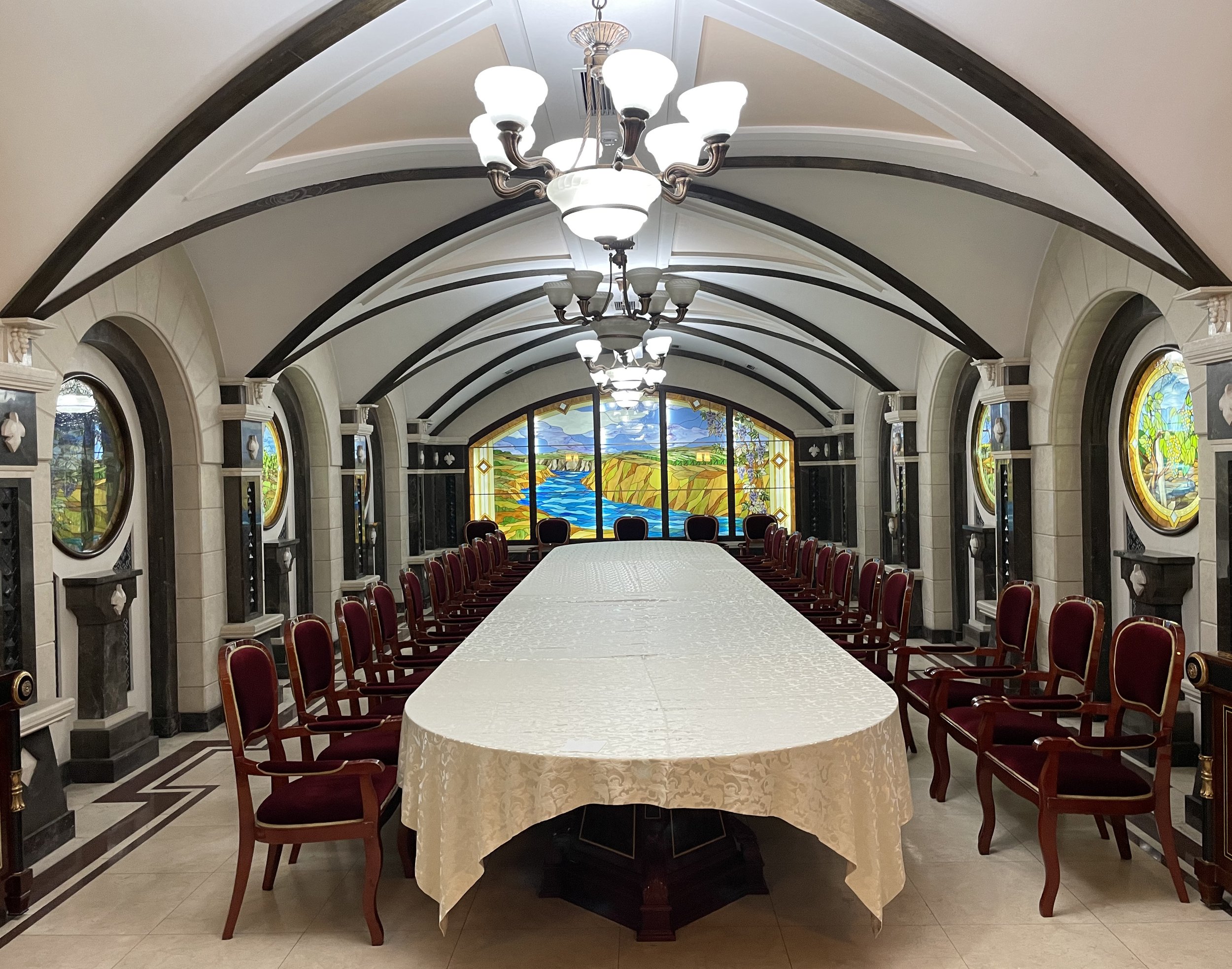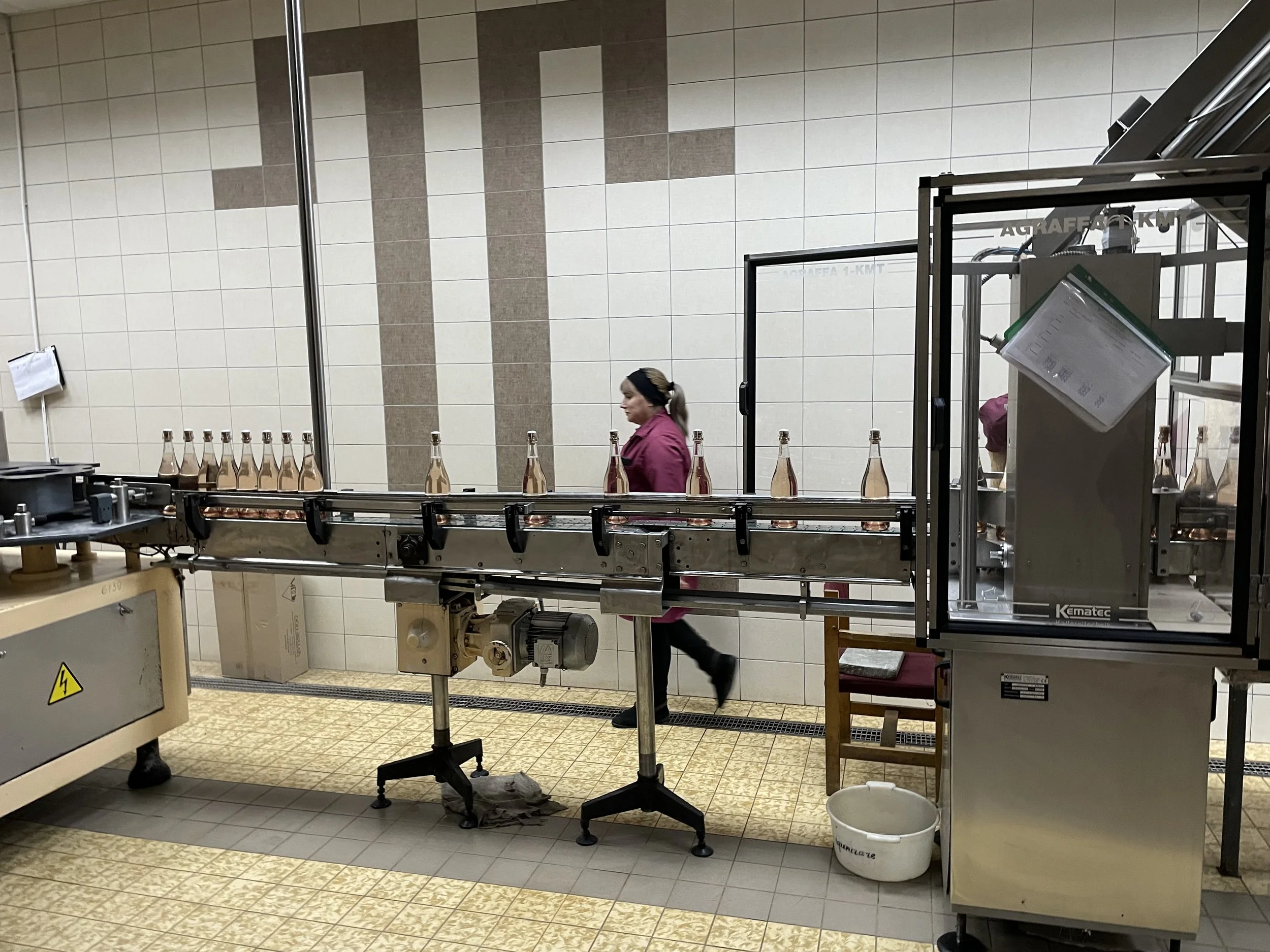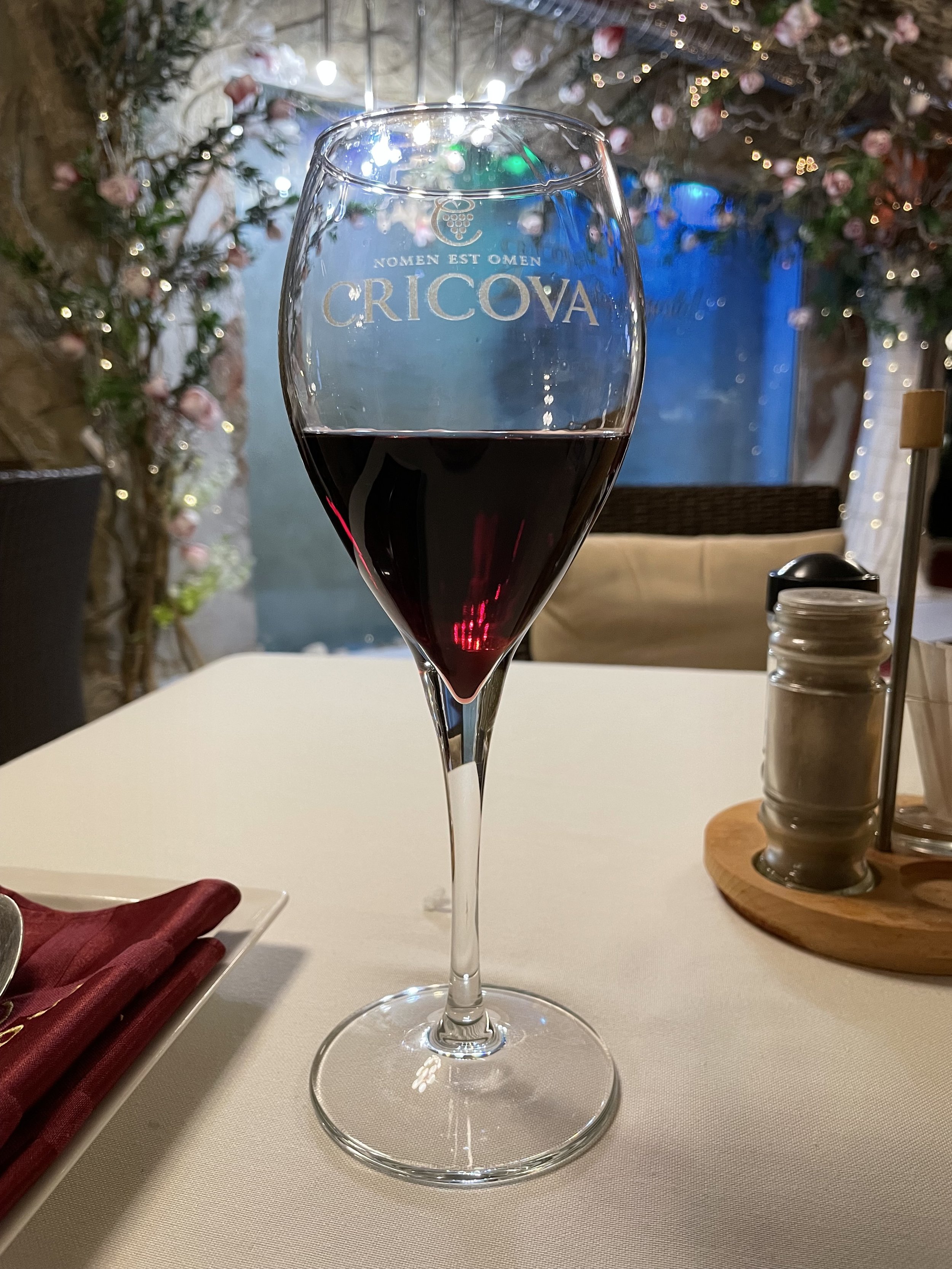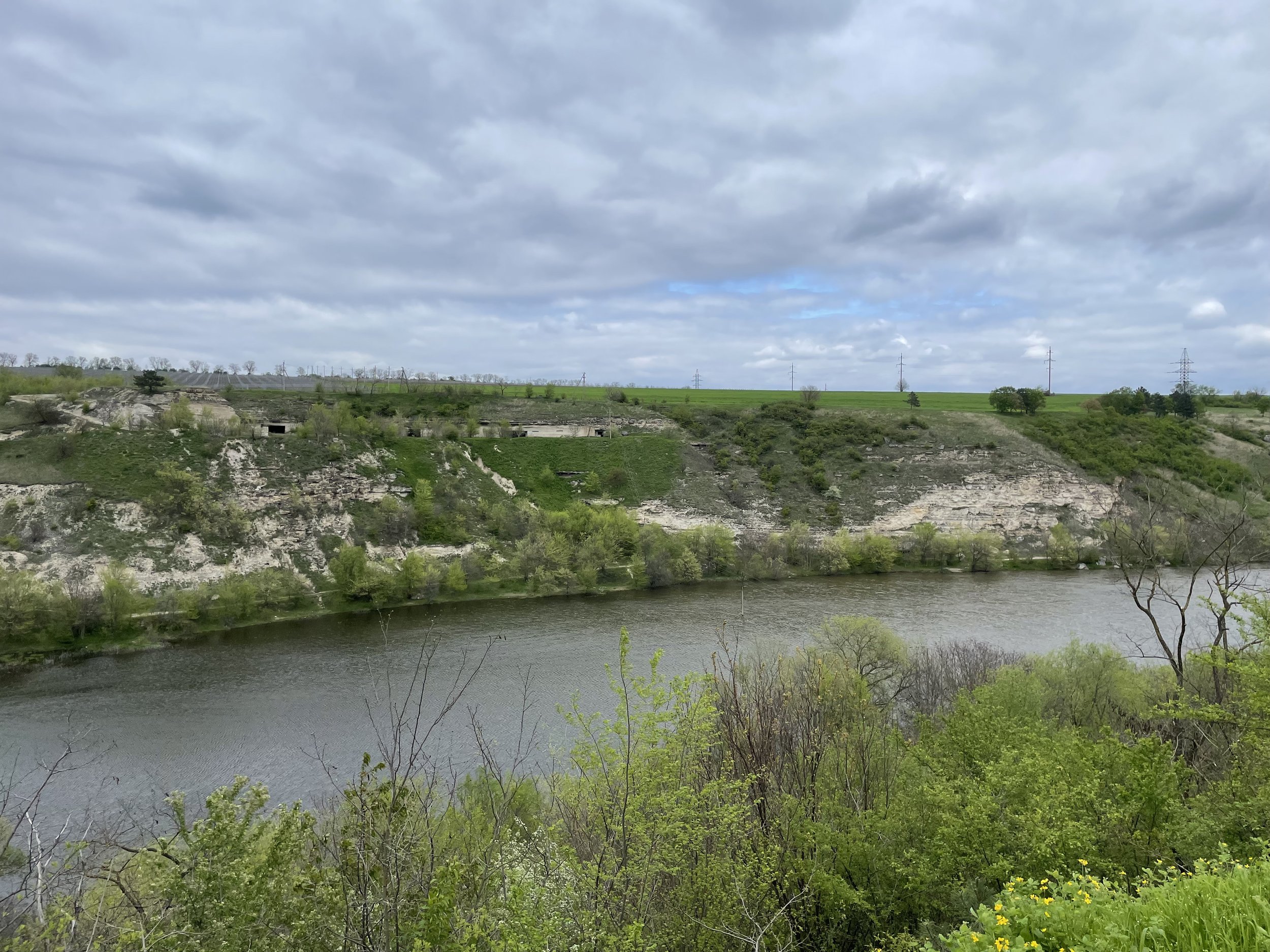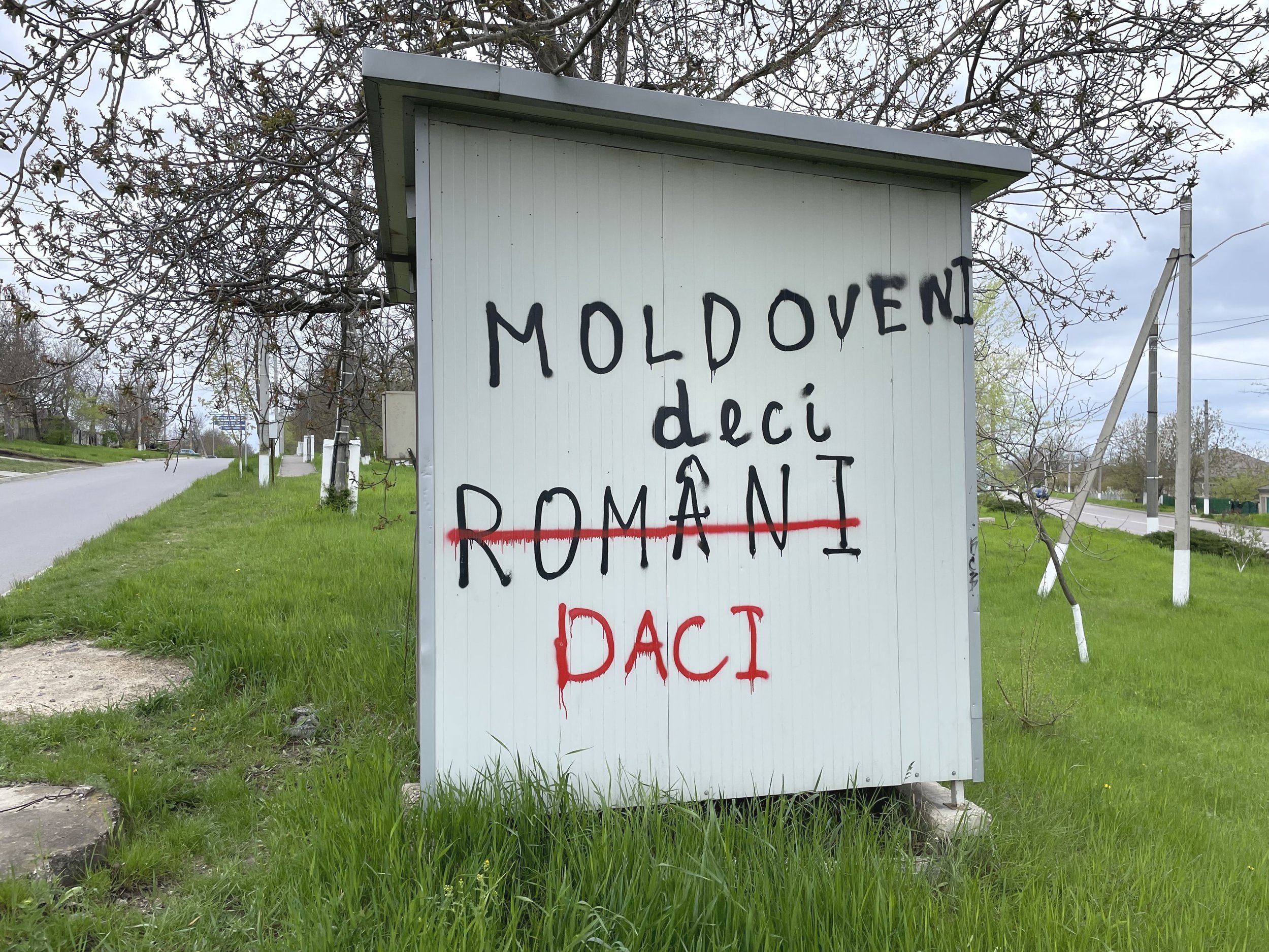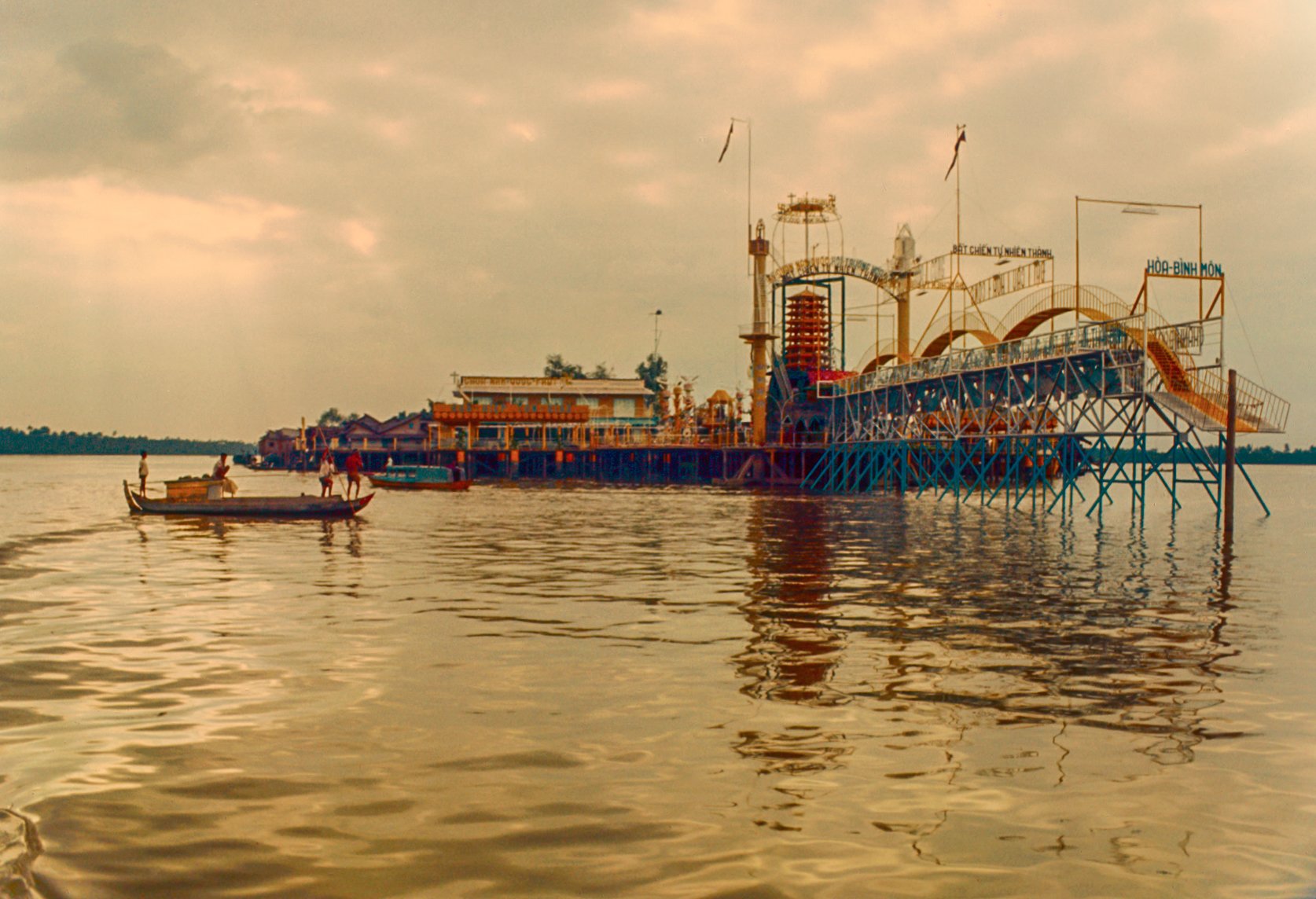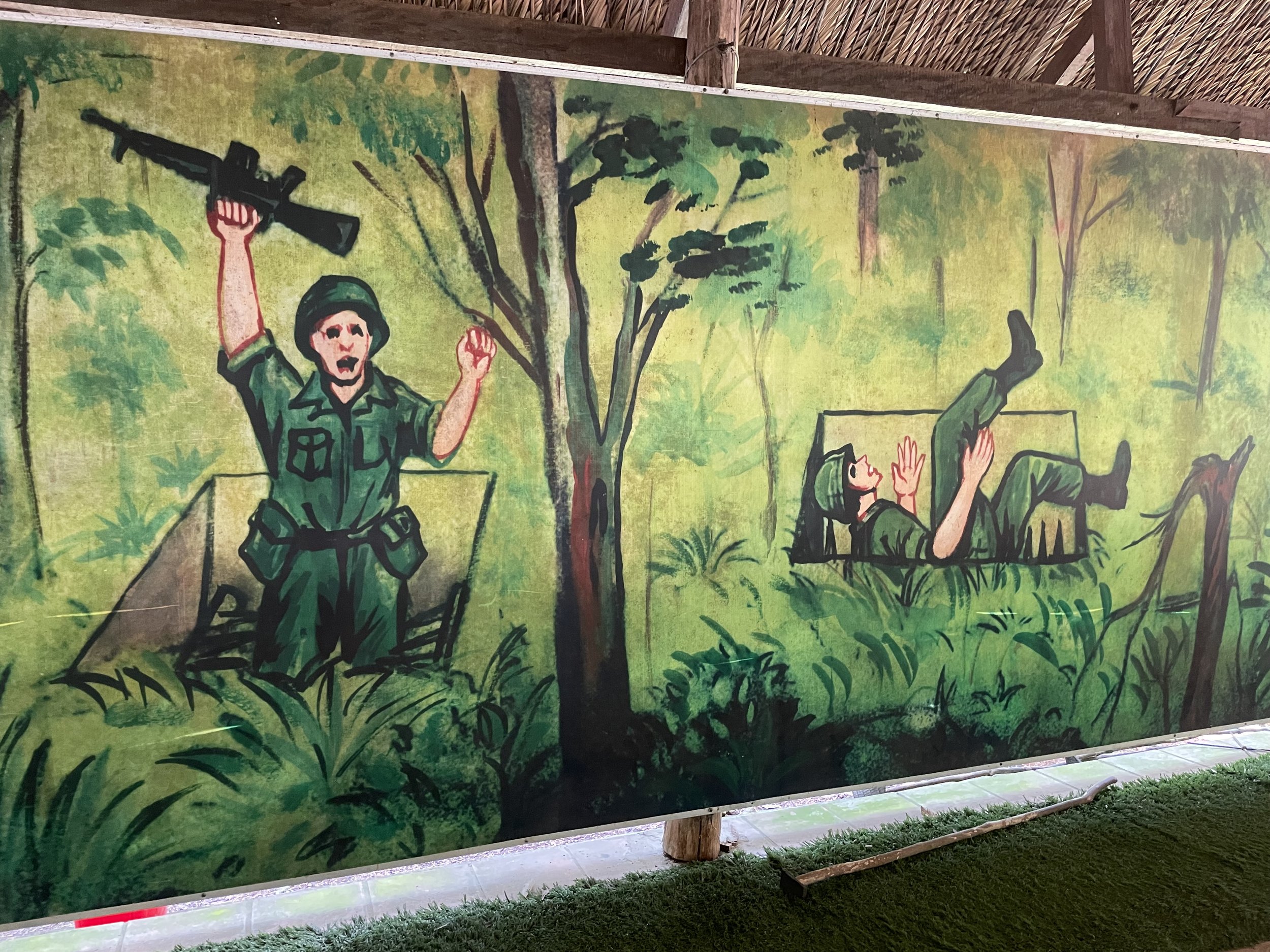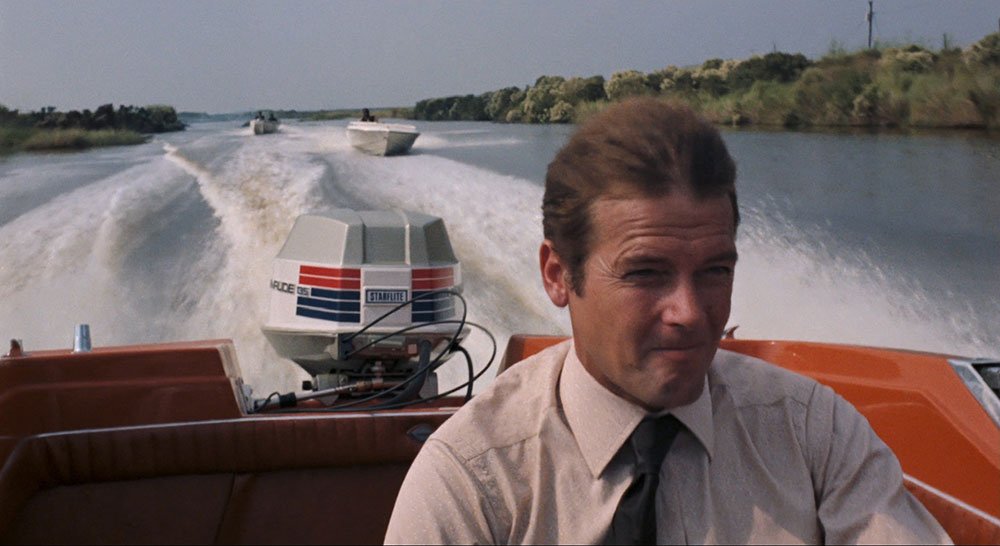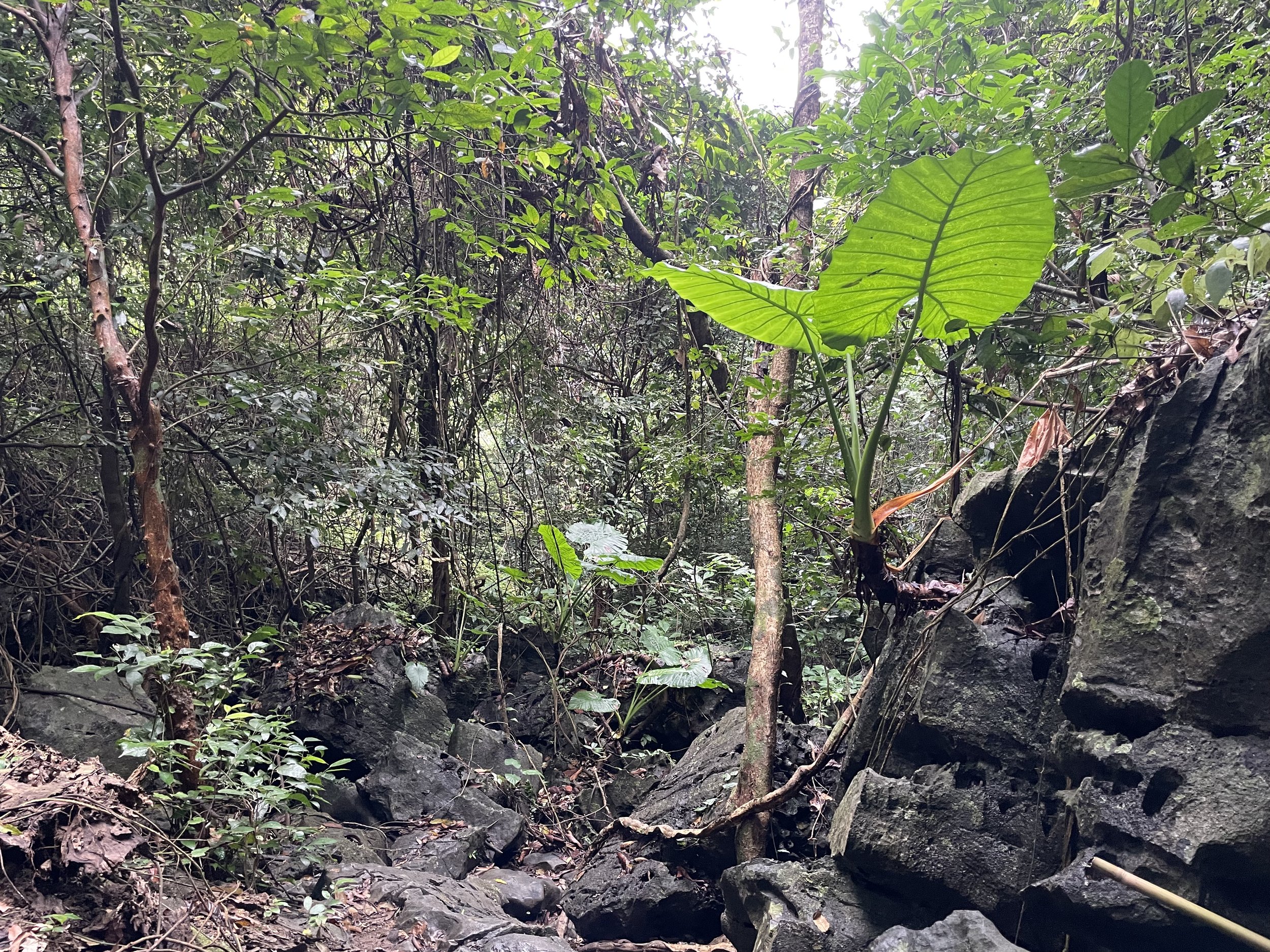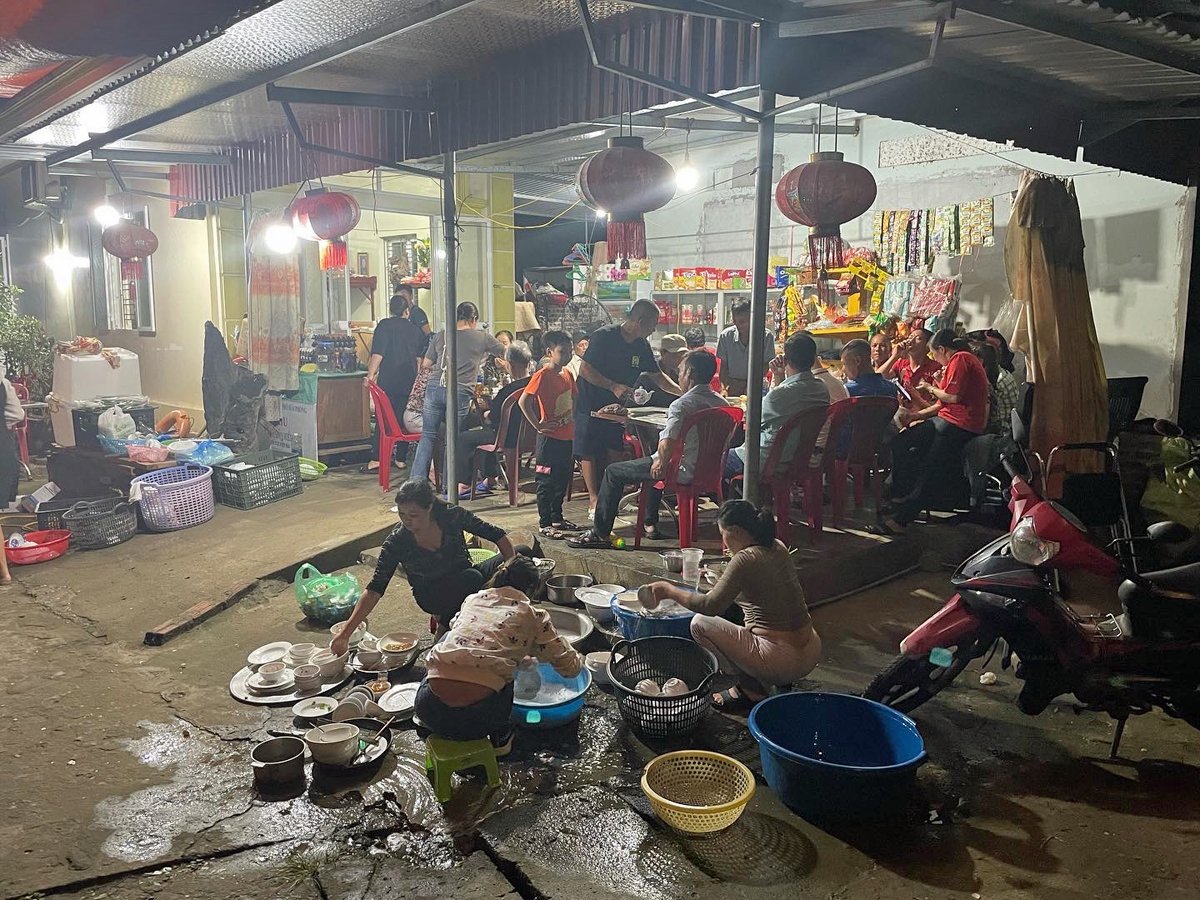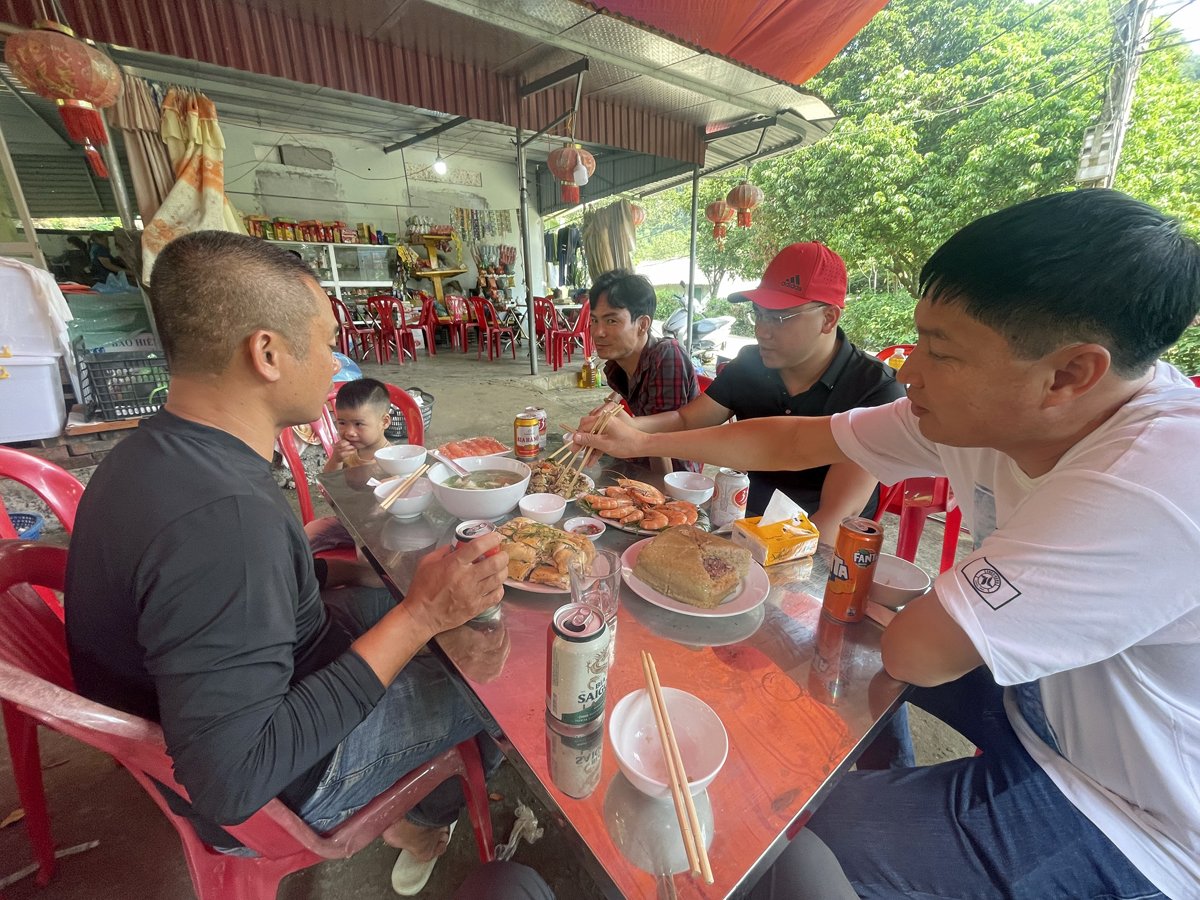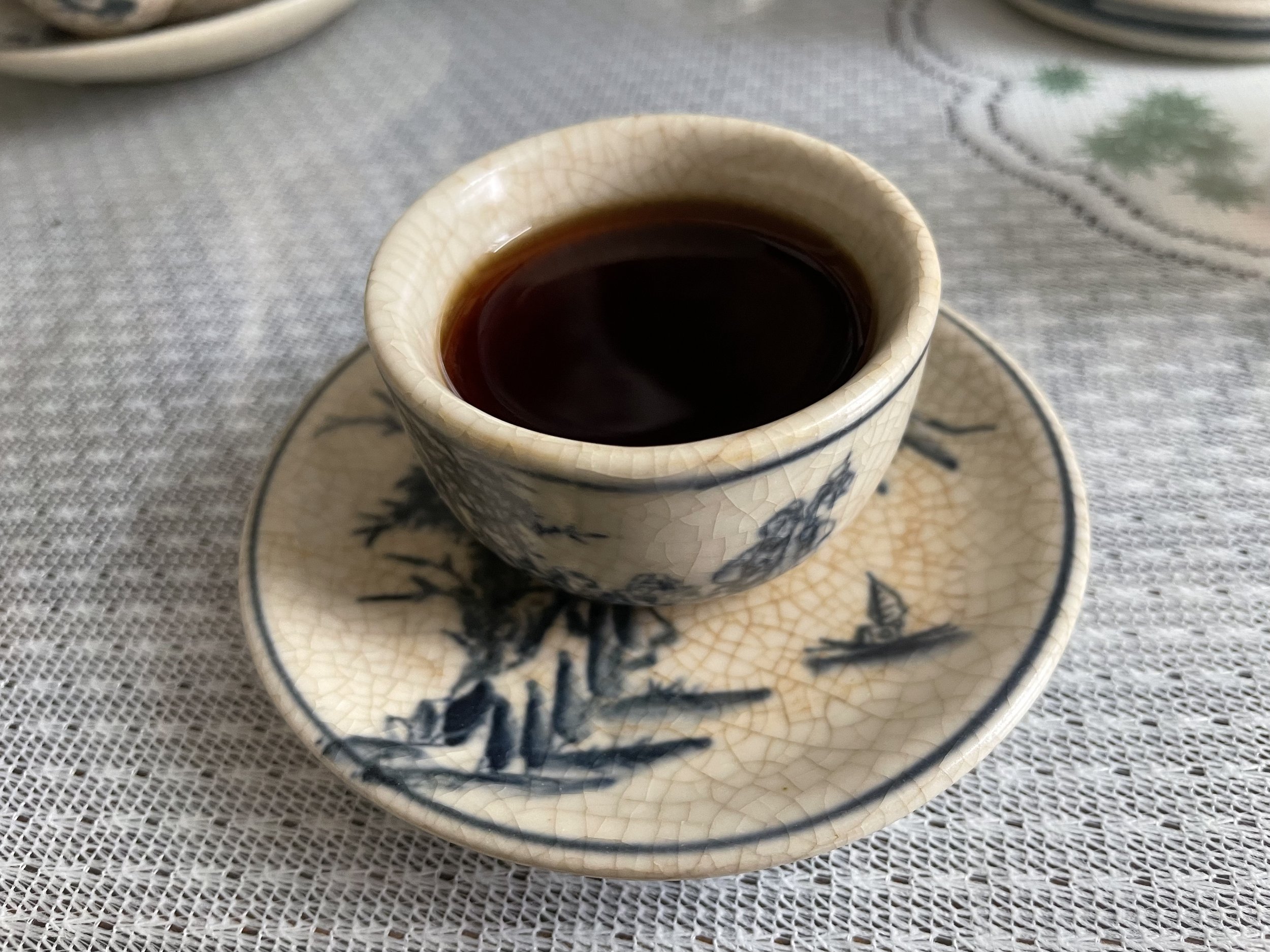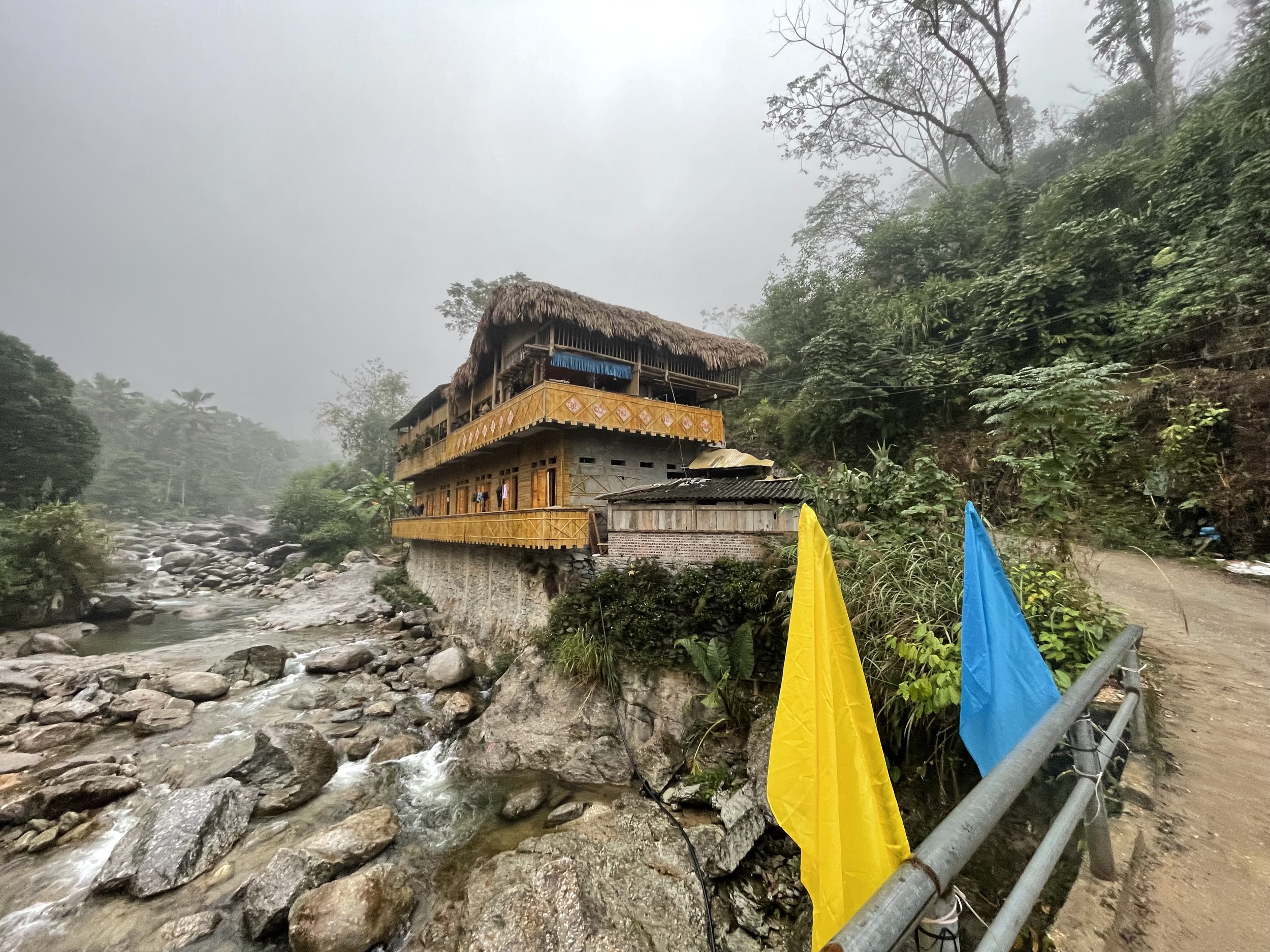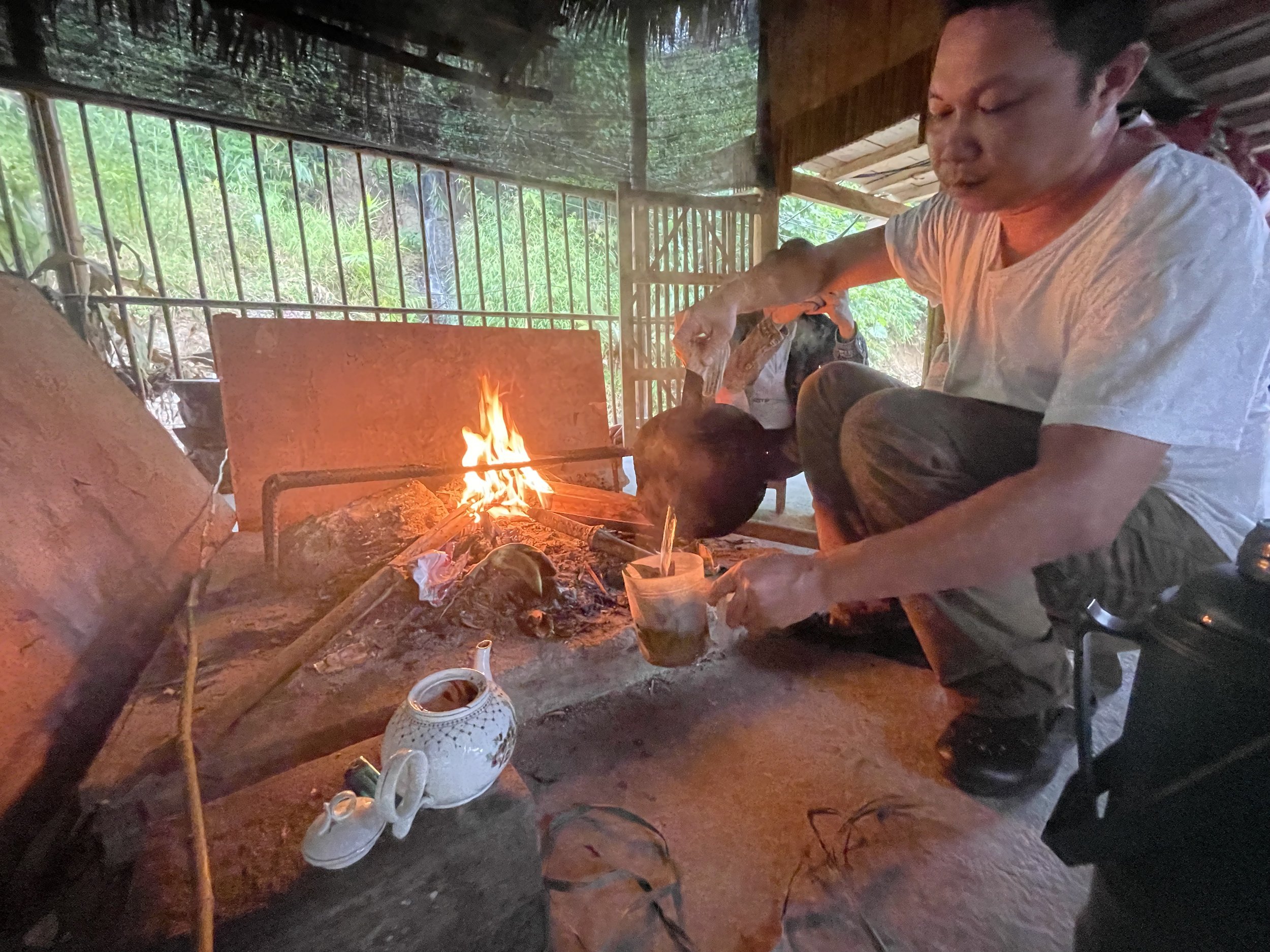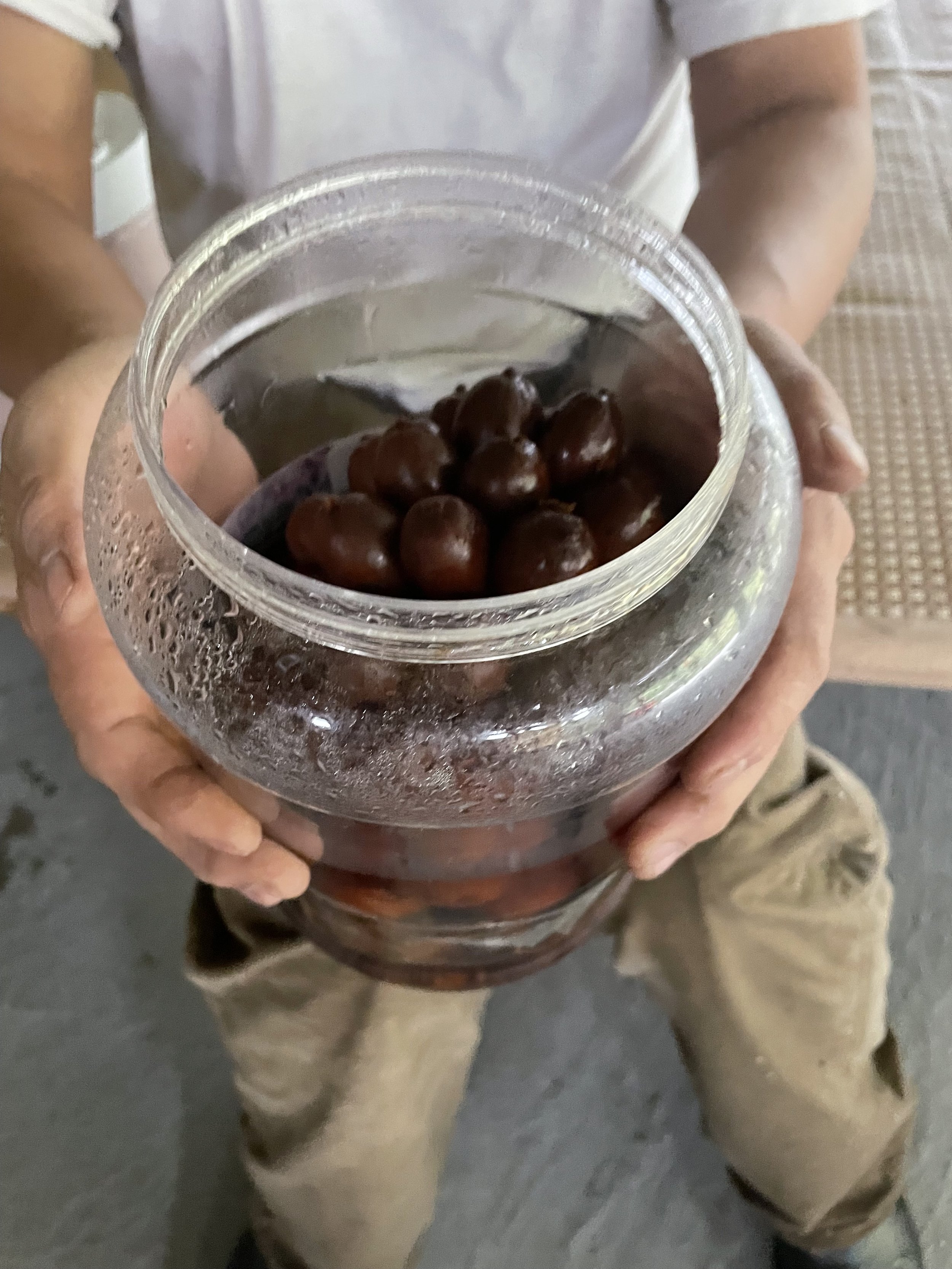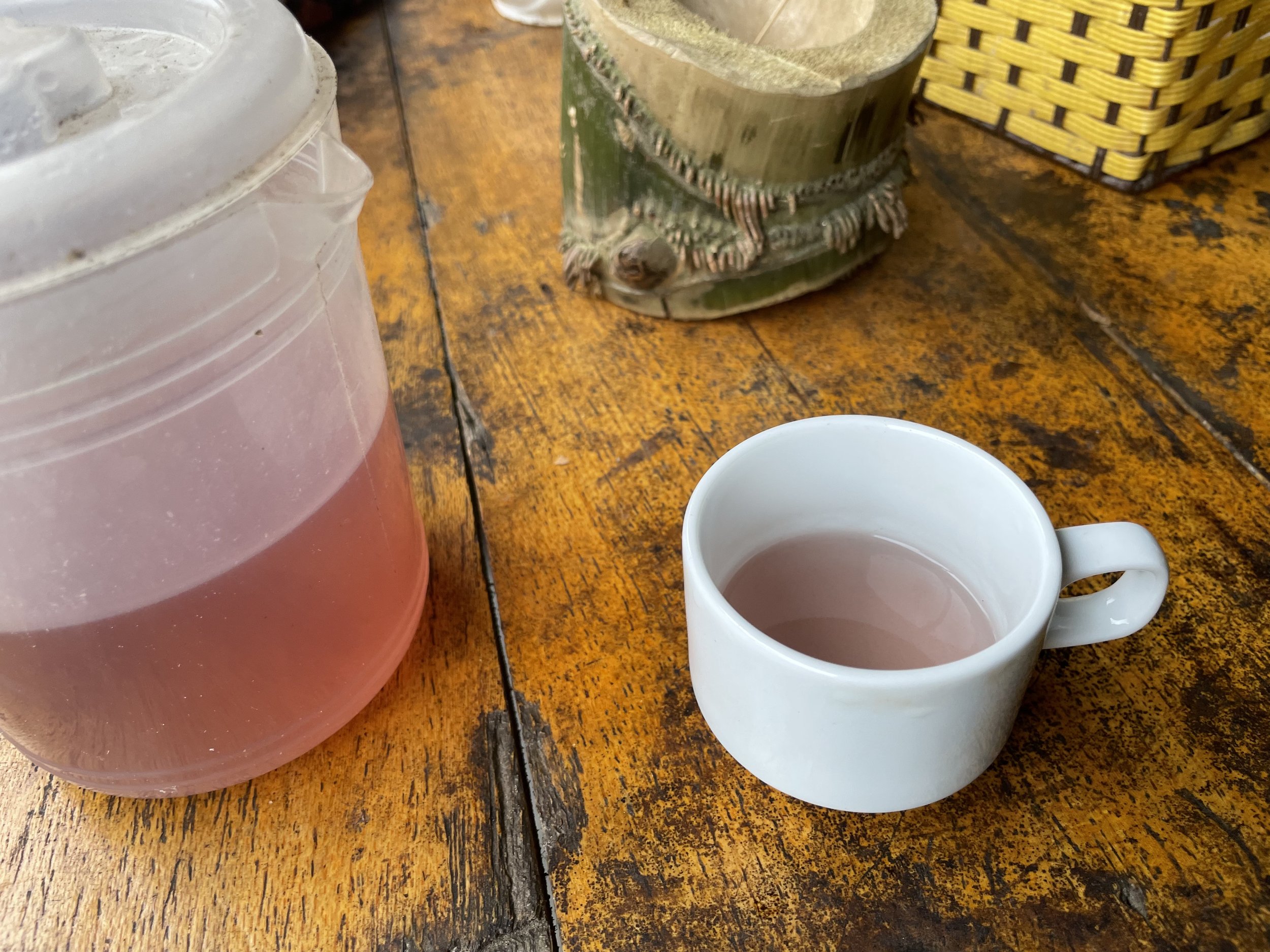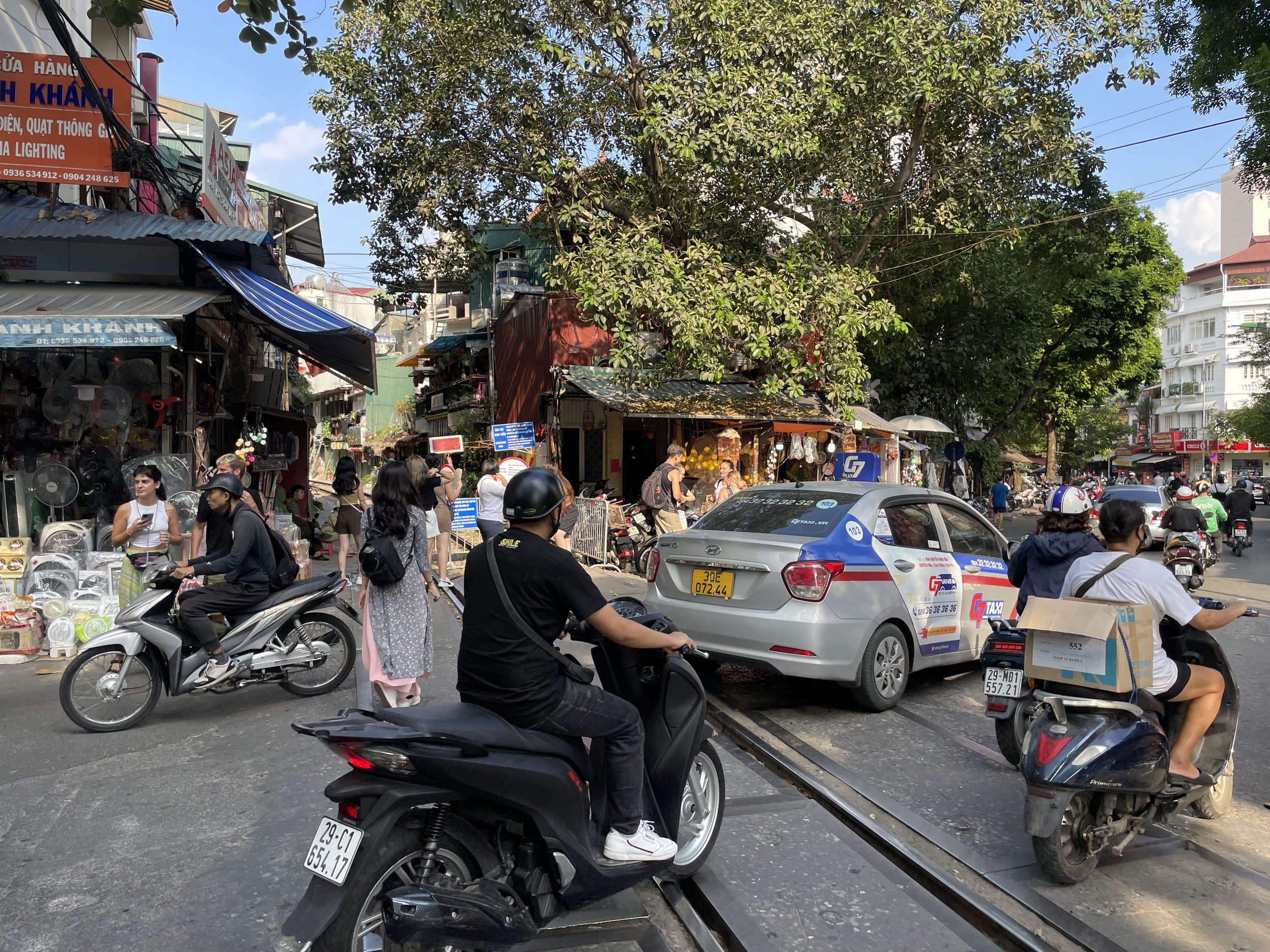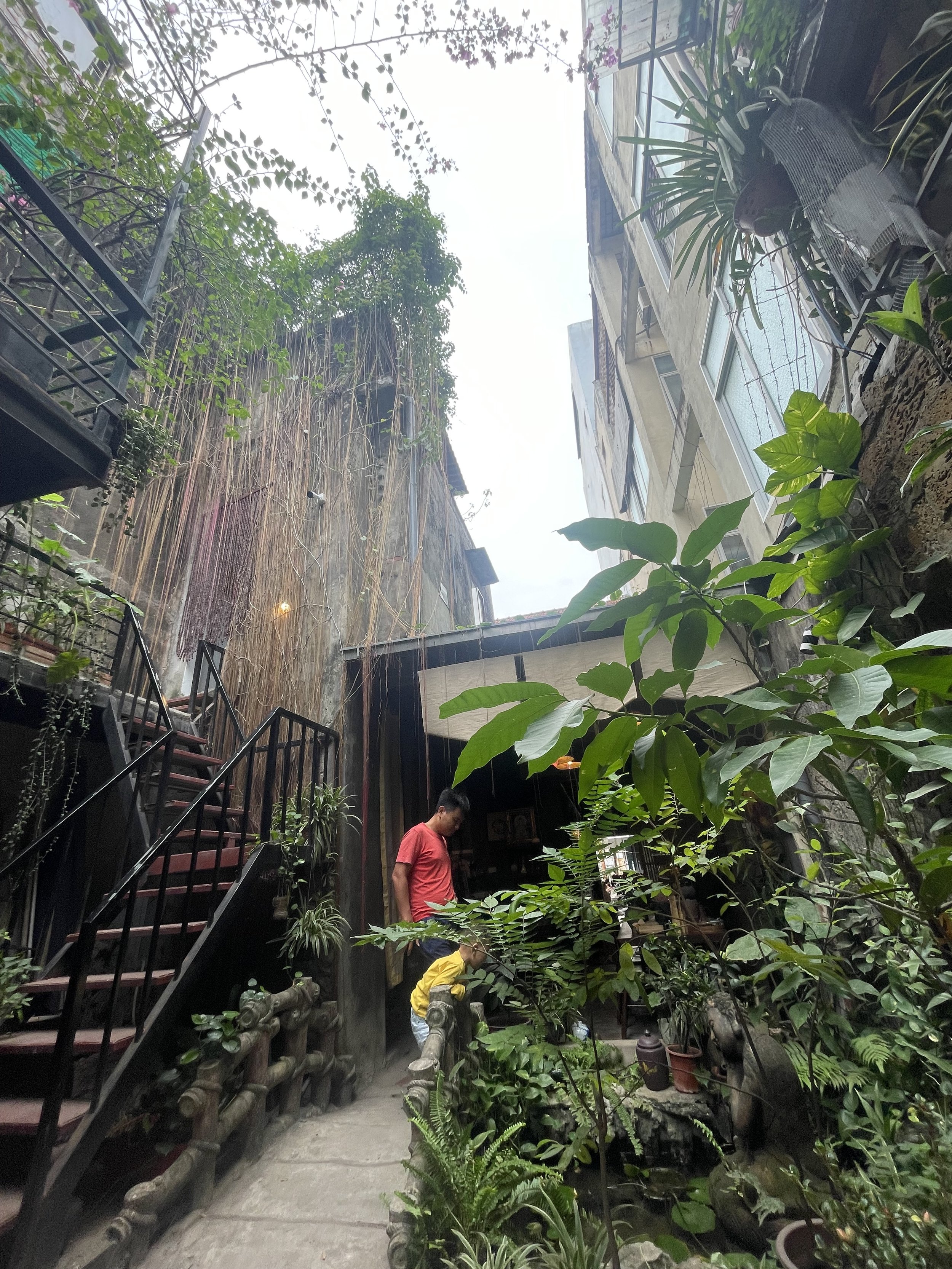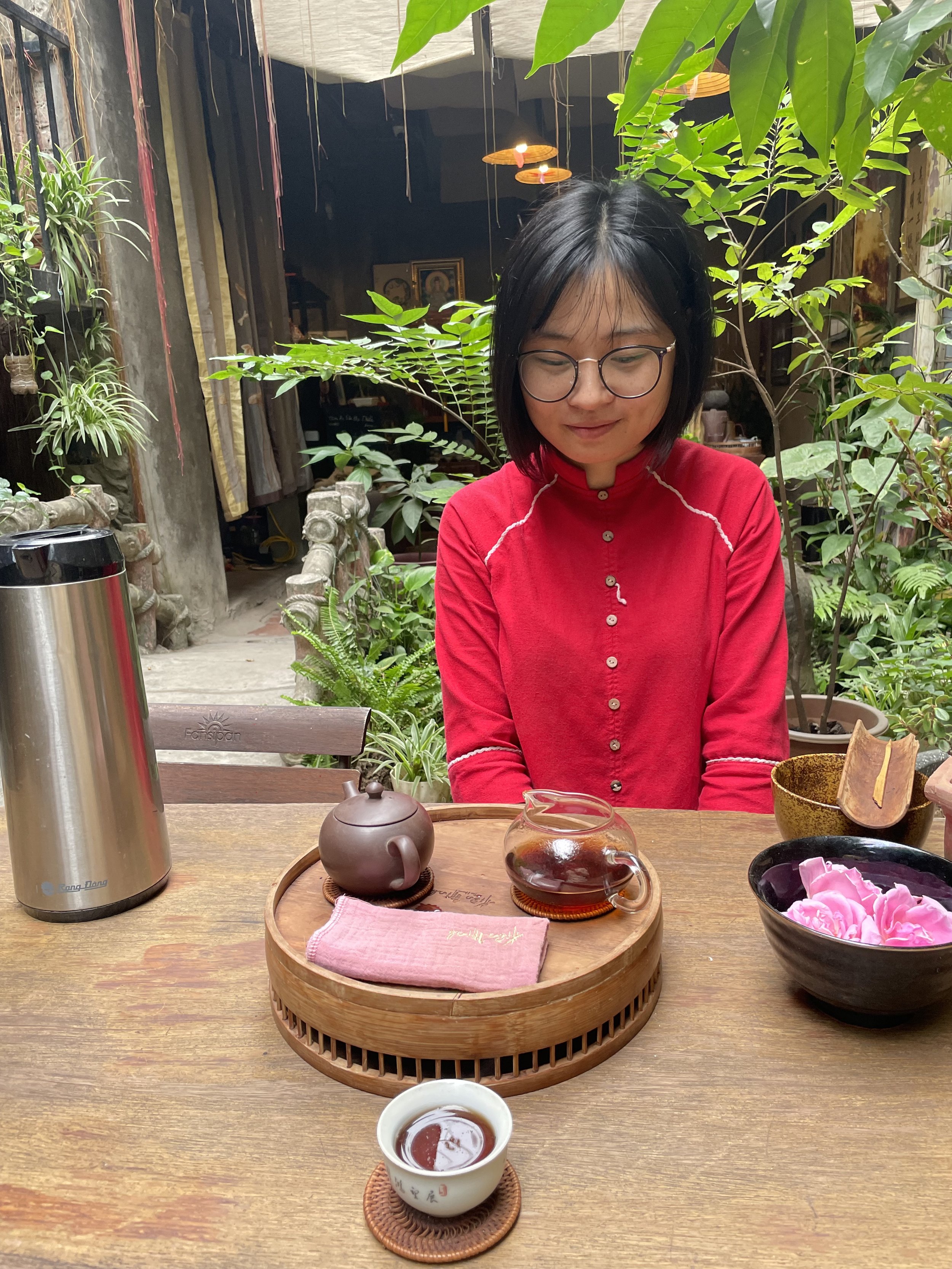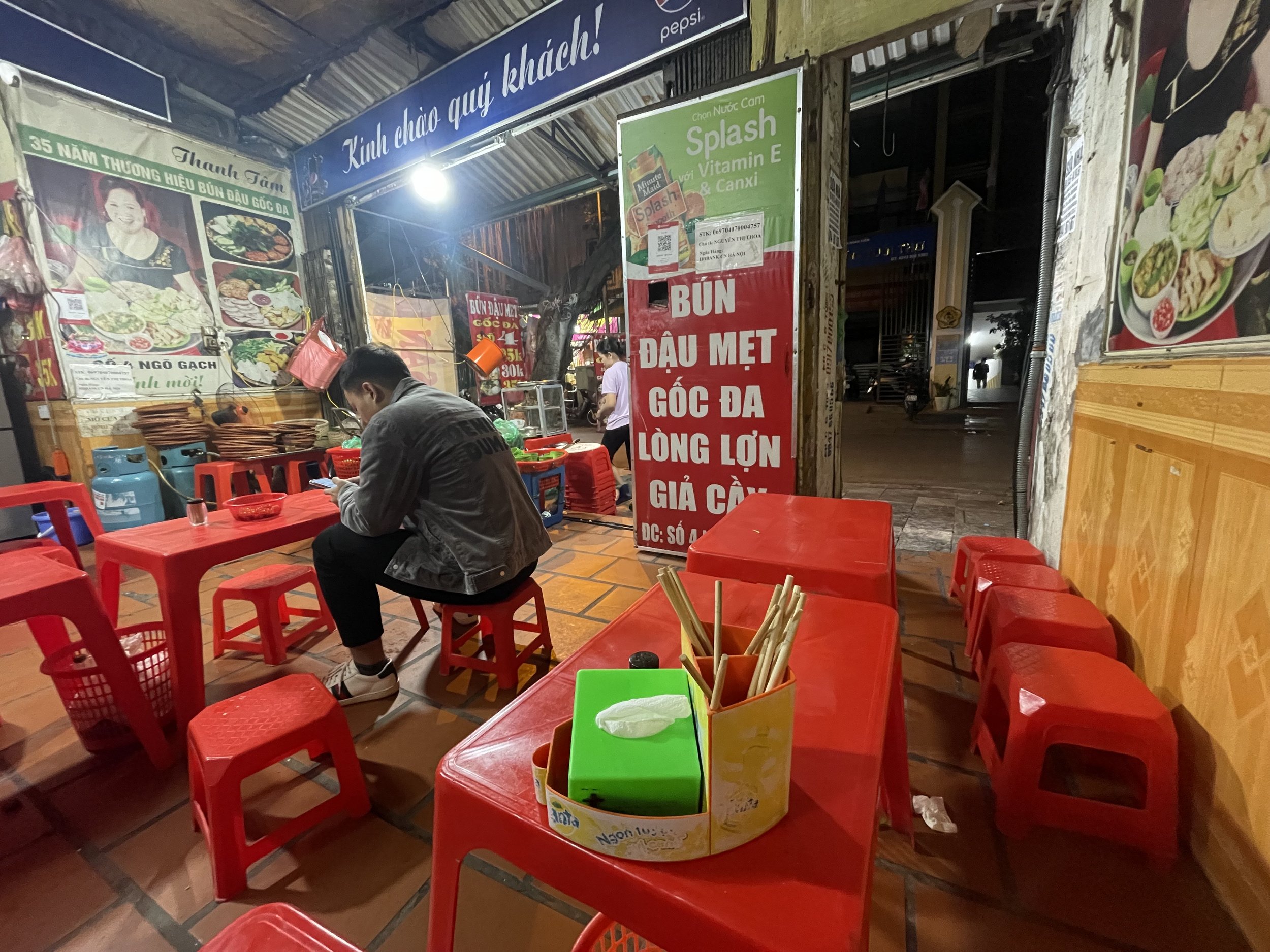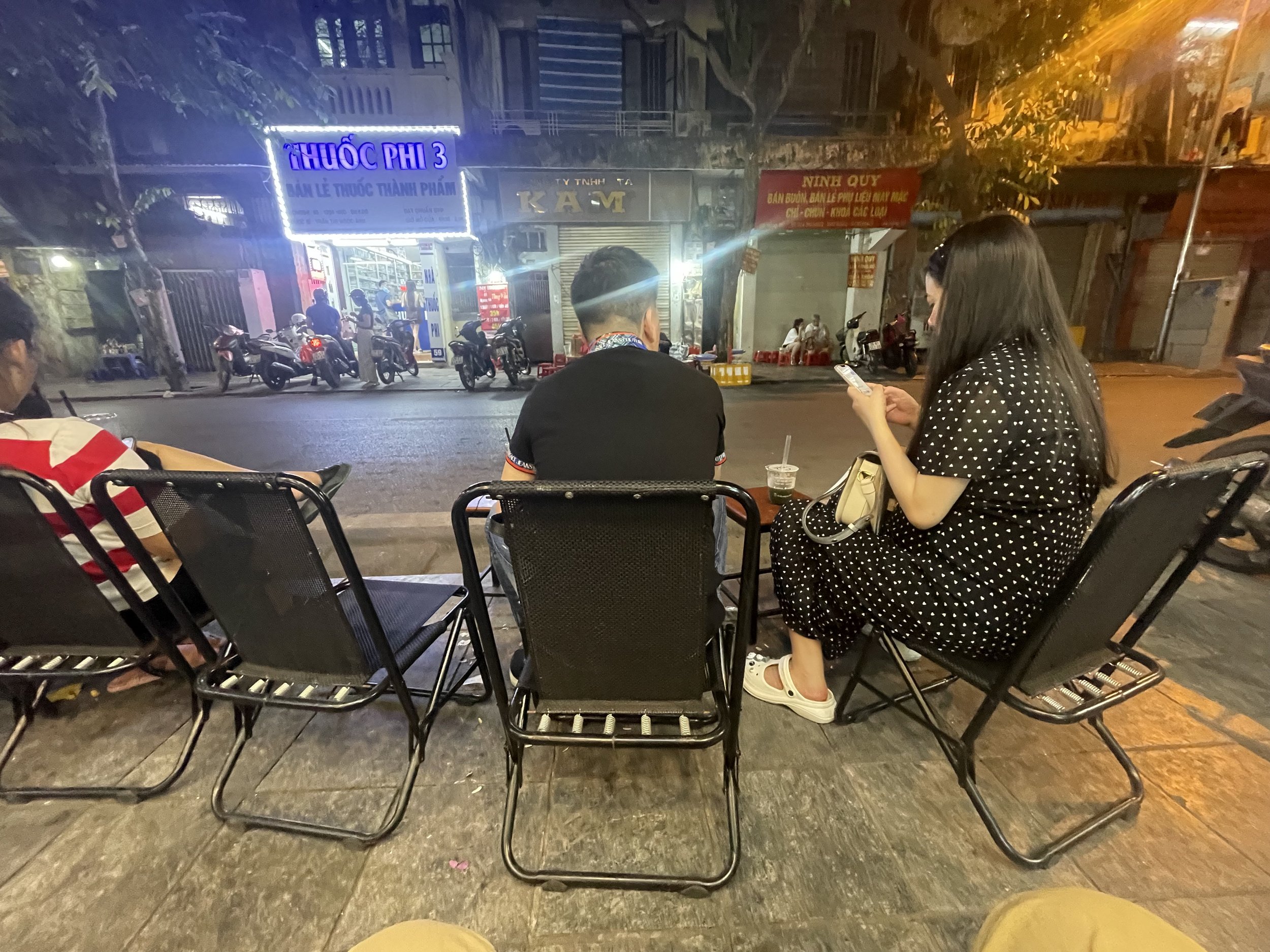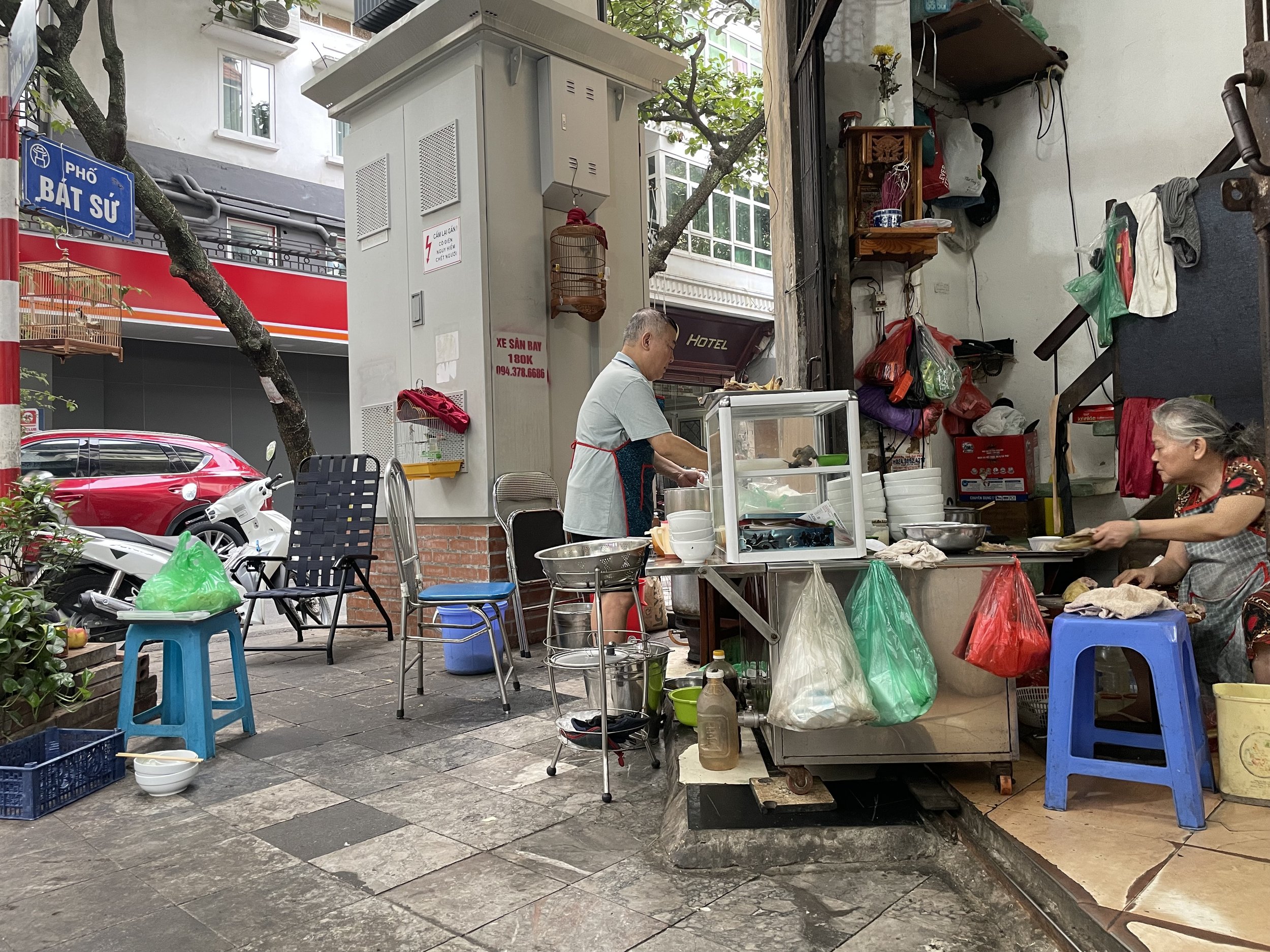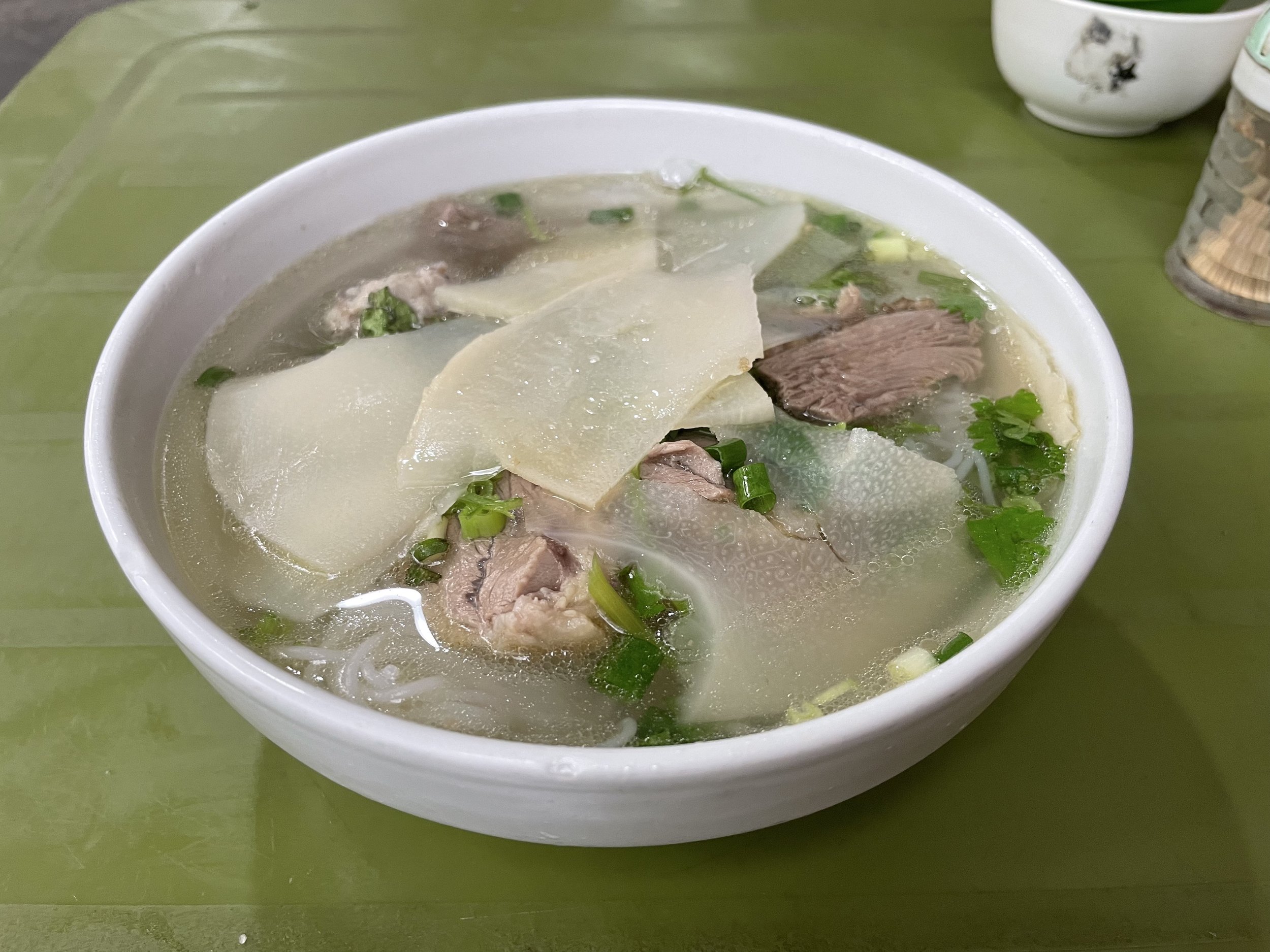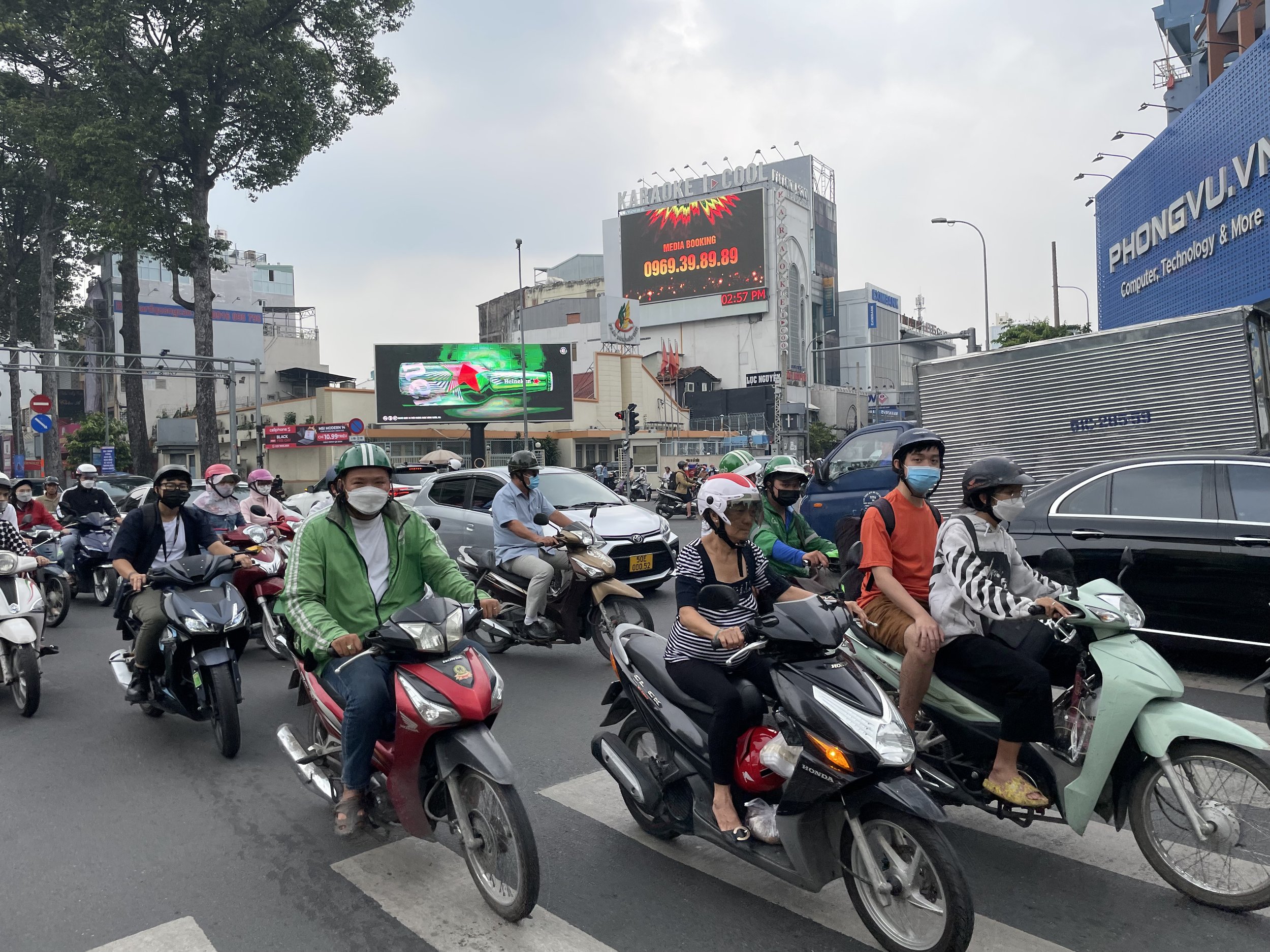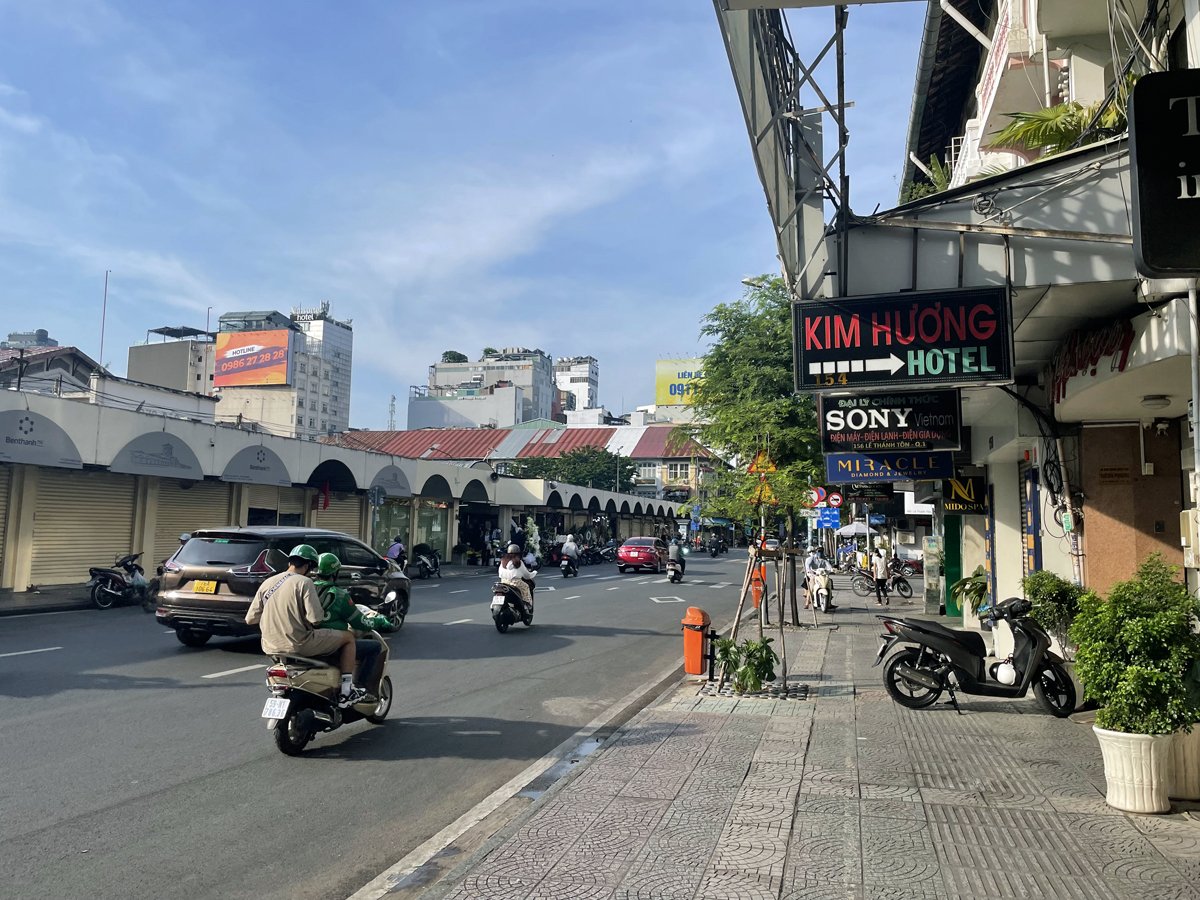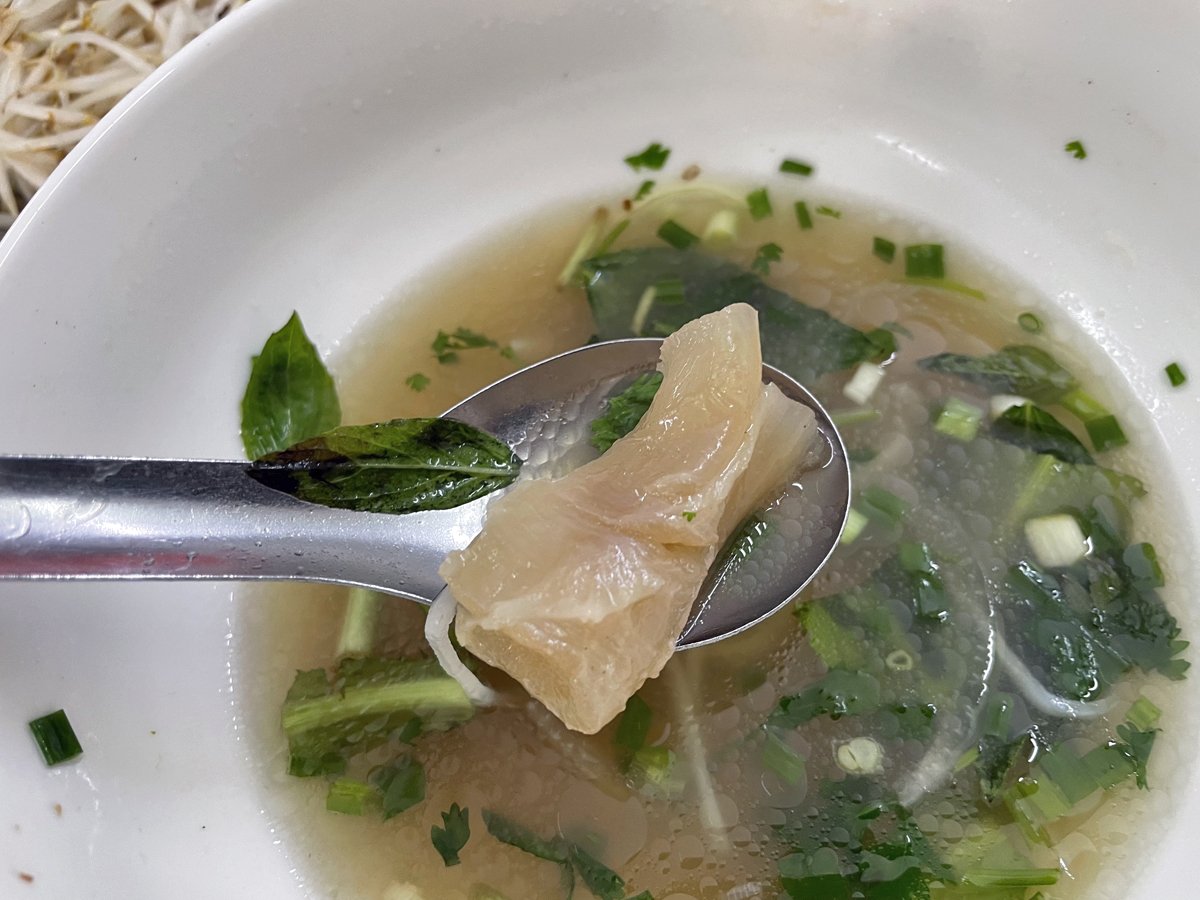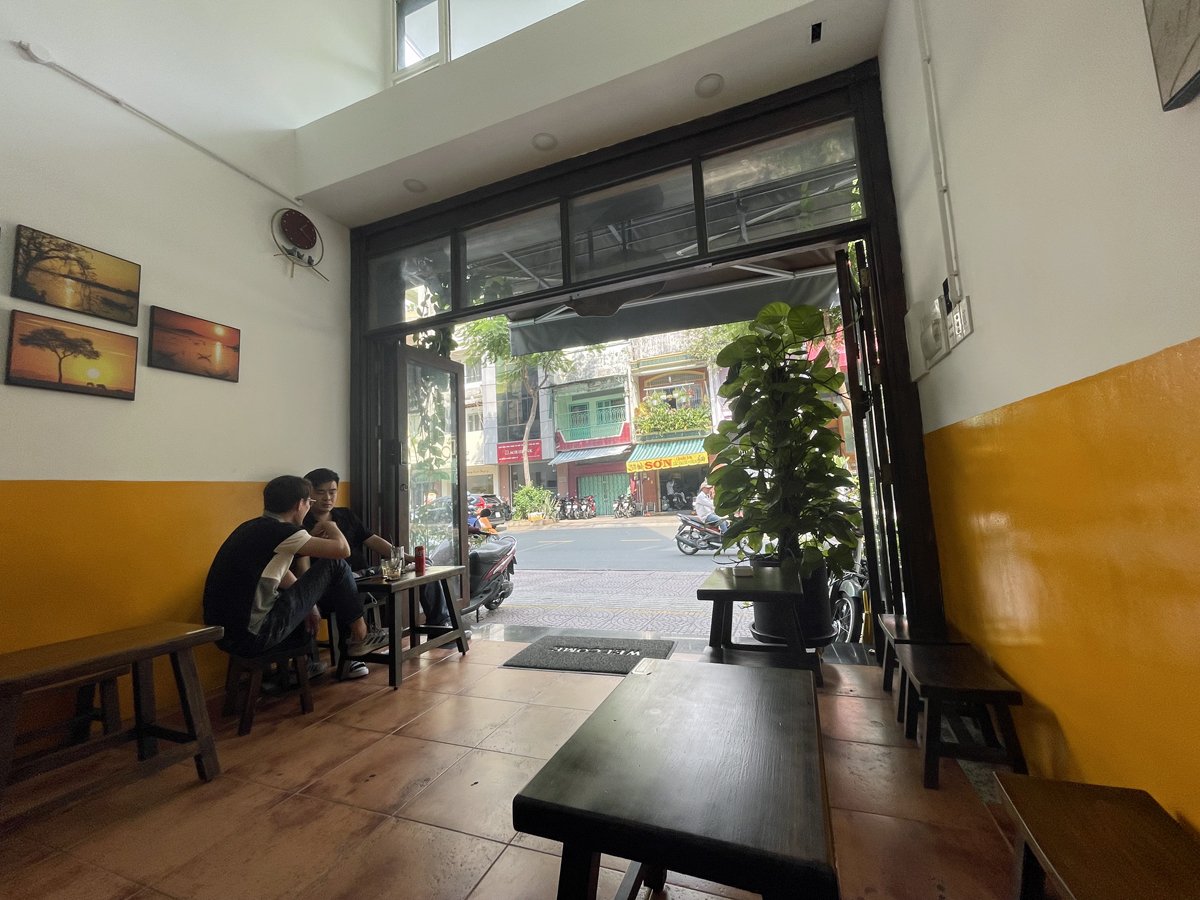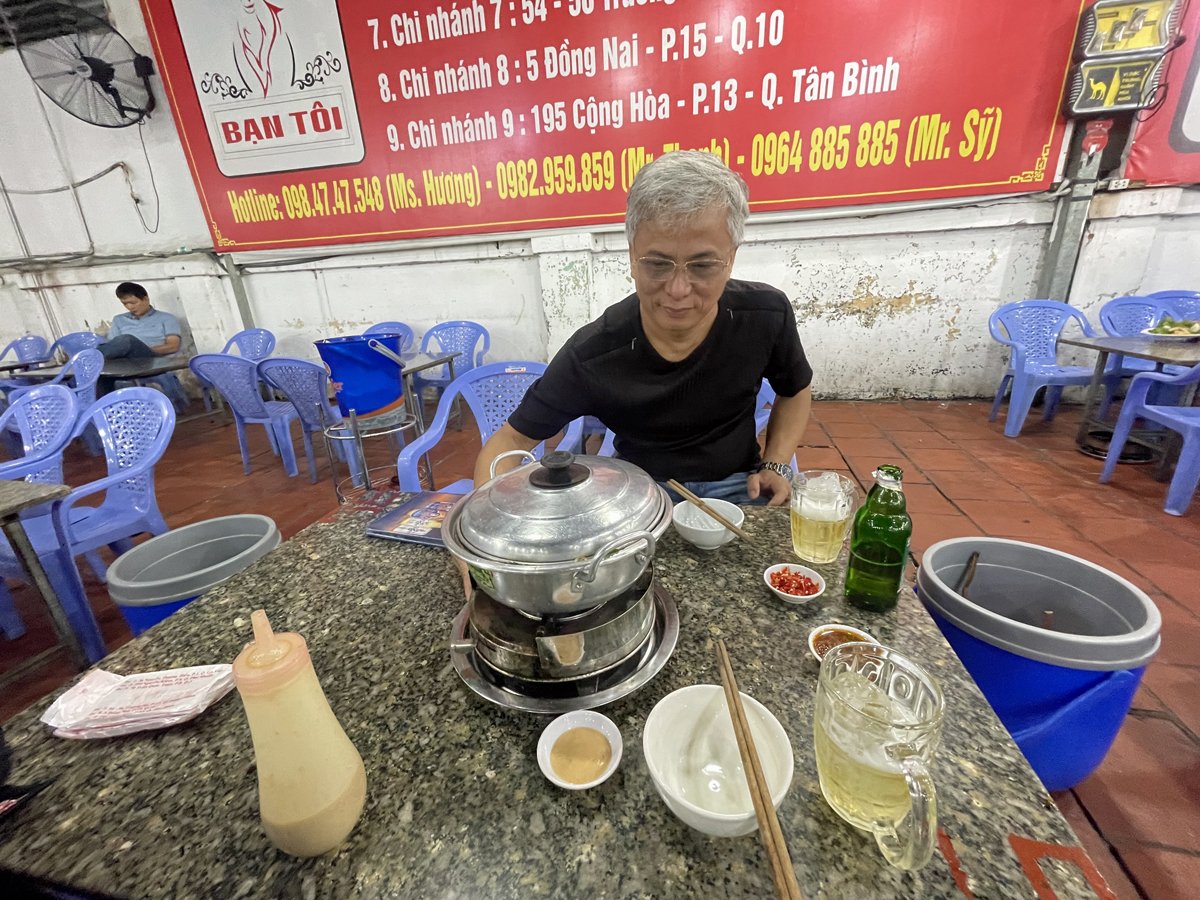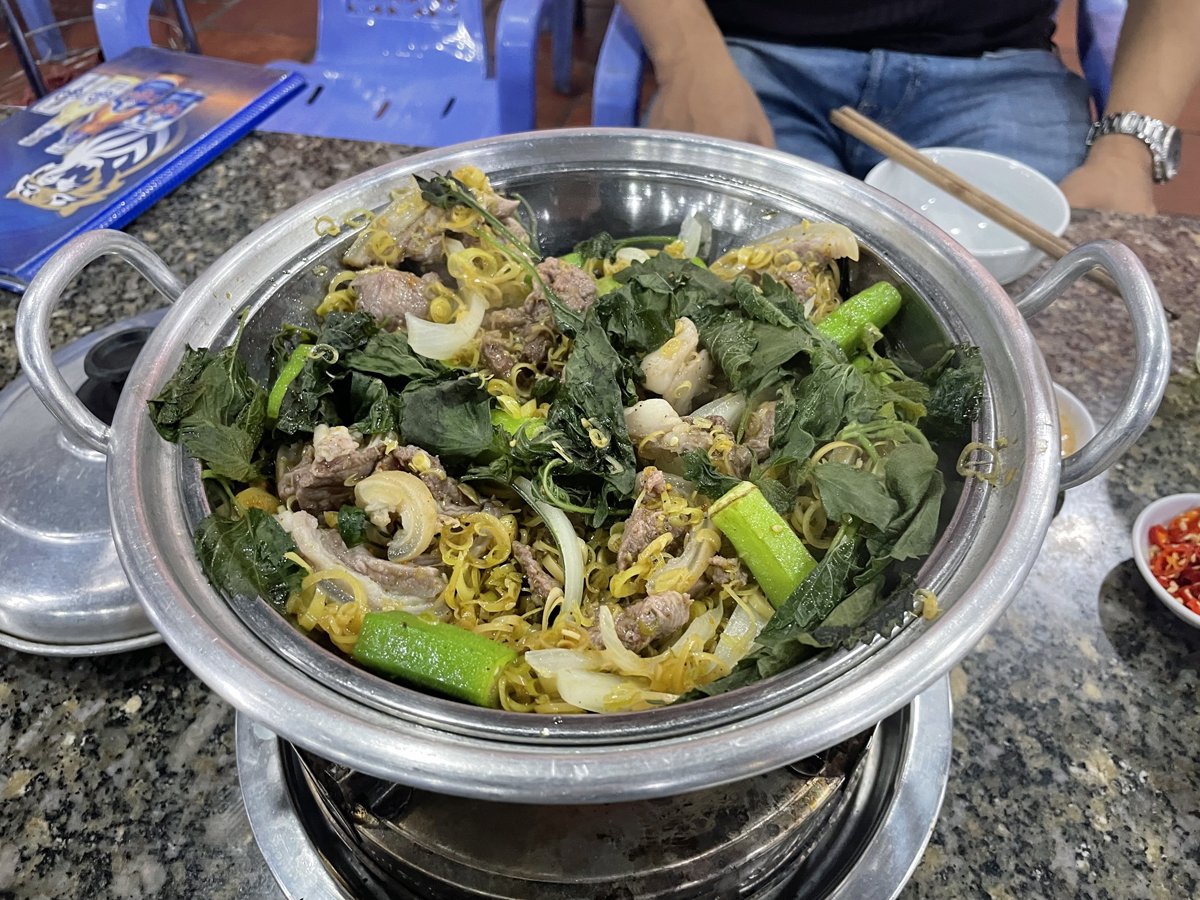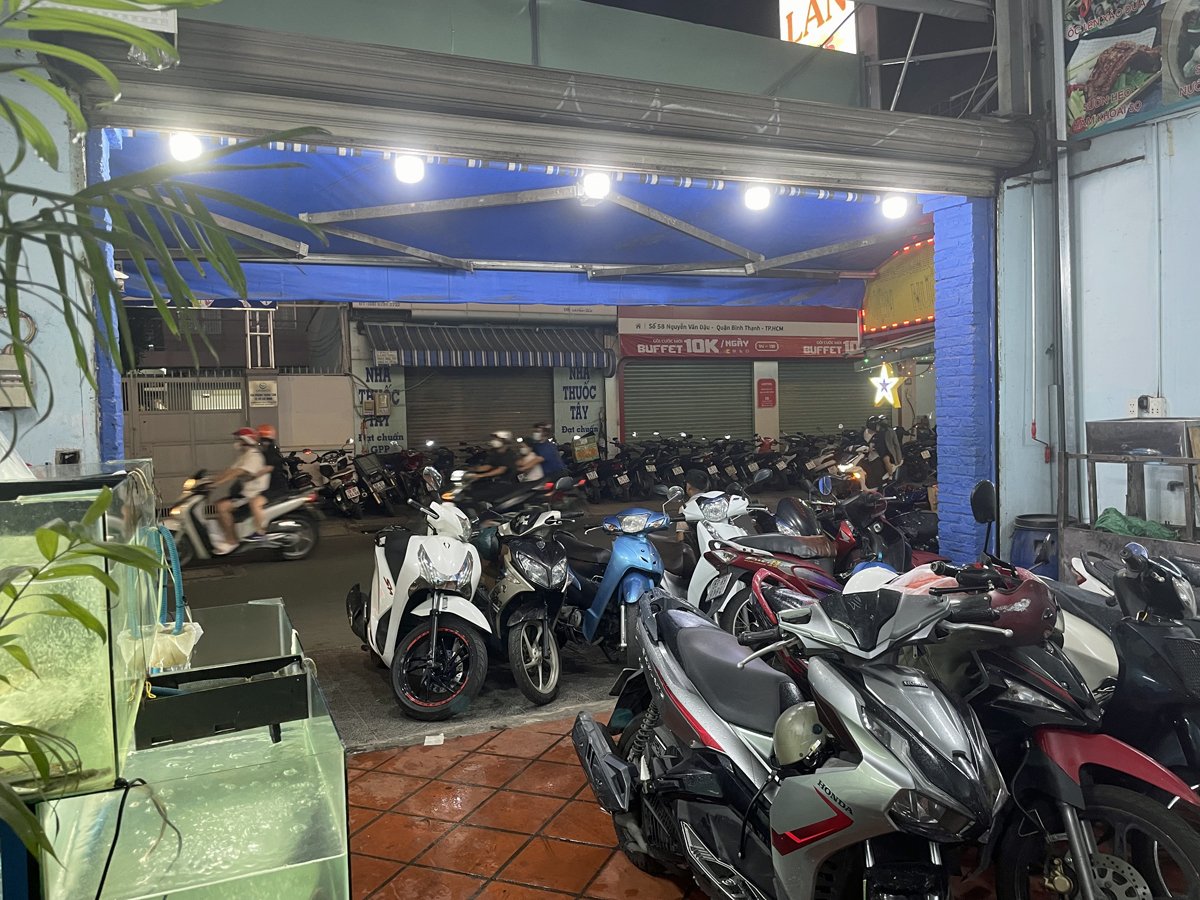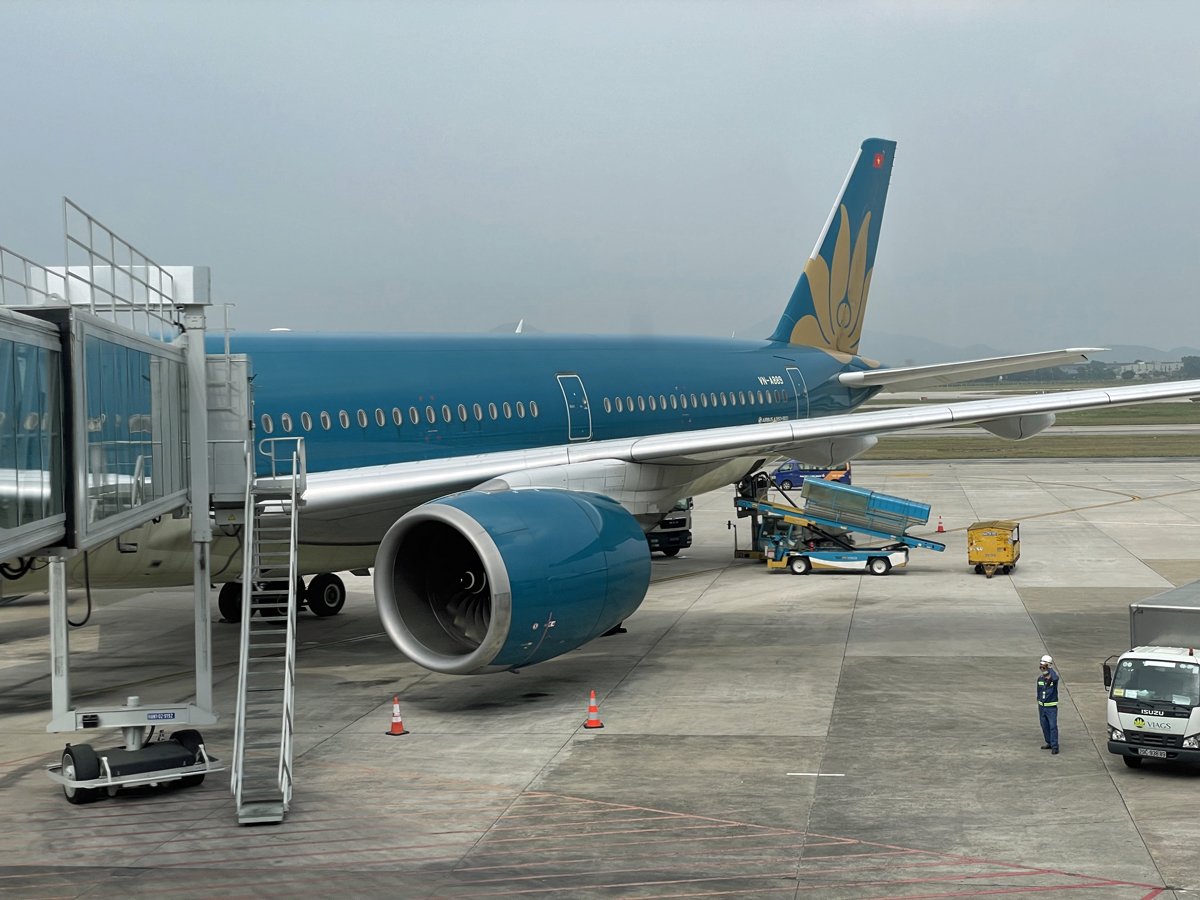Portland, Port Antonio
After visiting the Blue Mountains I decided that Port Antonio would be a good place to spend a few days. When I booked my hotel I didn't realise I booked a hotel near Boston Beach, almost half an hour by car from Port Antonio. Luckily both are on the coastal highway and it is one of the main taxi routes. The hotel was another homestay owned by an Italian guy who married a Jamaican. Both were very welcoming.
The man who drove me from the mountains to Port Antonio claimed to be a maroon and he even had a more outrageous claim: he could command the voodoo of the coconut.
It didn’t become clear what voodoo powers were enshrined in the coconut. He was not so lucky when playing cards when we made a short stop for a Red Stripe beer. He lost a few thousand Jamaican dollars within minutes and blamed “different rules” of the game up in the mountains. When we arrived in Port Antonio he overcharged me. By then I already decided that my photo of him playing cards was worth the extra money. I advised him to be careful for the power of the coconut.
Port Antonio
The capital of Portland predates the British rule of Jamaica. The Spanish called the port Puerto Anton. Henry Bentinck, 1st Duke of Portland, decided in the early 18th century that the city would become a naval stronghold. A fort had to protect the settlers from attacks of the Spanish from the sea and the Maroons from the mountains. But it was in the 1880s that the town started booming when banana boats dropped off wealthy American tourists.
Fish N Rundung
I first had to find breakfast in Port Antonio. After walking around for a while I found a small place with Fish ‘n’ Rundung on the menu for a 1.000 dollars (6 euro). Rundung is Jamaica for any food cooked down (‘run down’) in coconut milk. So fish ‘n’ rundung is a piece of fish simmered down in coconut milk. I’m pretty sure the fish I had was fried before the simmering proces. It was served with cooked banana, stewed vegetables, fried dumpling and some fritters.
By the time I finished my breakfast they wiped Fish n Rundung from the menu. Apparently I had the last Fish n Rundung of the day.
Port Antonio has a population of just 13.000. It just takes an hour to walk the town and there is not much to see. There is a small harbour for yachts but the only building is off limits for the general public. You need to own an expensive yacht to be able to drink a coffee in the building.
In Port Antonio I found refuge in a small Ital restaurant with a view towards the sea, which gave me peace and quiet from the busy road. I asked for a natural juice and the patron picked a bunch of guave fruits from a tree and returned after ten minutes with a glass of freshly make guave juice.
The blessings of travelling off-season. I was the only customer in the Survival restaurant.
I’m not 100% convinced this is guave, but is is what I remember.
Fresh guave juice.
It was too early for lunch so walked for a couple of hours along the coastal highway to return in the late afternoon.
Kidney breakfast
The next day I went to the same breakfast place. They only had ‘kidney’ on the menu. I wasn’t sure if they meant ‘kidney beans’ or ‘kidney’ as in meat. It was the latter and it was incredibly tasty. The kidney was served with fried dumpling, cooked cassava, banana and pumpkin. Jamaican food is rather basic but when cooked right it is packed with flavour. I never had such a good tasting kidney gravy. I asked to see the cook to thank her in person, which I did.
Next up Nanny of the Maroons






